January 26, 2019
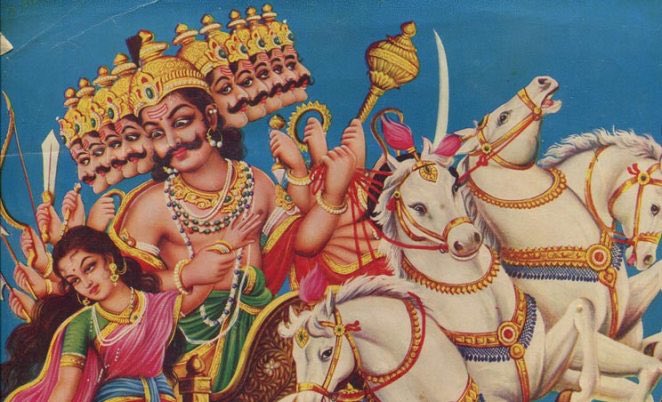
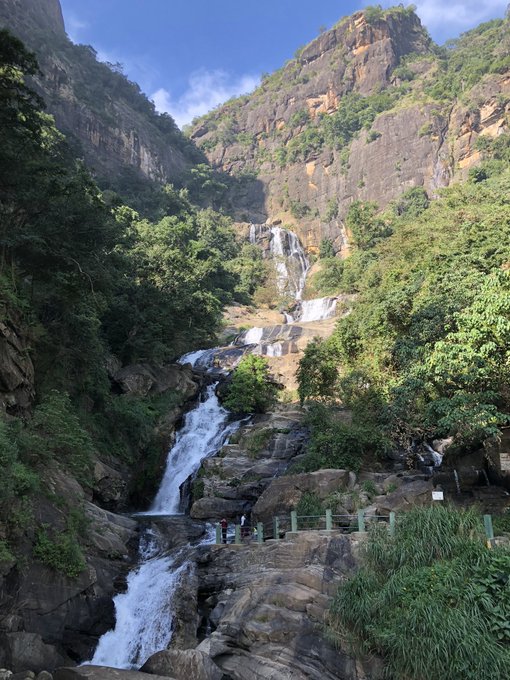
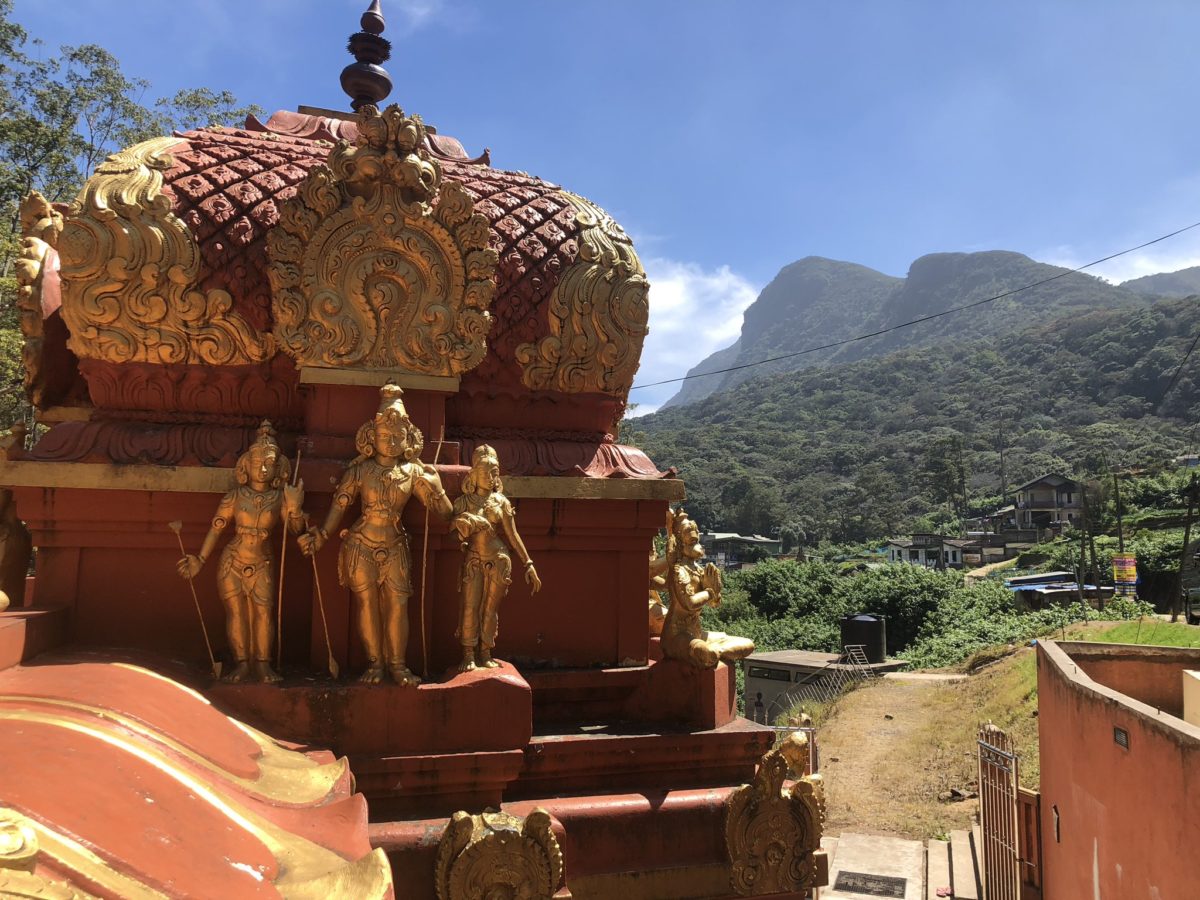
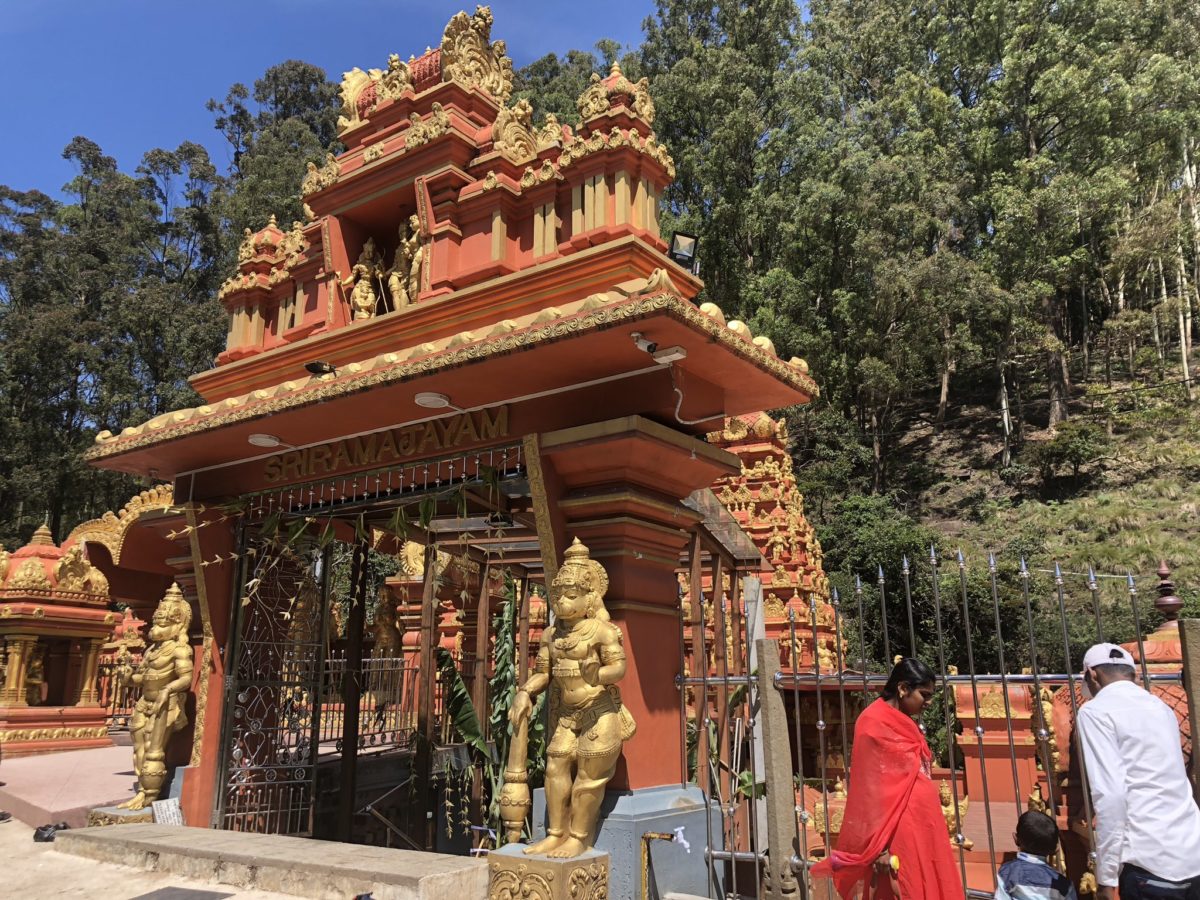
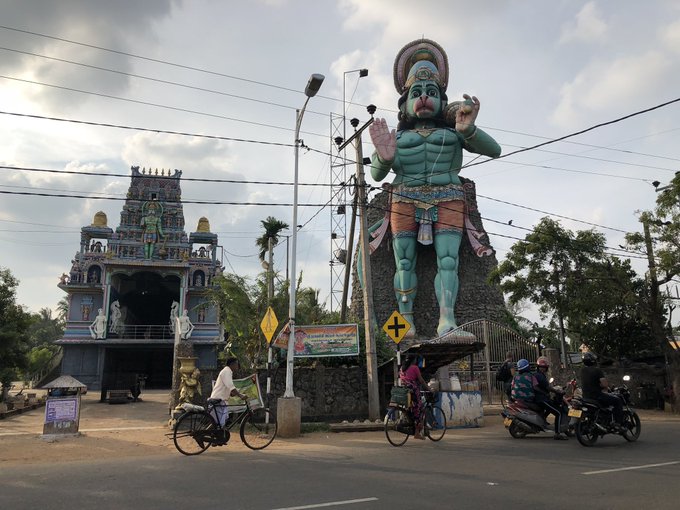
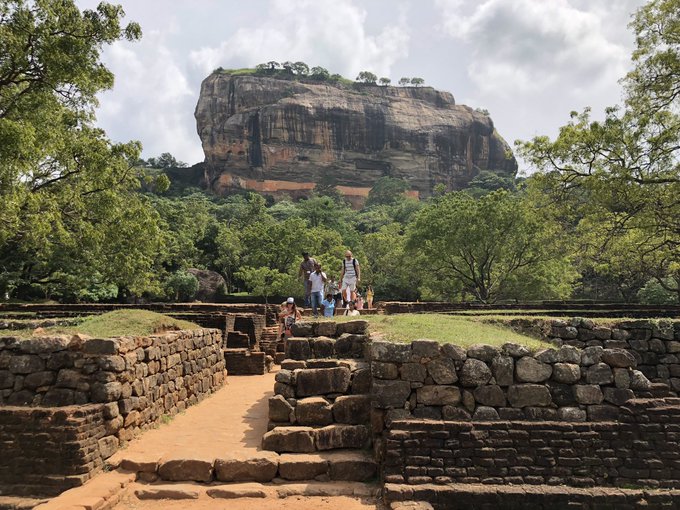
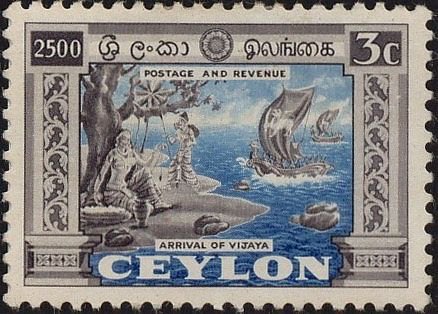
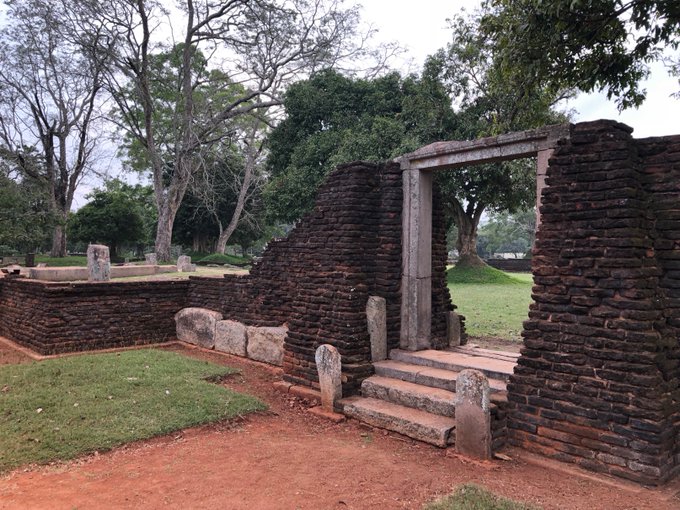
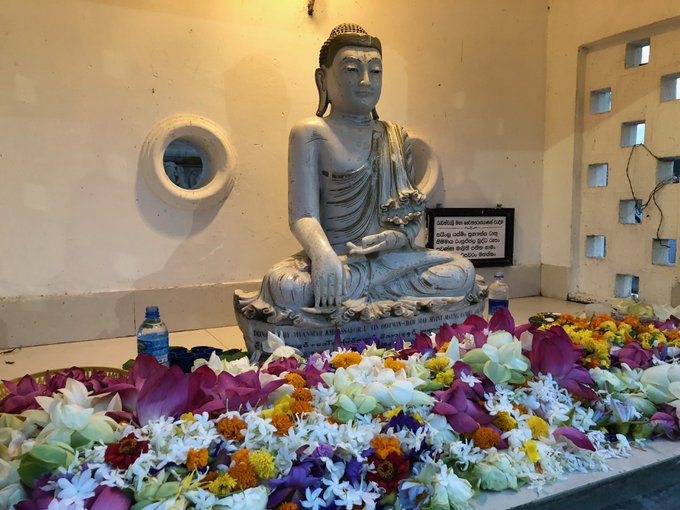
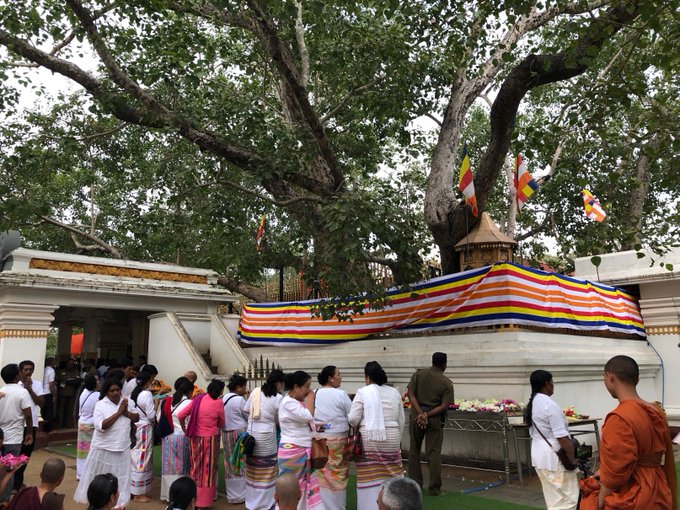
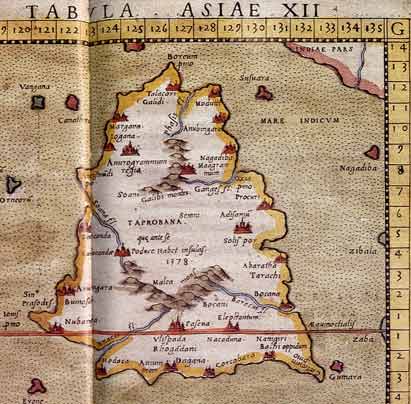
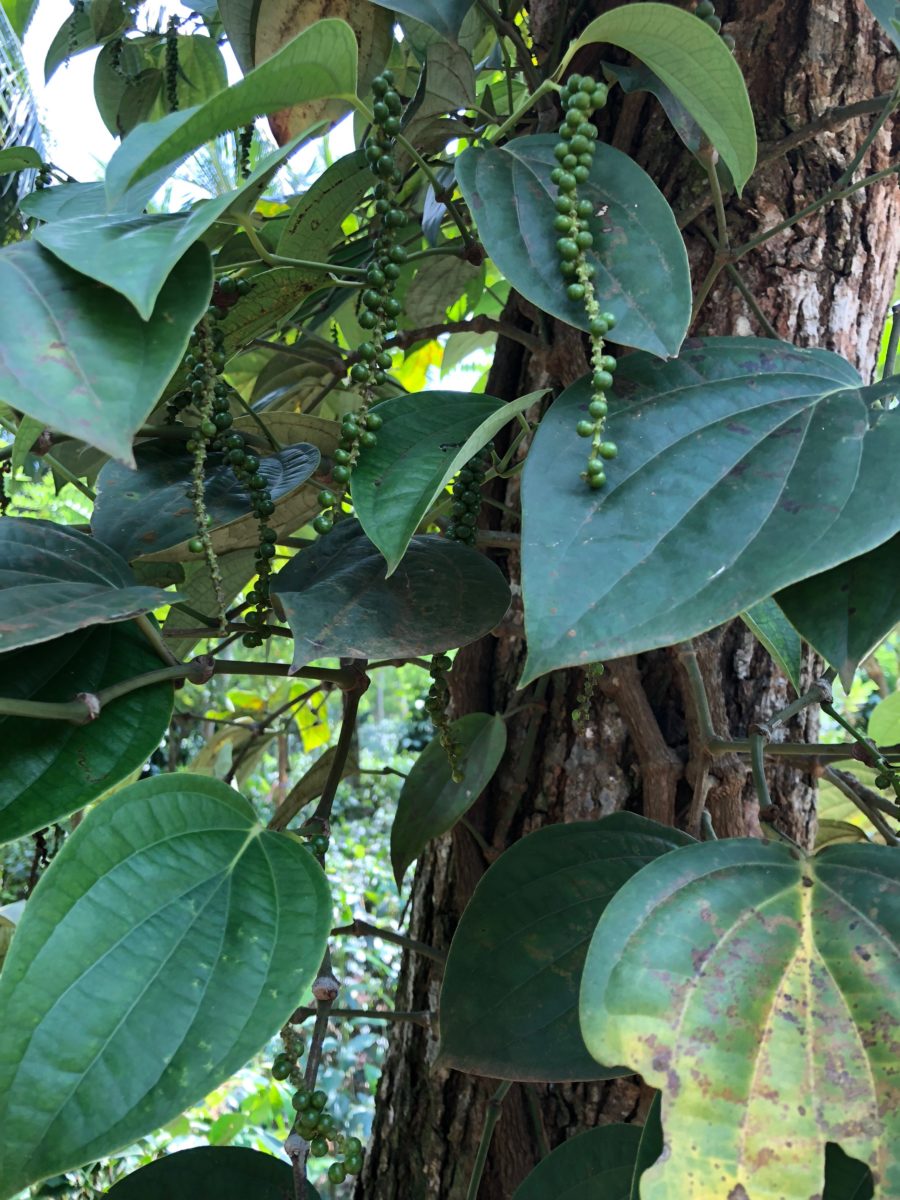
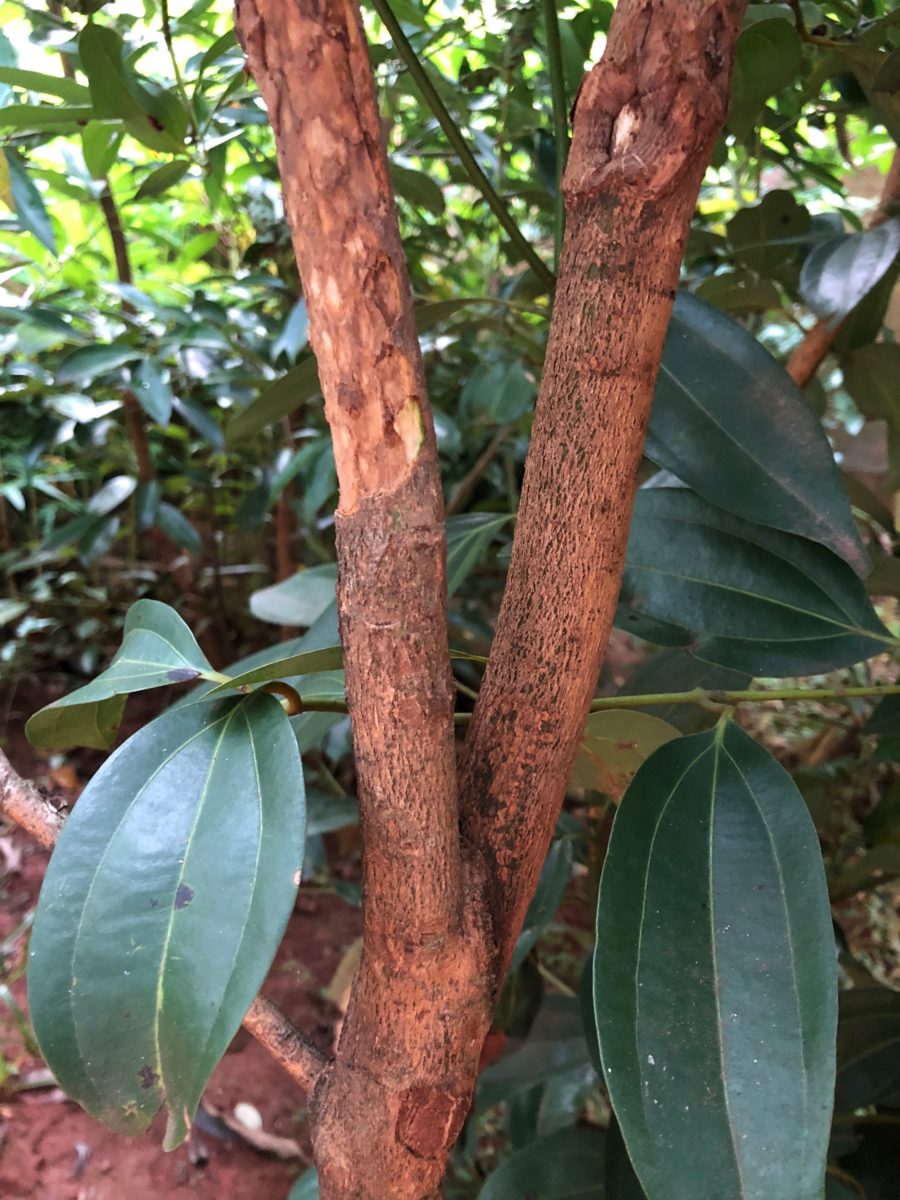
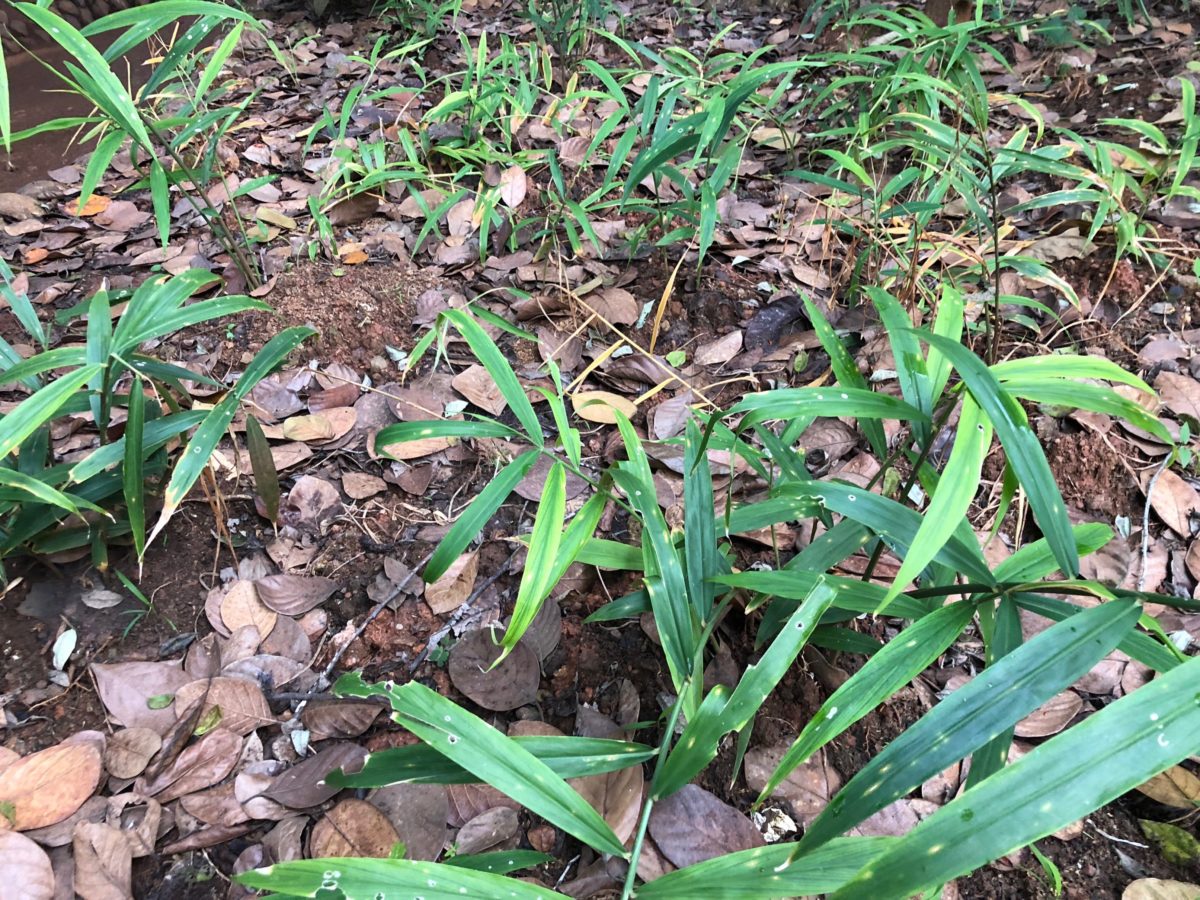
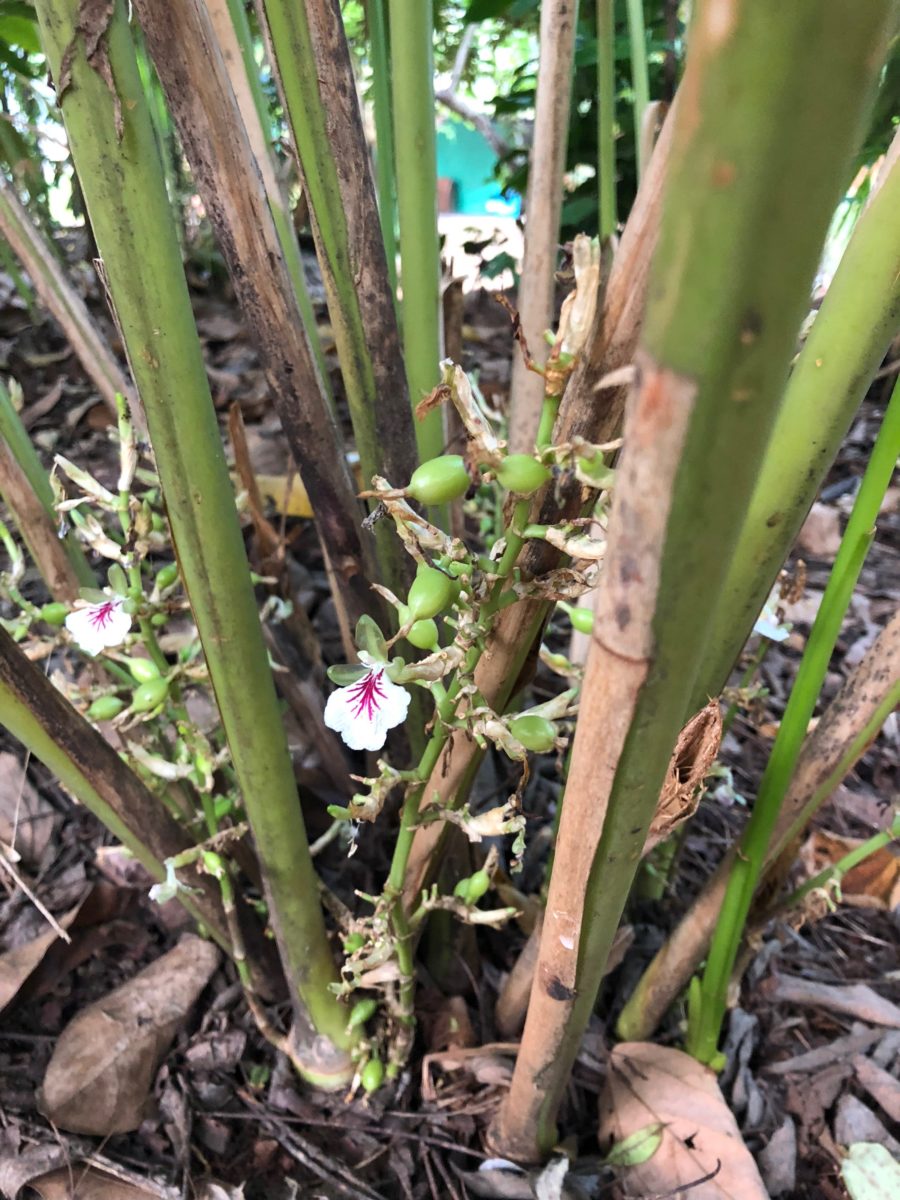
For nearby India, Sri Lanka was a prime source of elephants used for war and heavy-lifting, which were transported across the narrow northern straits.
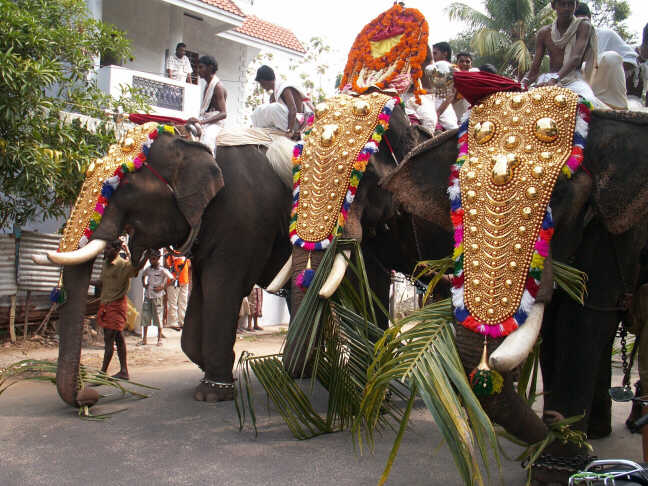
From India to Sri Lanka, in turn, was sent the sacred relic of the Buddha’s tooth, taken from his cremation ashes hundreds of years before, to the Sri Lankan capital of Anuradhapura for safe-keeping, where it soon became a symbol of the possessor’s right to rule.
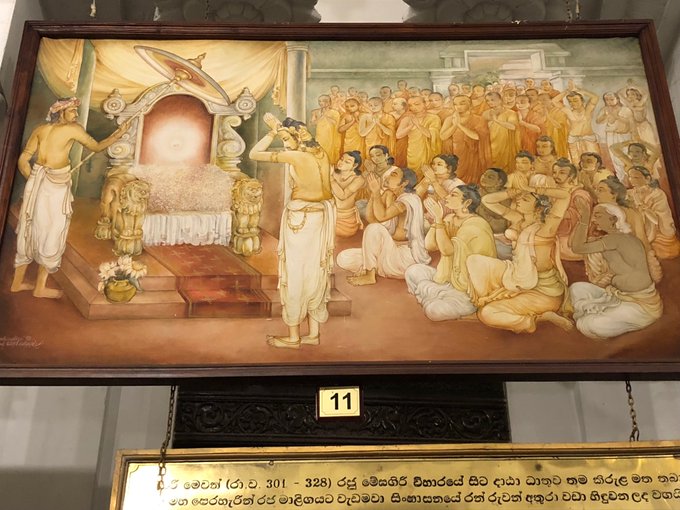
Around 300 AD, King Mahasena of Anuradhapura built the Jetavanaramaya stupa, at the time the third tallest structure in the world, after the two largest pyramids of Egypt.
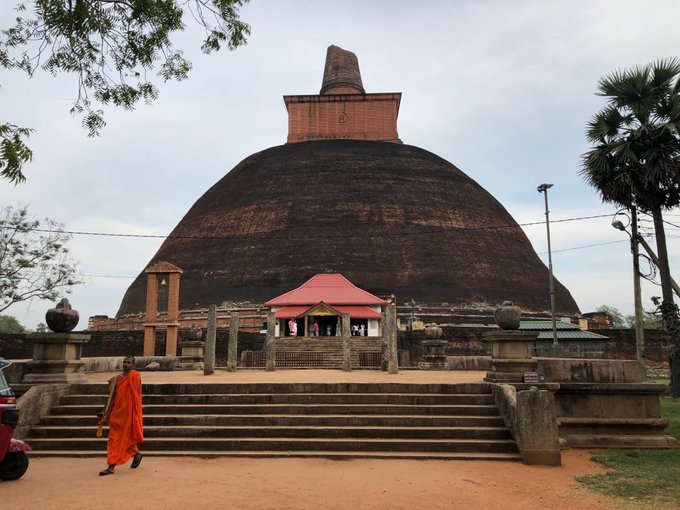
Over the centuries, the Sinhalese kingdoms in Sri Lanka faced repeated invasions from the kingdoms of south India. Tamils – related by language, race, and religion to the population of southern India – came to dominate the island’s northern and coastal fringes.
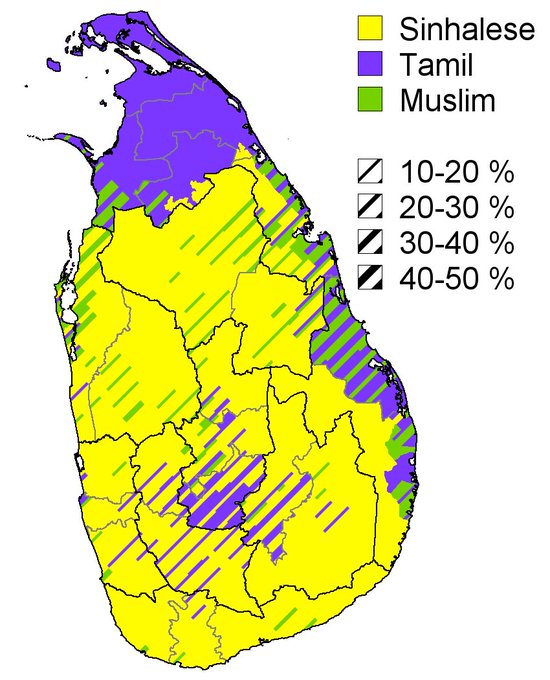
After one such invasion, in 1070 AD, King Vijayabahu I relocated the capital from Anuradhapura a bit east to Polonnaruwa, where extensive ruins of temples, monasteries, and palaces remain spread across the landscape.
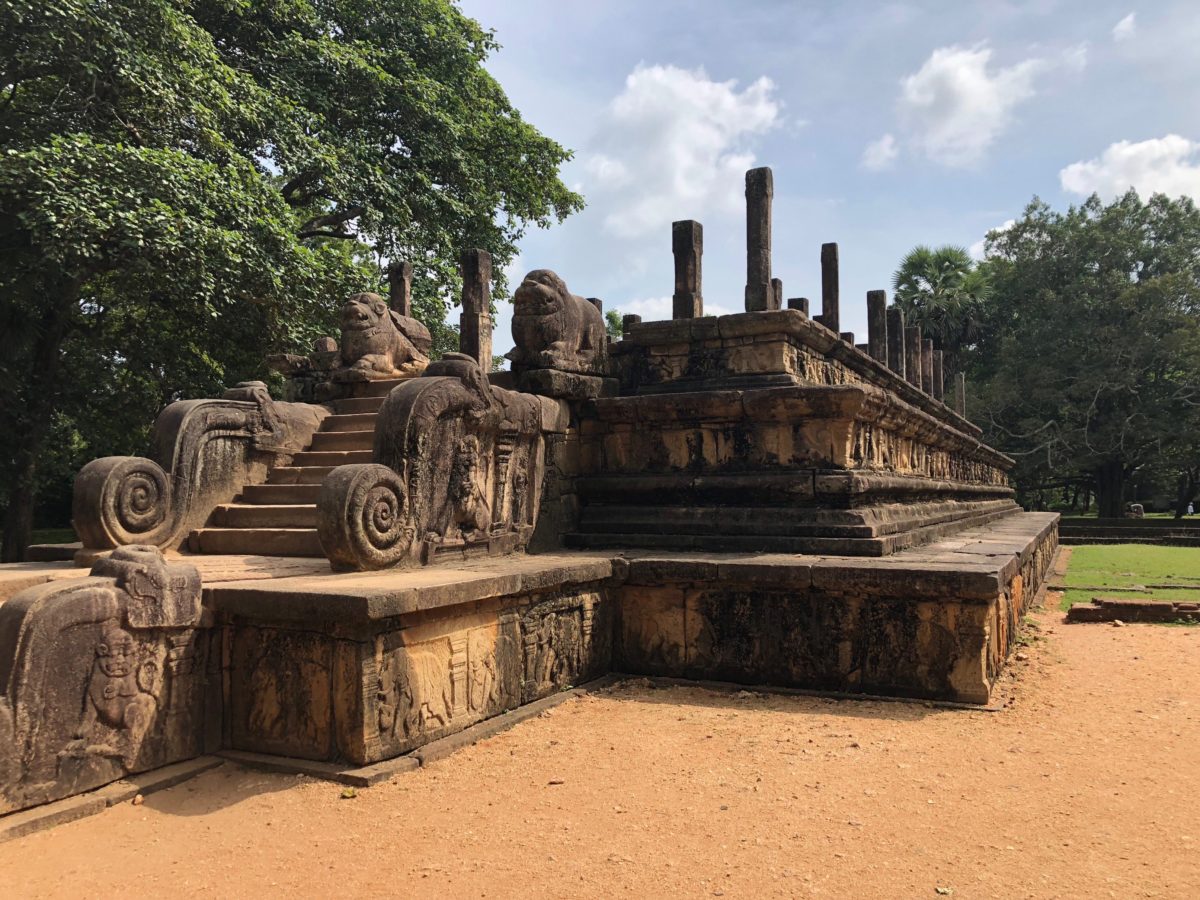
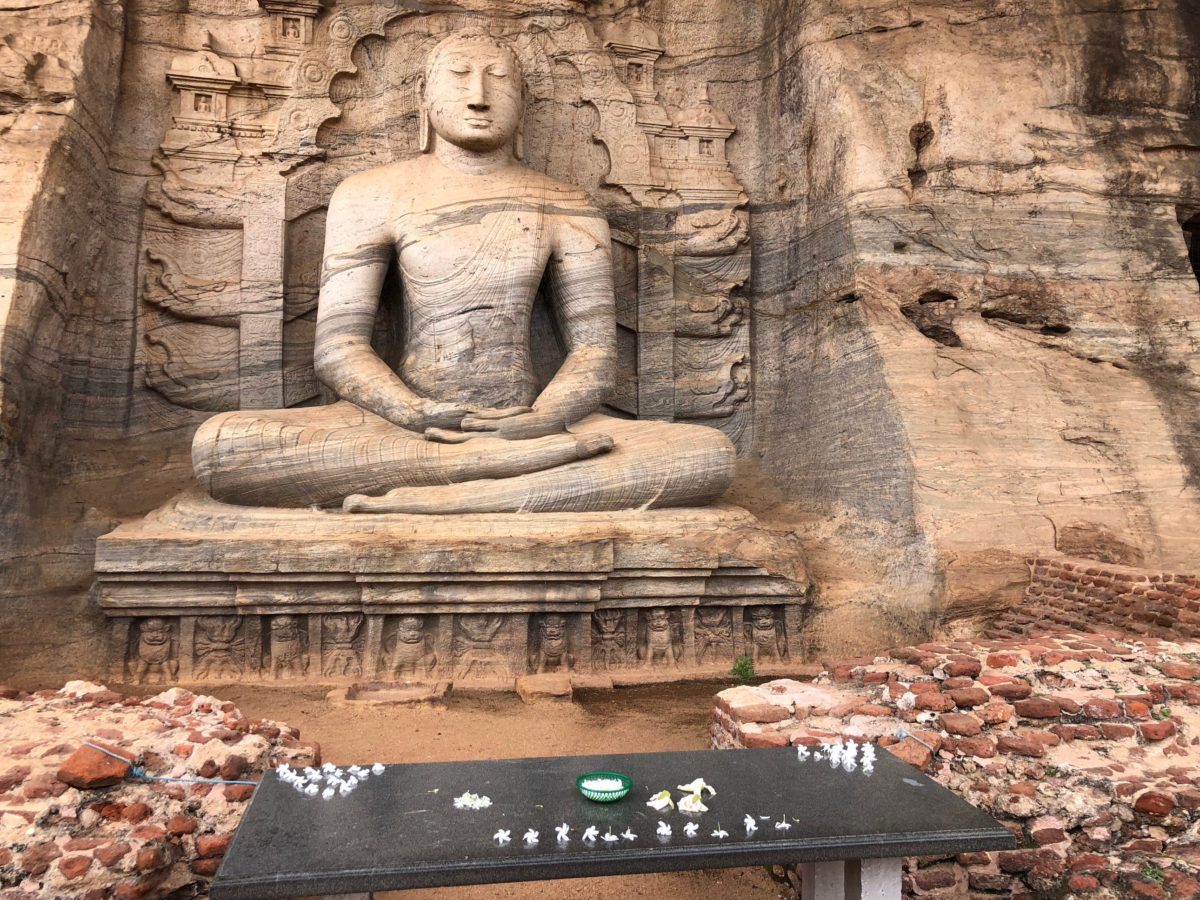
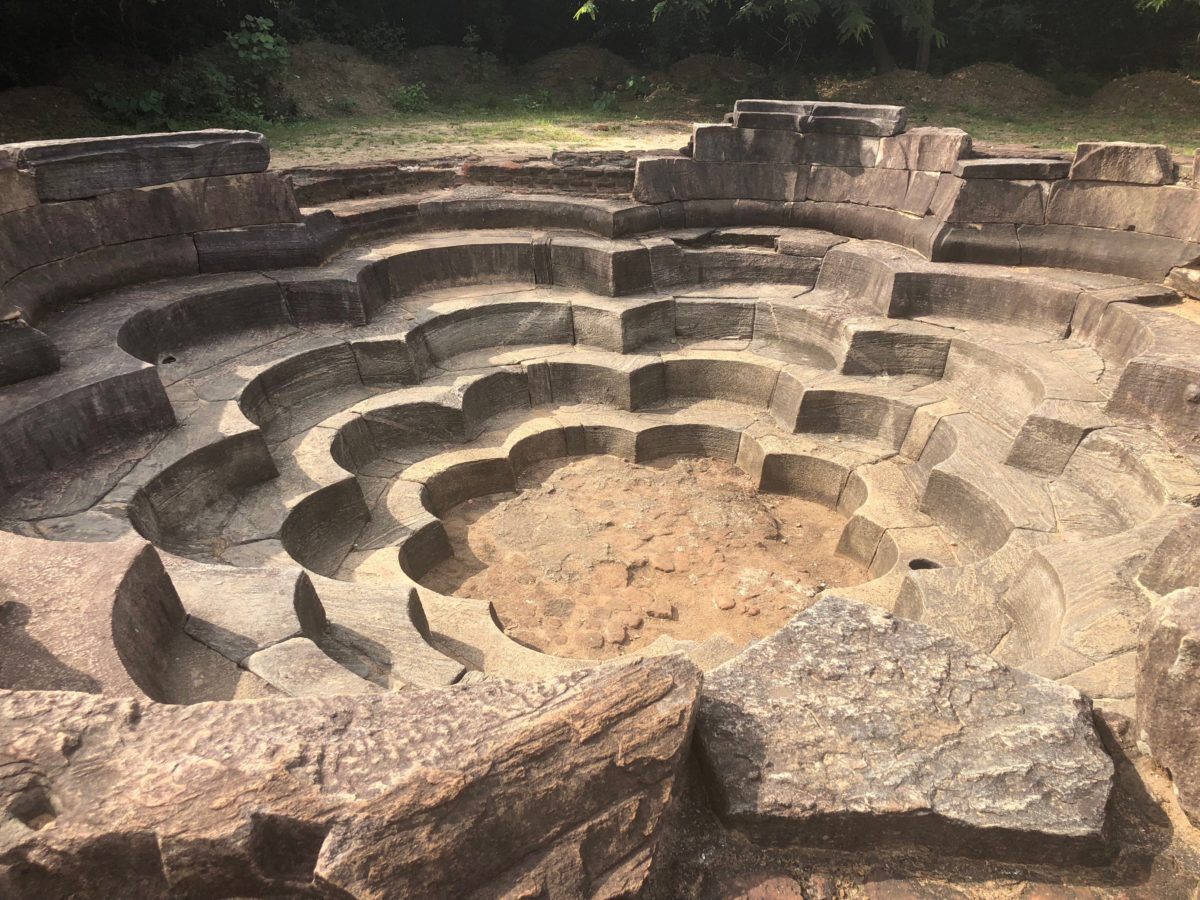
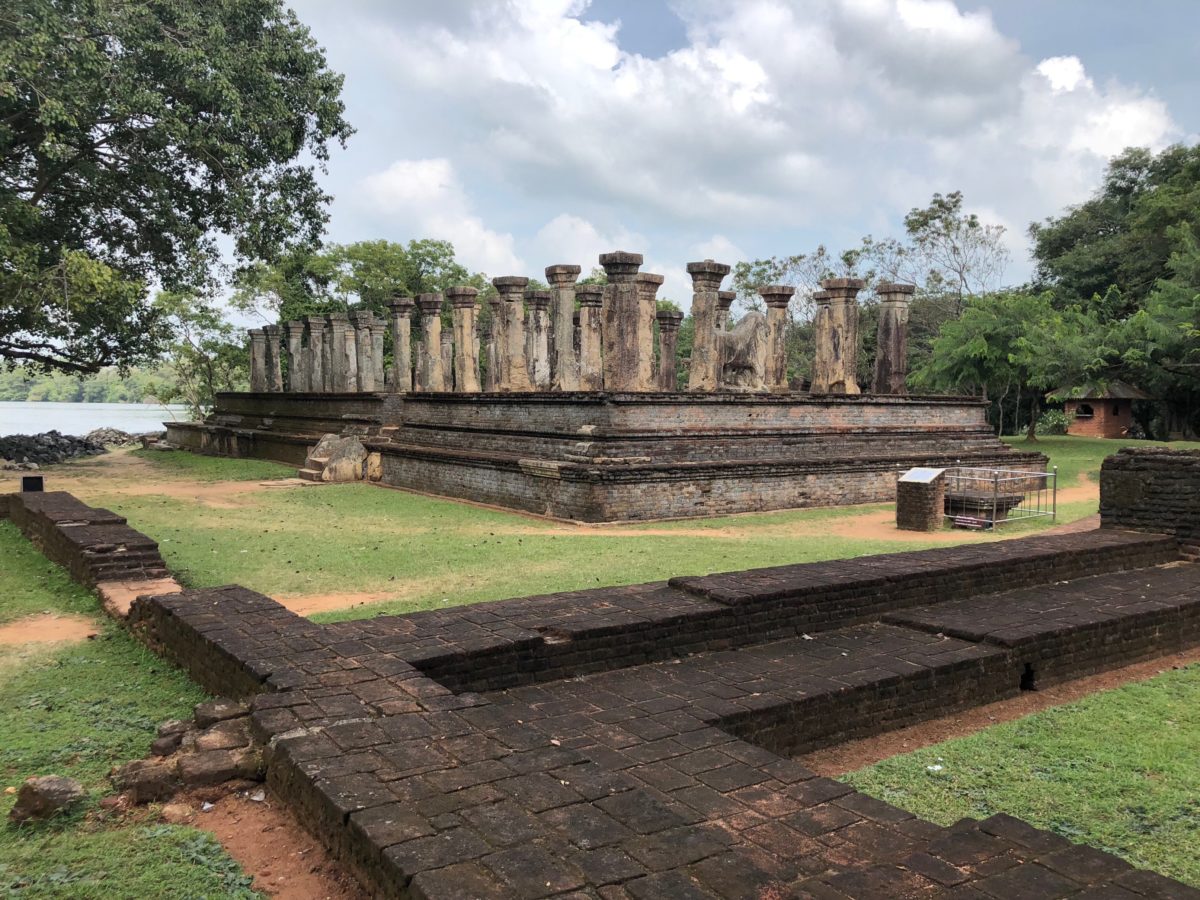
The Buddha’s tooth, the symbol of the monarch’s right to rule, was also transferred to this new temple complex in the new capital of Polonnaruwa.
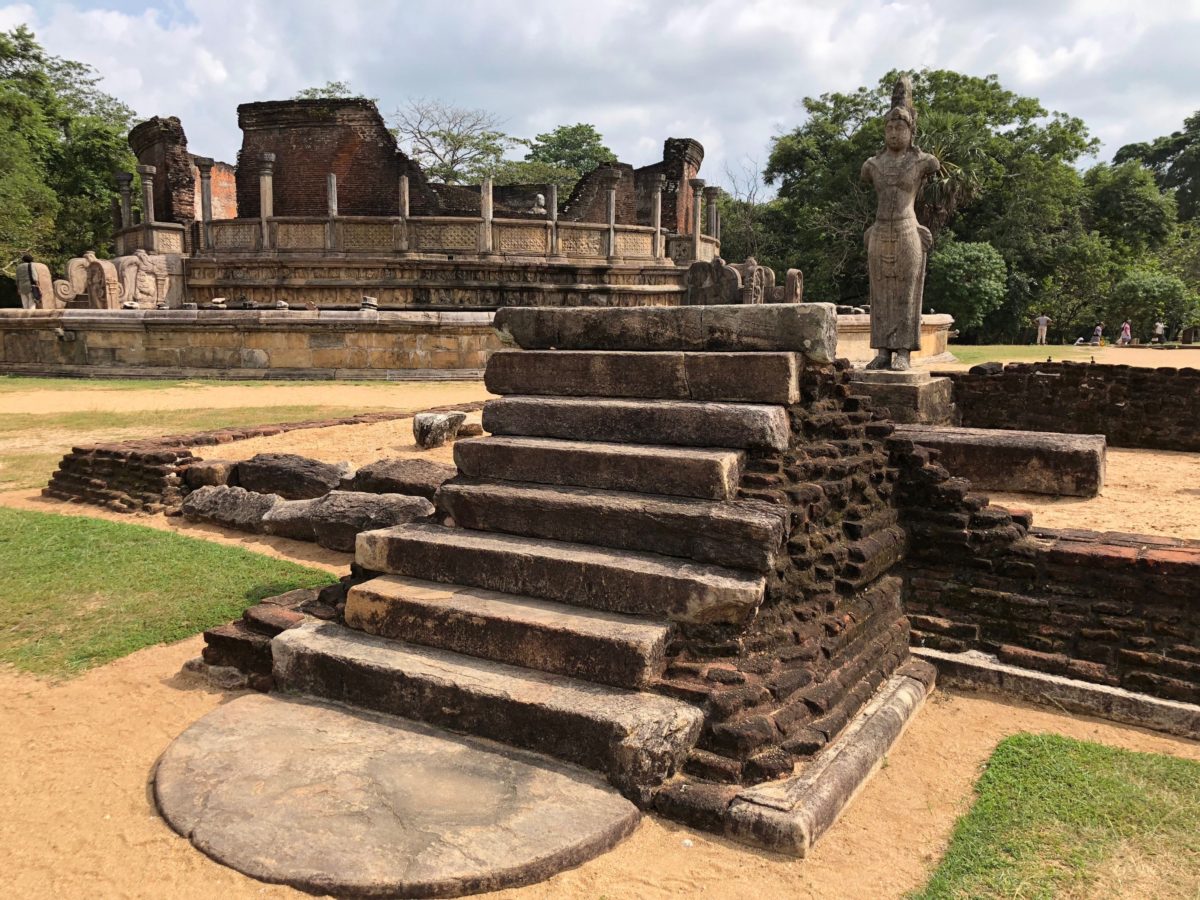
Medieval travelers including Marco Polo and Ibn Battuta visited the Sri Lankan capital of Polonnaruwa and reported its wonders to the wider world.
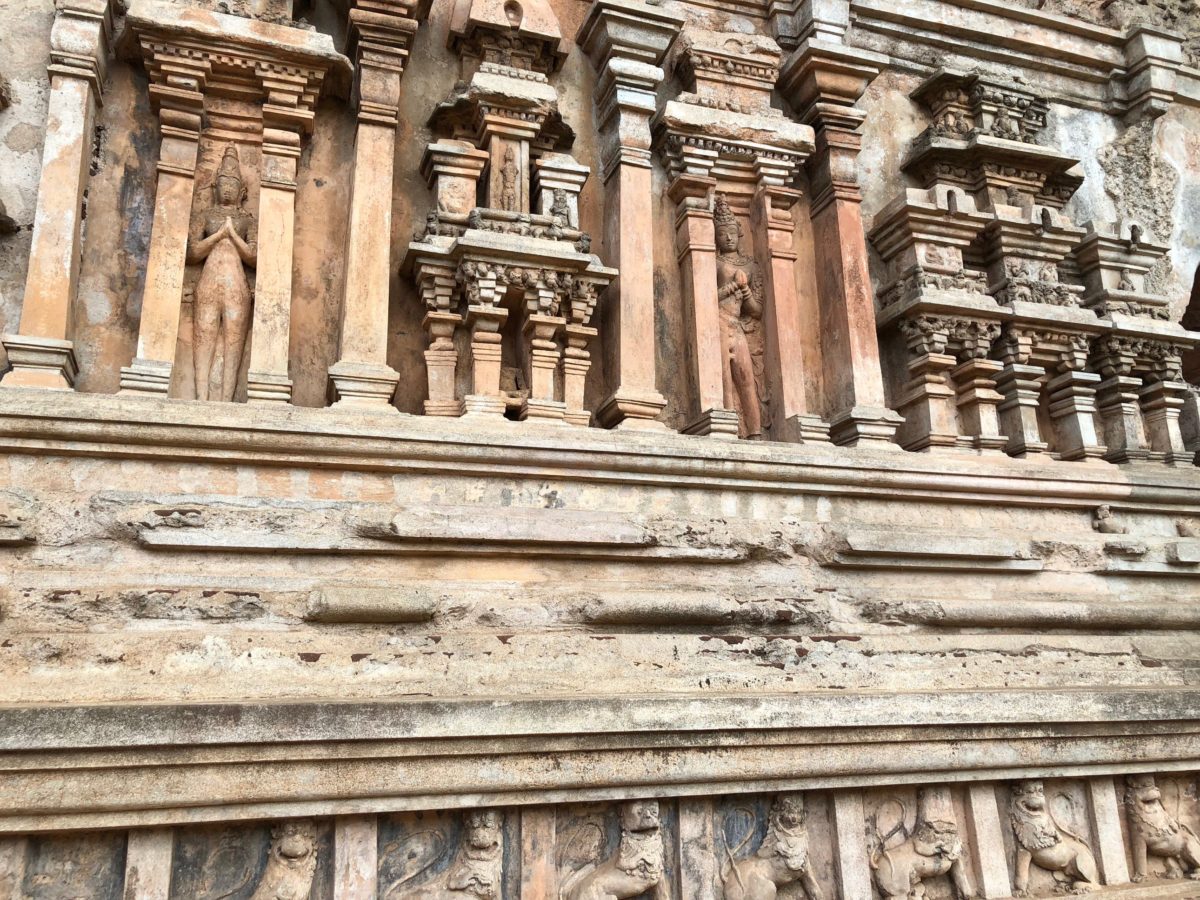
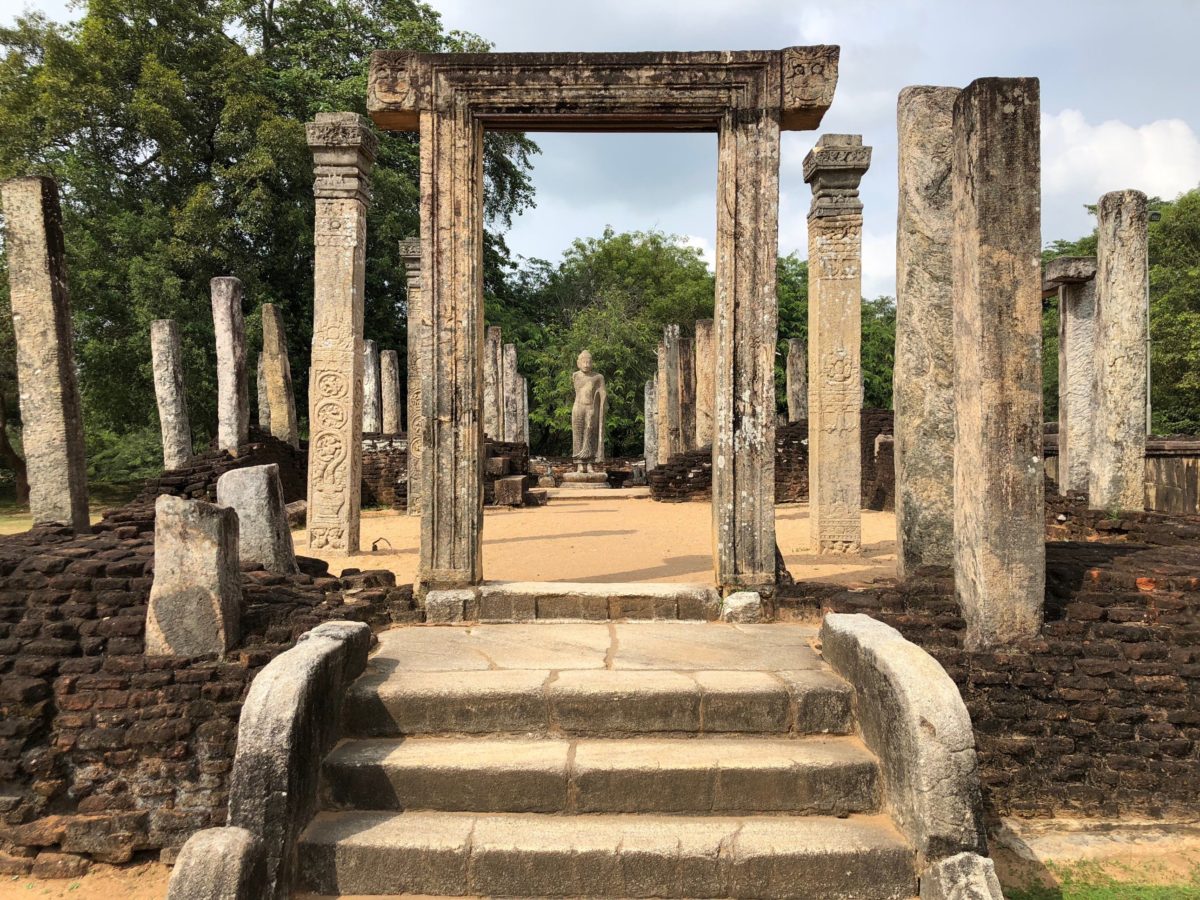
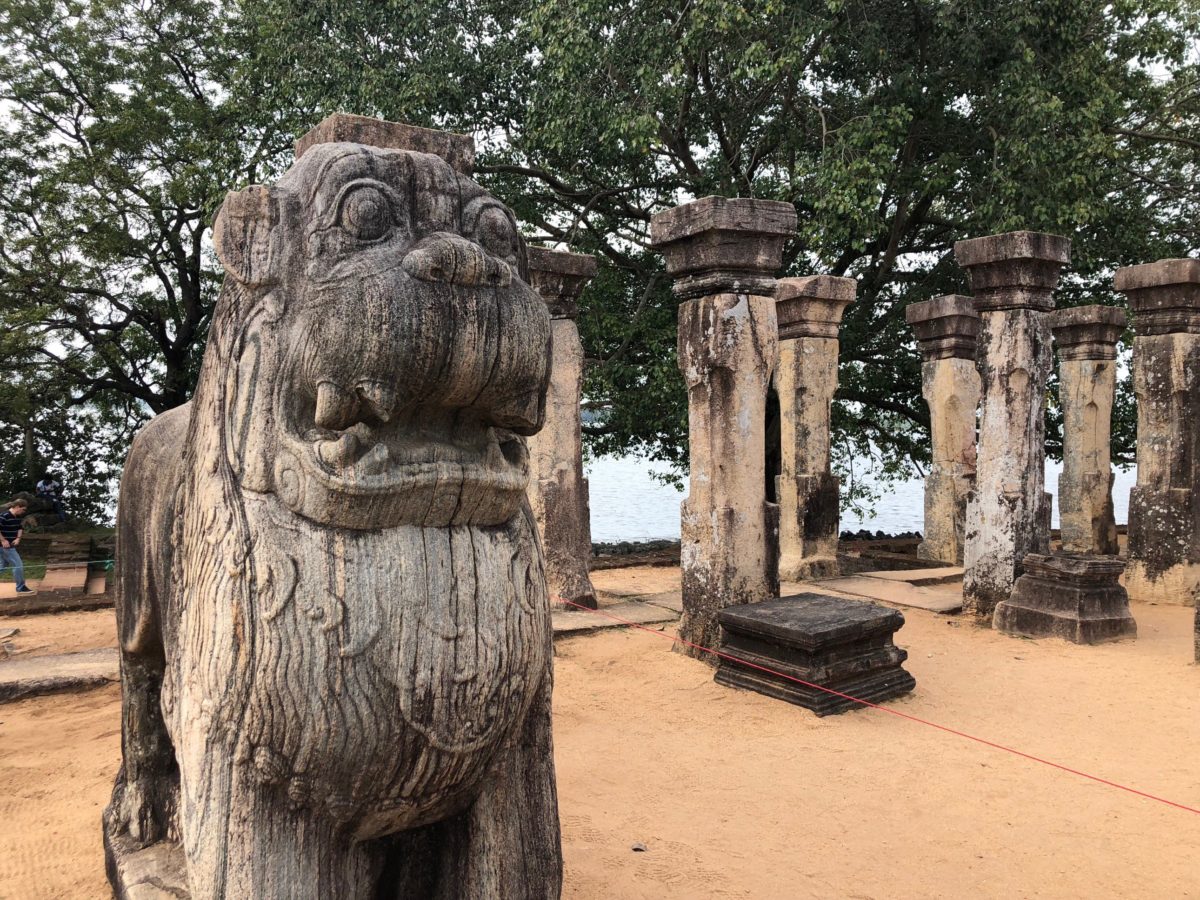
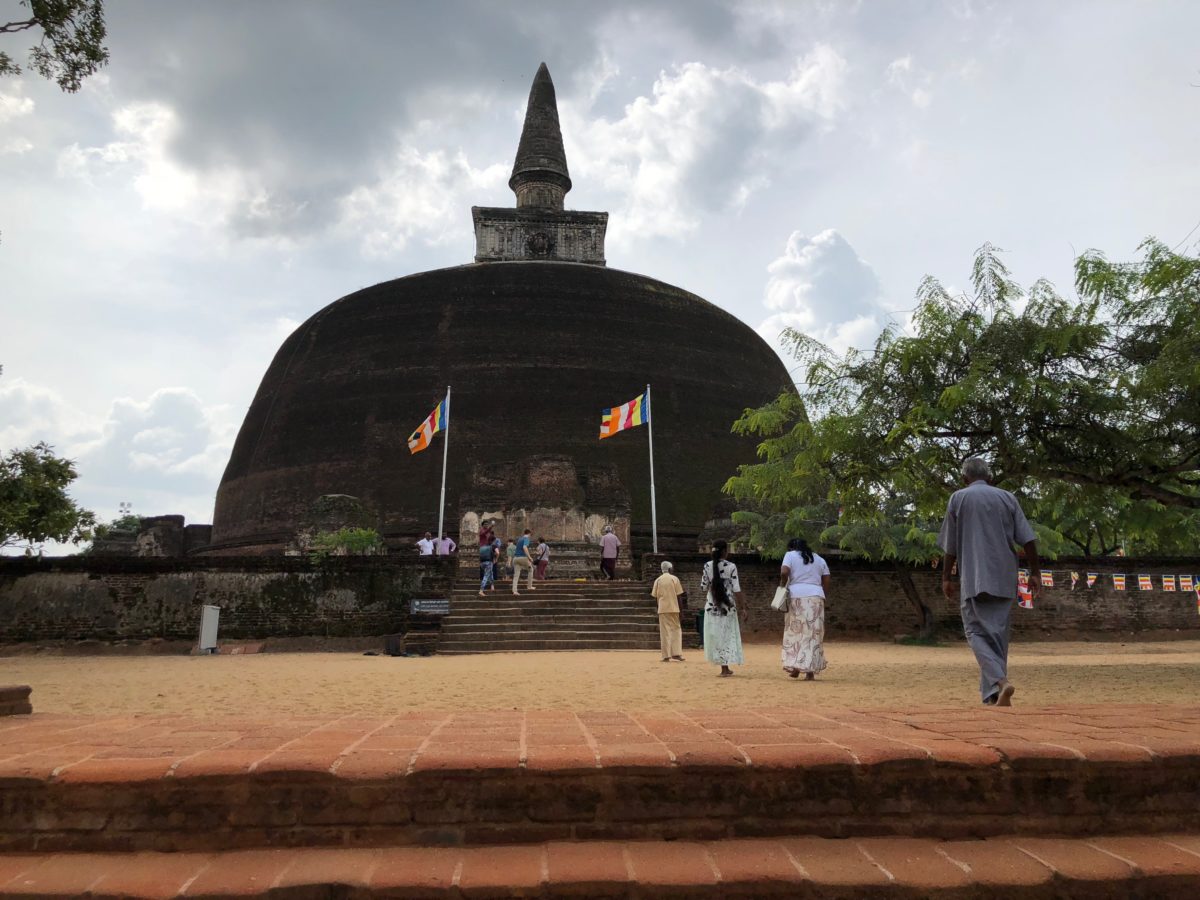
Ruins of the king’s luxurious private baths at Polonnaruwa (12th Century AD).
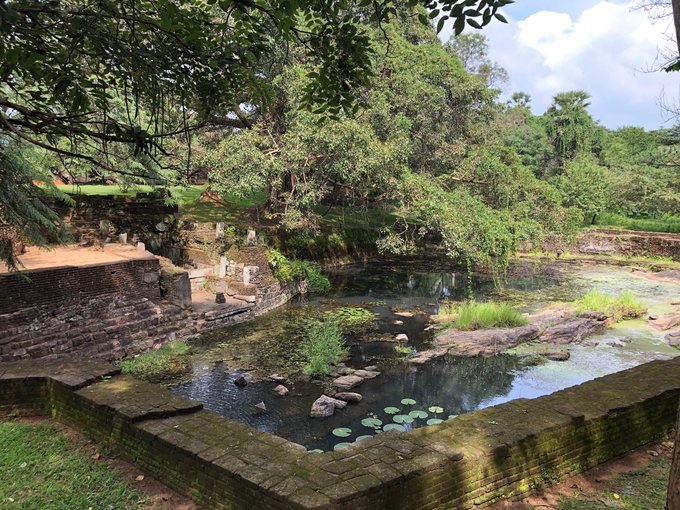
BTW, if any of these sites from Sri Lanka seem vaguely familiar, it *might* be because they featured prominently in Duran Duran’s 1982 music video “Save a Prayer for the Morning After”!
Meanwhile, a Tamil kingdom based in Jaffna, in the north, built the Nallur Kandaswamy temple, which remains a center for Hindu worship.
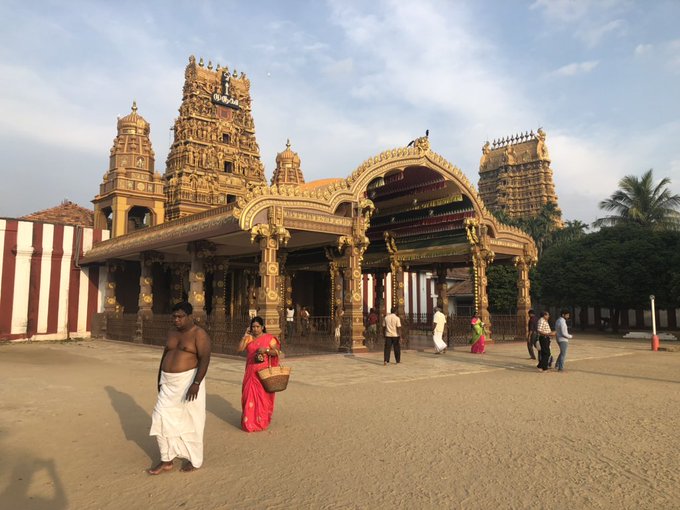
The Portuguese, sailing south and east around Africa, arrived in Sri Lanka in 1505. Seeking to dominate the spice trade and spread the Christian religion, they conquered much of the island by force and intrigue.
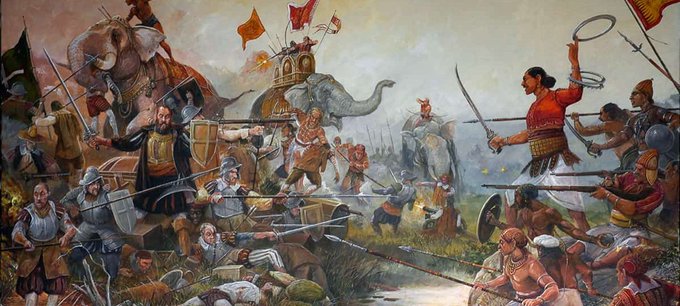
The legacy of Portuguese rule in Ceylon (as the island became known to Europeans) can be seen in the roadside shrines to the Virgin Mary, especially in Sri Lanka’s coastal areas.
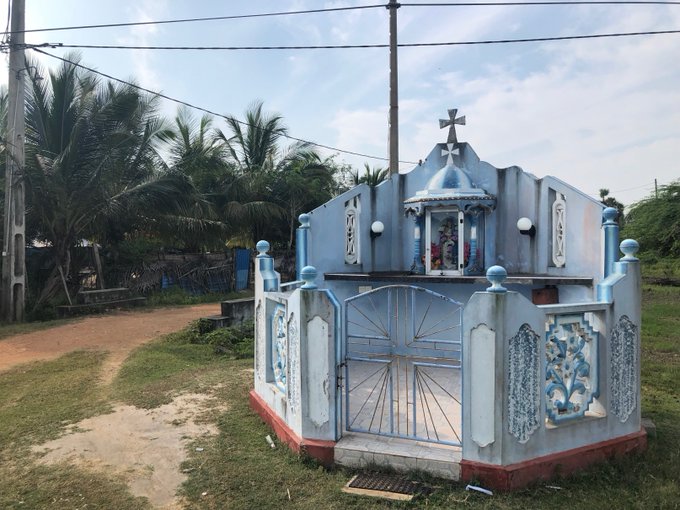
In the 17th Century, the Portuguese were replaced by their rivals the Dutch, who commanded Ceylon’s spice trade from multiple forts along the coast, like this one at Jaffna.
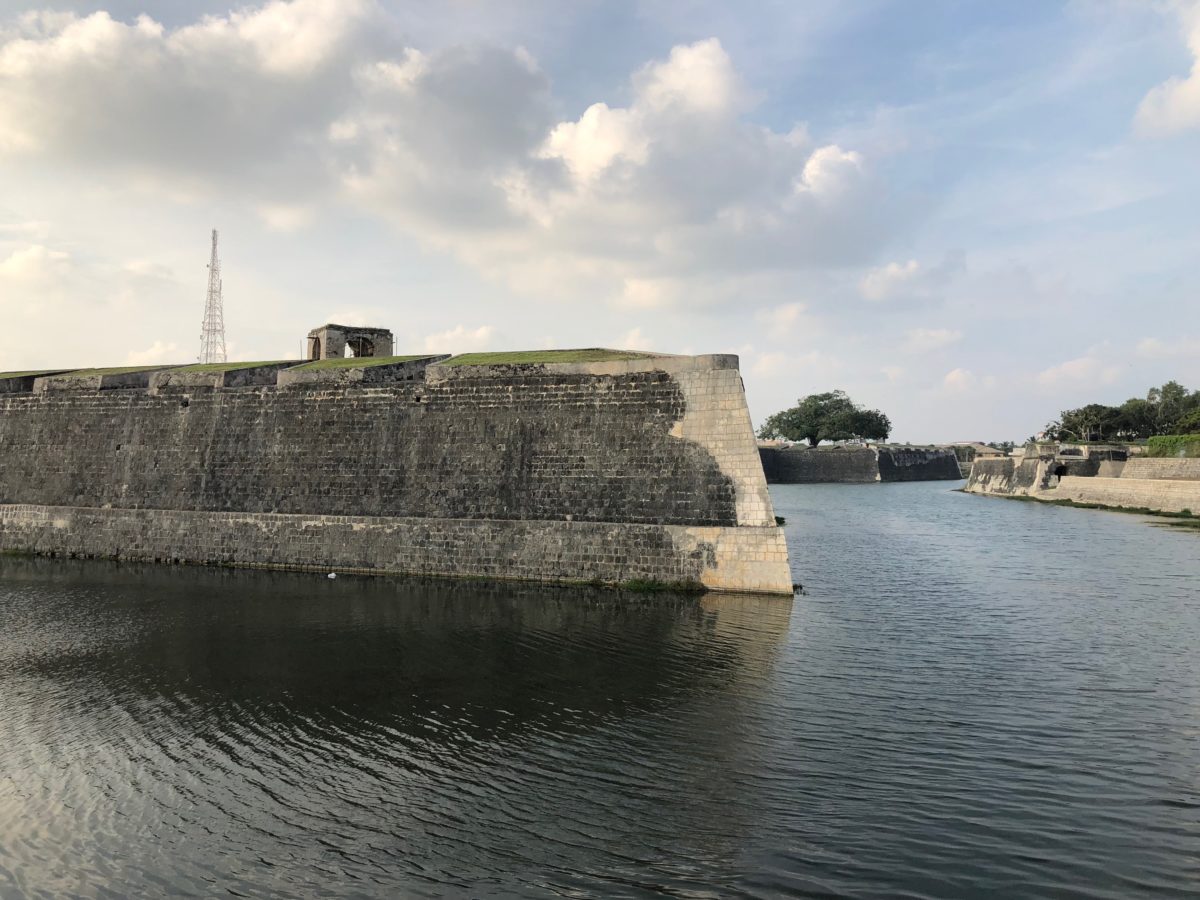
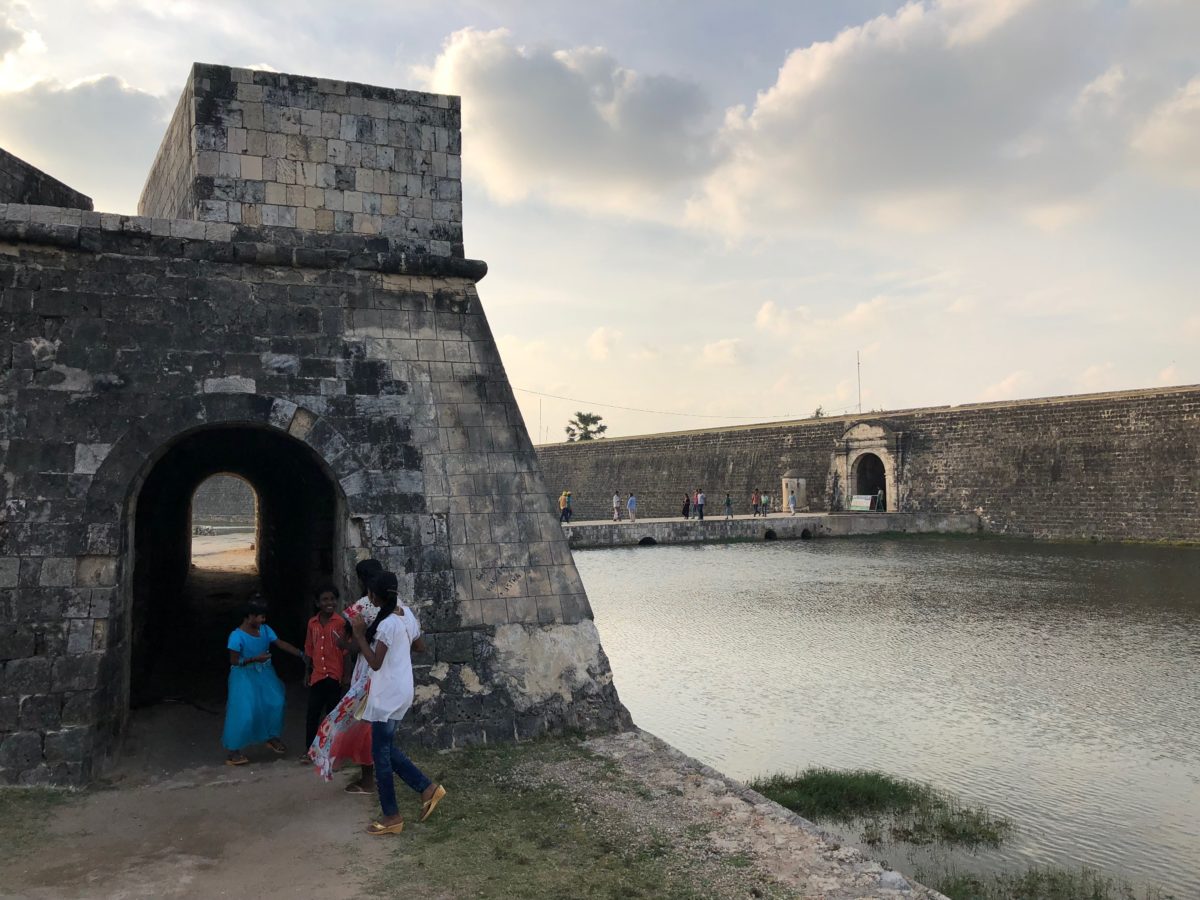
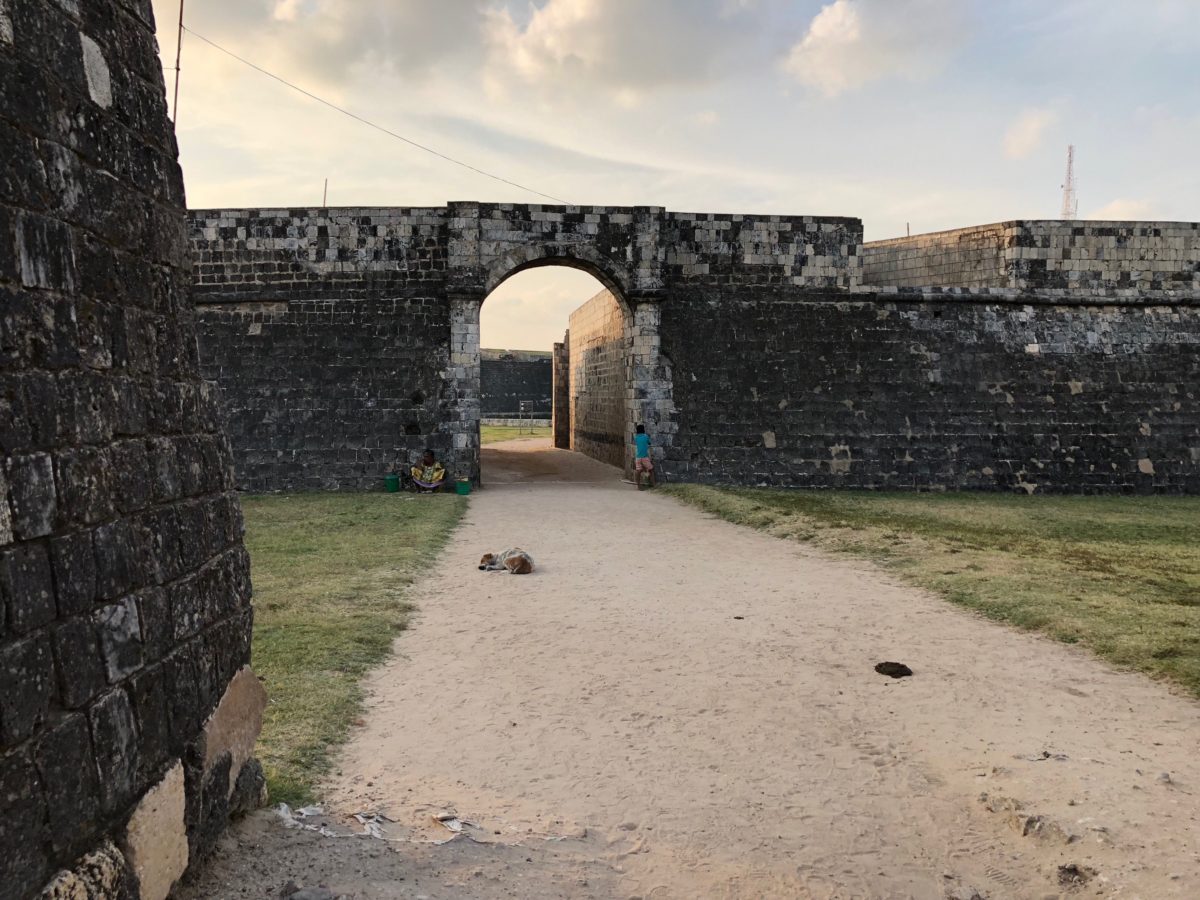
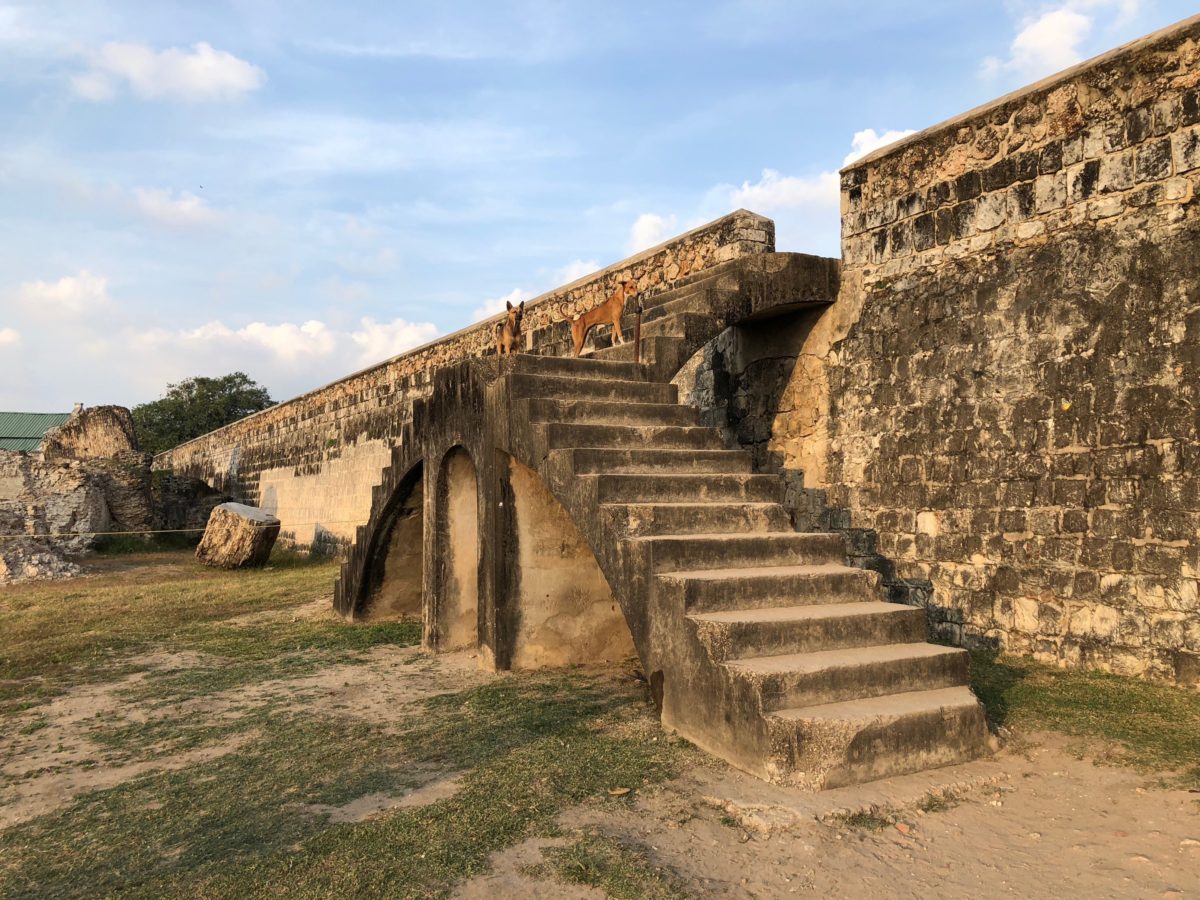
As their fort at Jaffna controlled the north, the fortified Dutch trading post at Galle controlled the south of Sri Lanka.
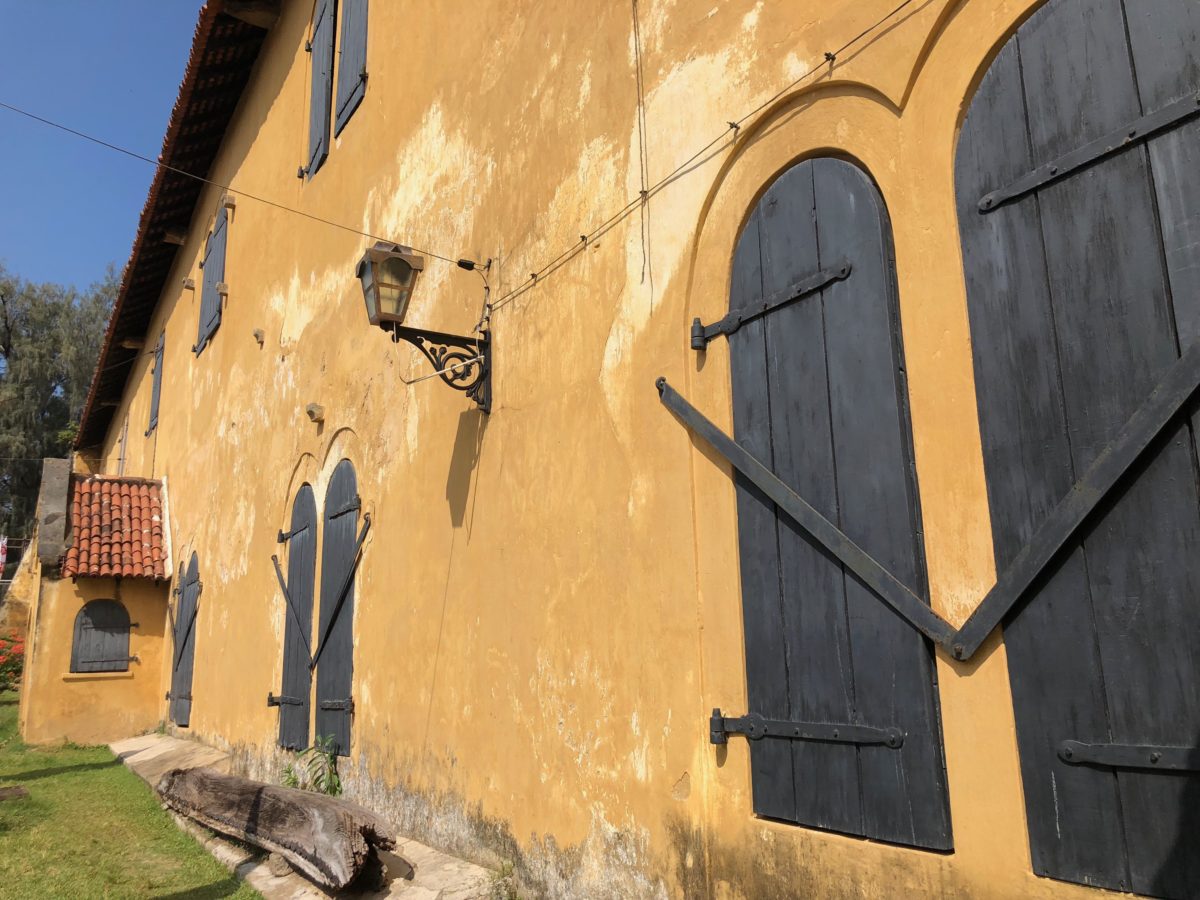
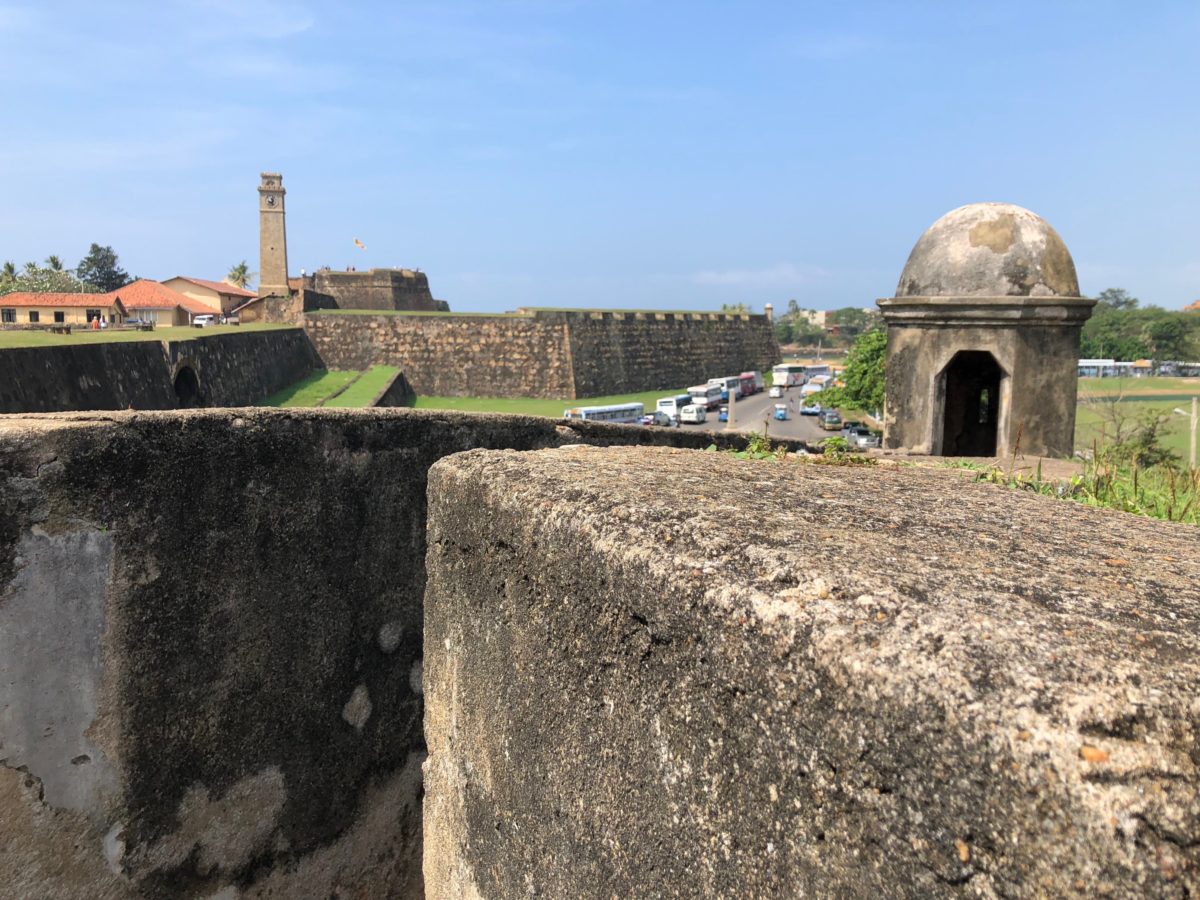
The Dutch hospital at Galle treated traders and sailors after a long sea voyage to Ceylon, and those suffering from the unfamiliar tropical fevers that sent many of them to an early grave.
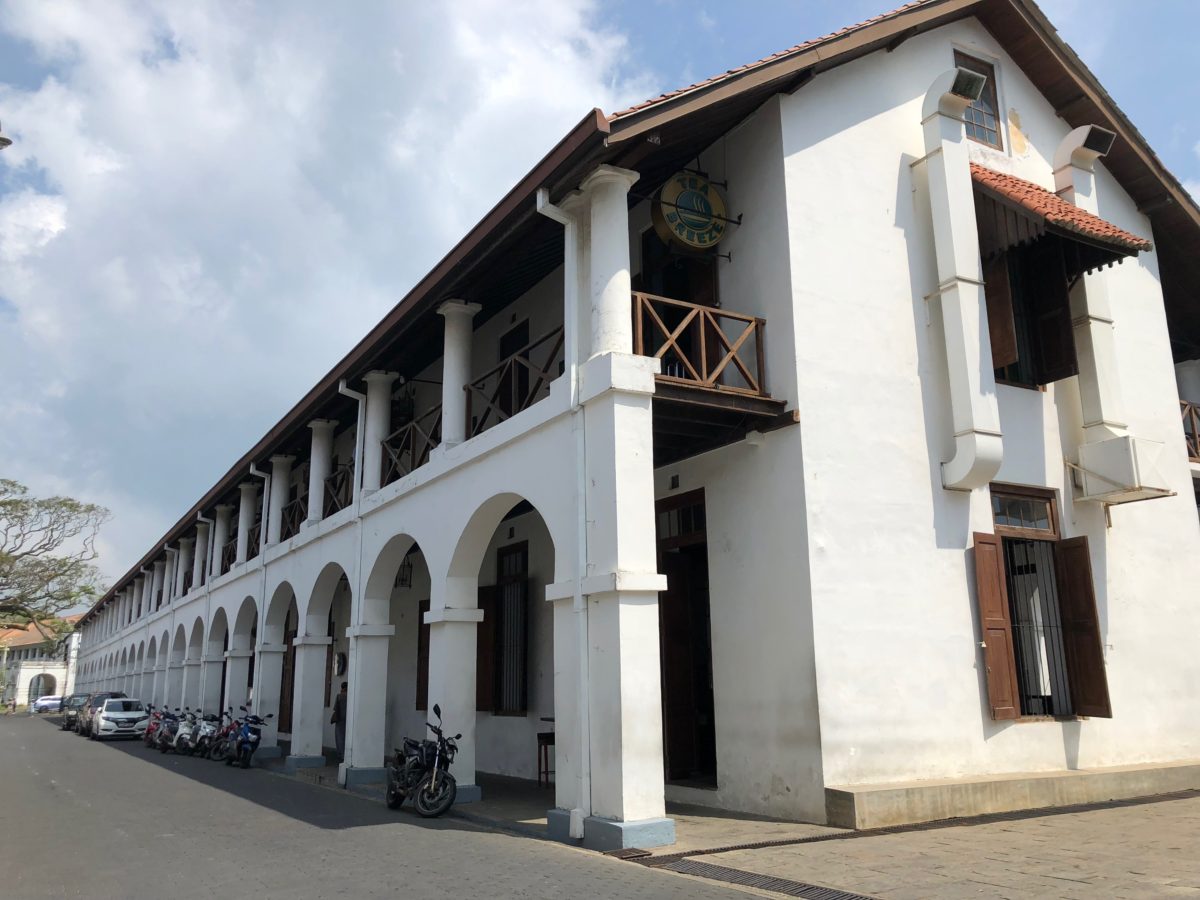
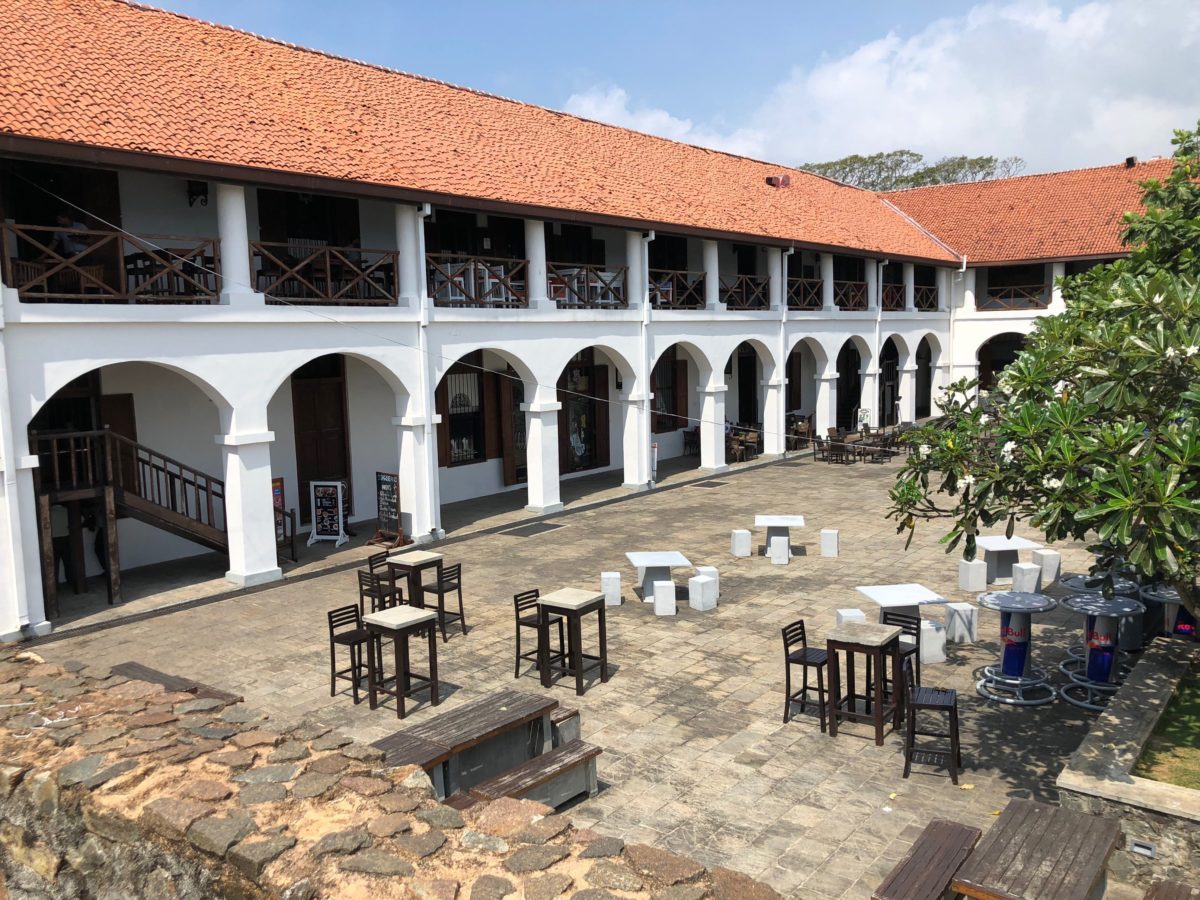
The Dutch hospital complex in old fort district of Sri Lanka’s capital of Colombo has been converted into high-end restaurants and shopping.
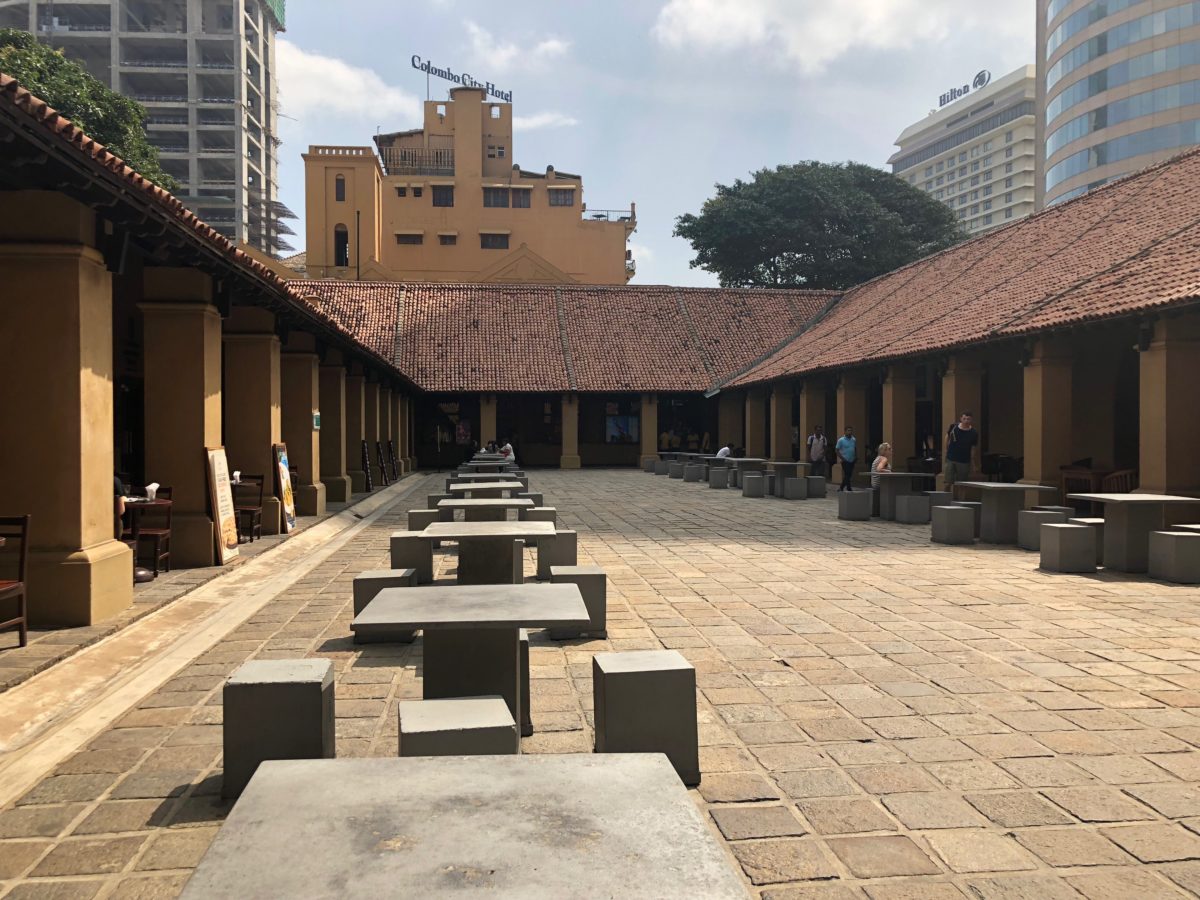
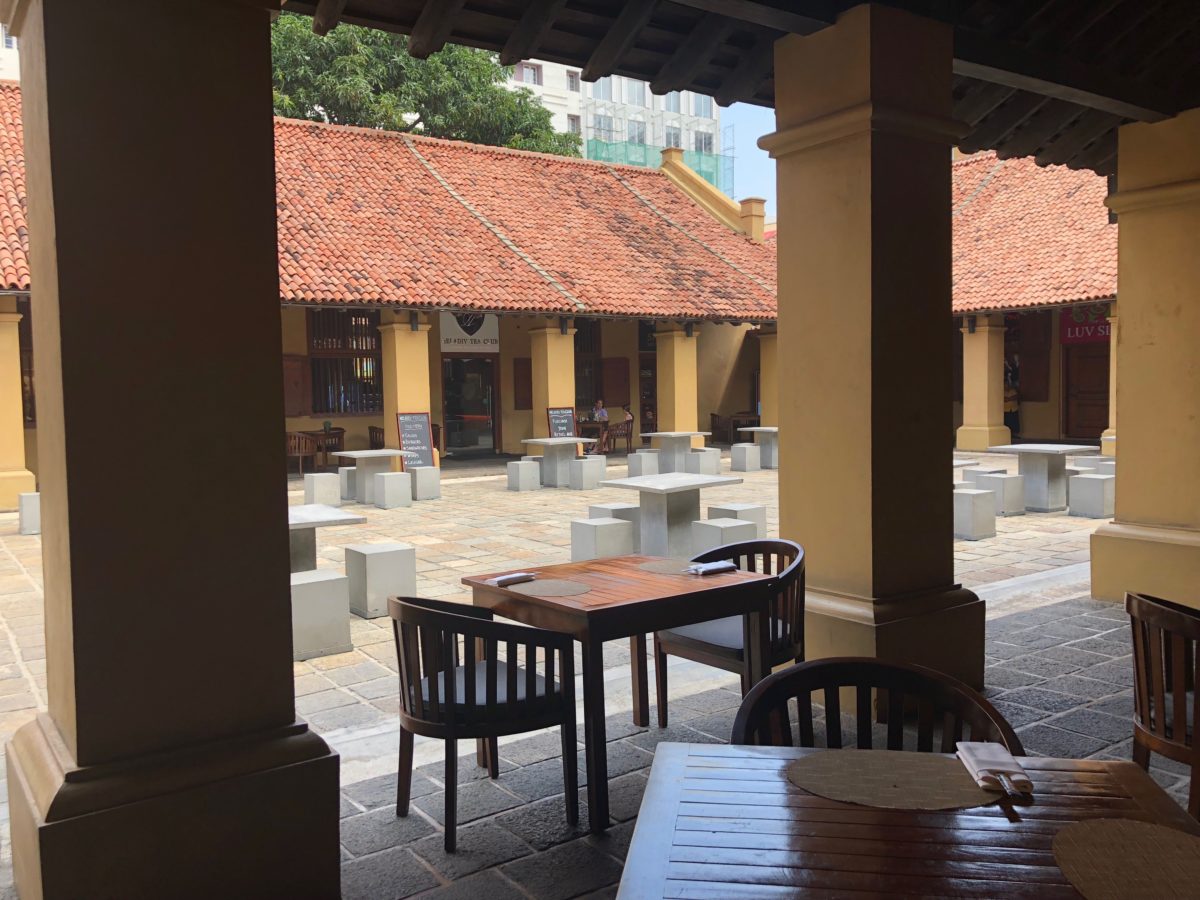
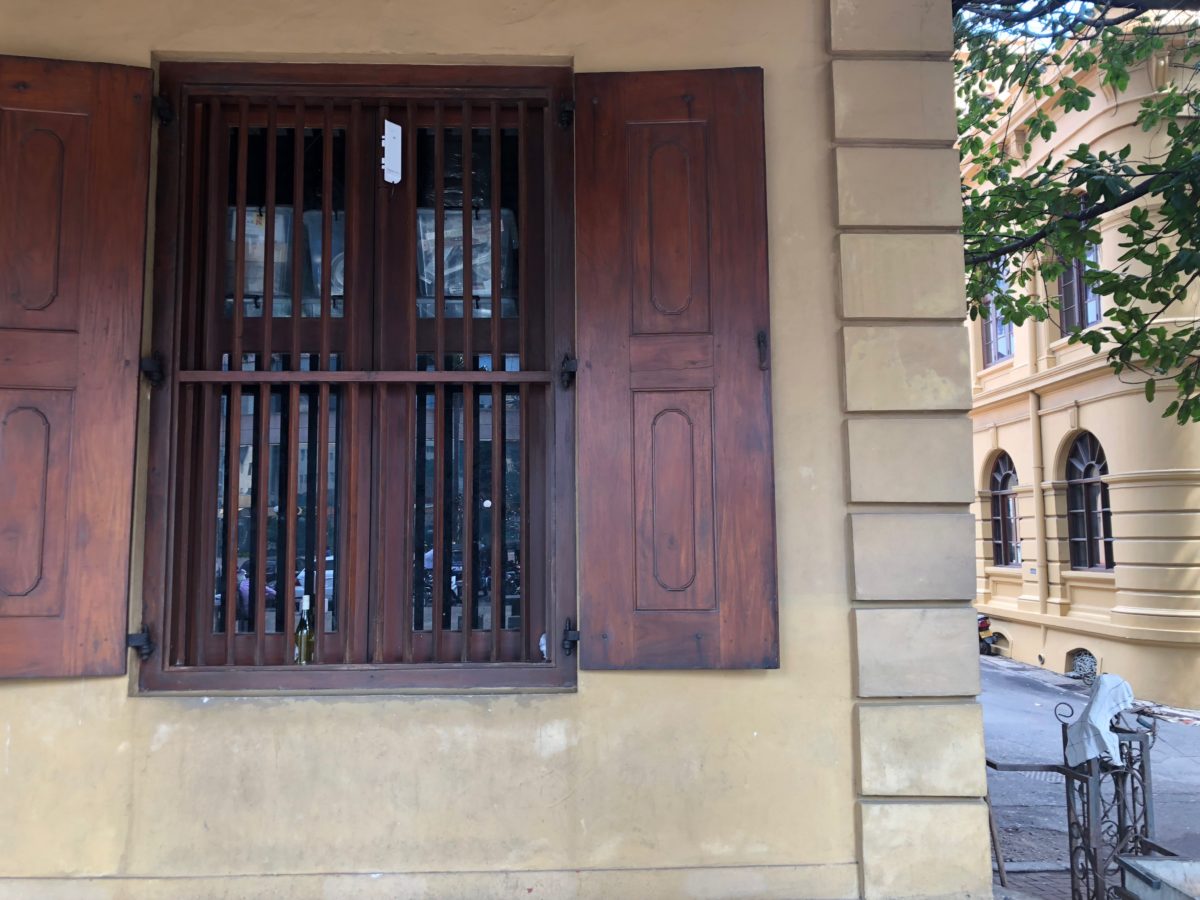
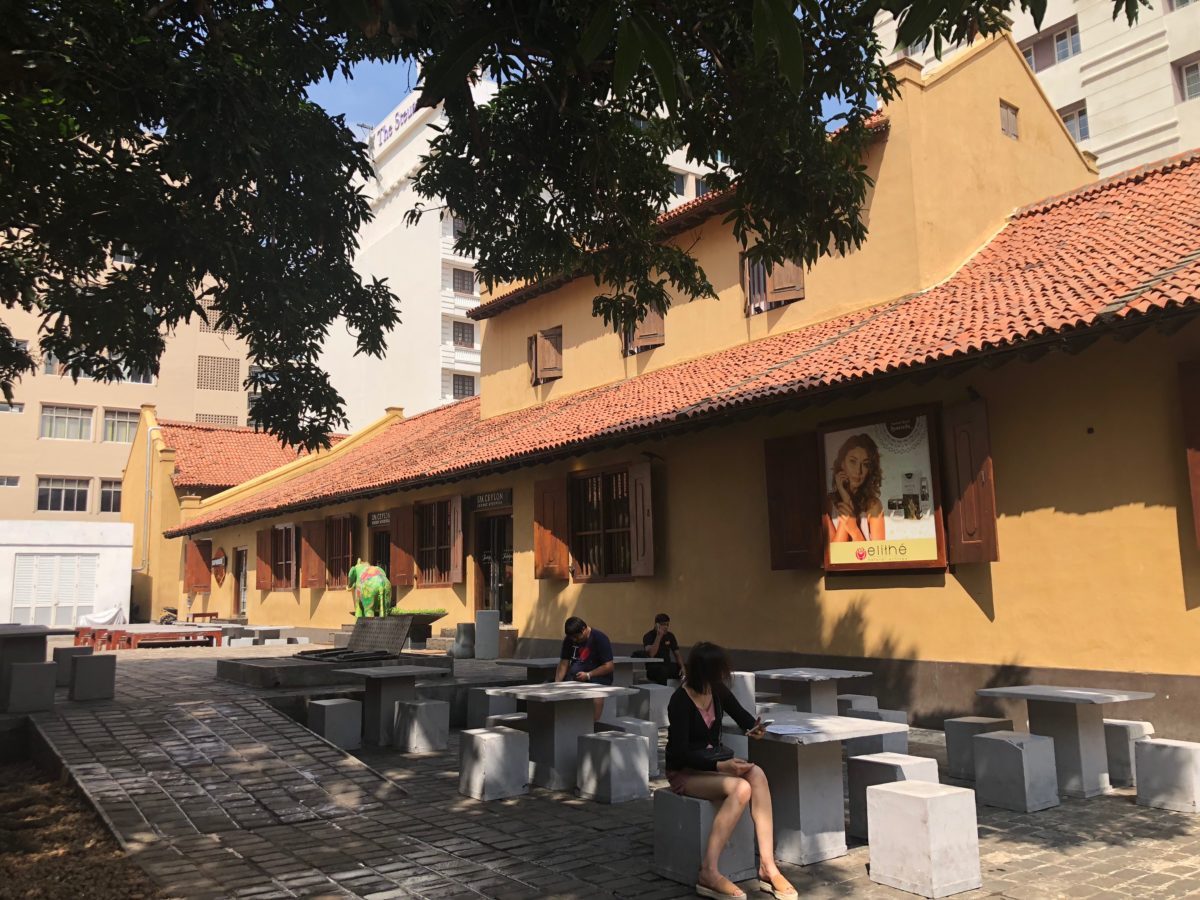
But neither the Portuguese nor the Dutch were able to control all of Ceylon. In the central highlands, the Sinhalese Kingdom of Kandy remained defiantly independent.
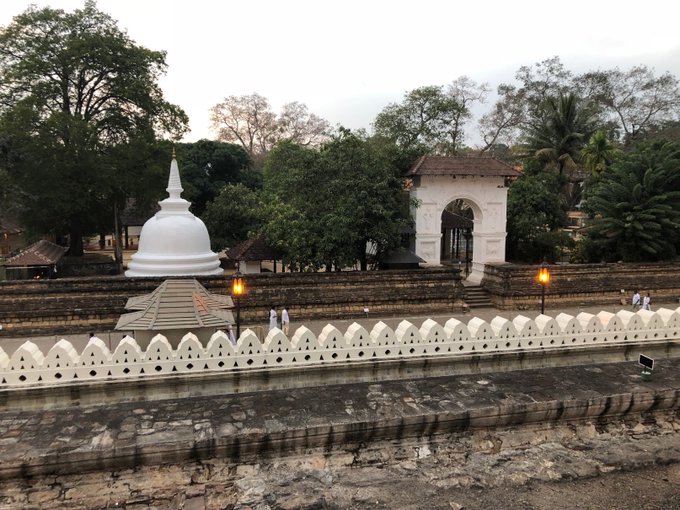
And Kandy, like its predecessors, possessed the Buddha’s tooth relic, the symbol of Sri Lanka sovereignty, enshrined in a magnificent temple within the king’s palace complex – where it still resides today.
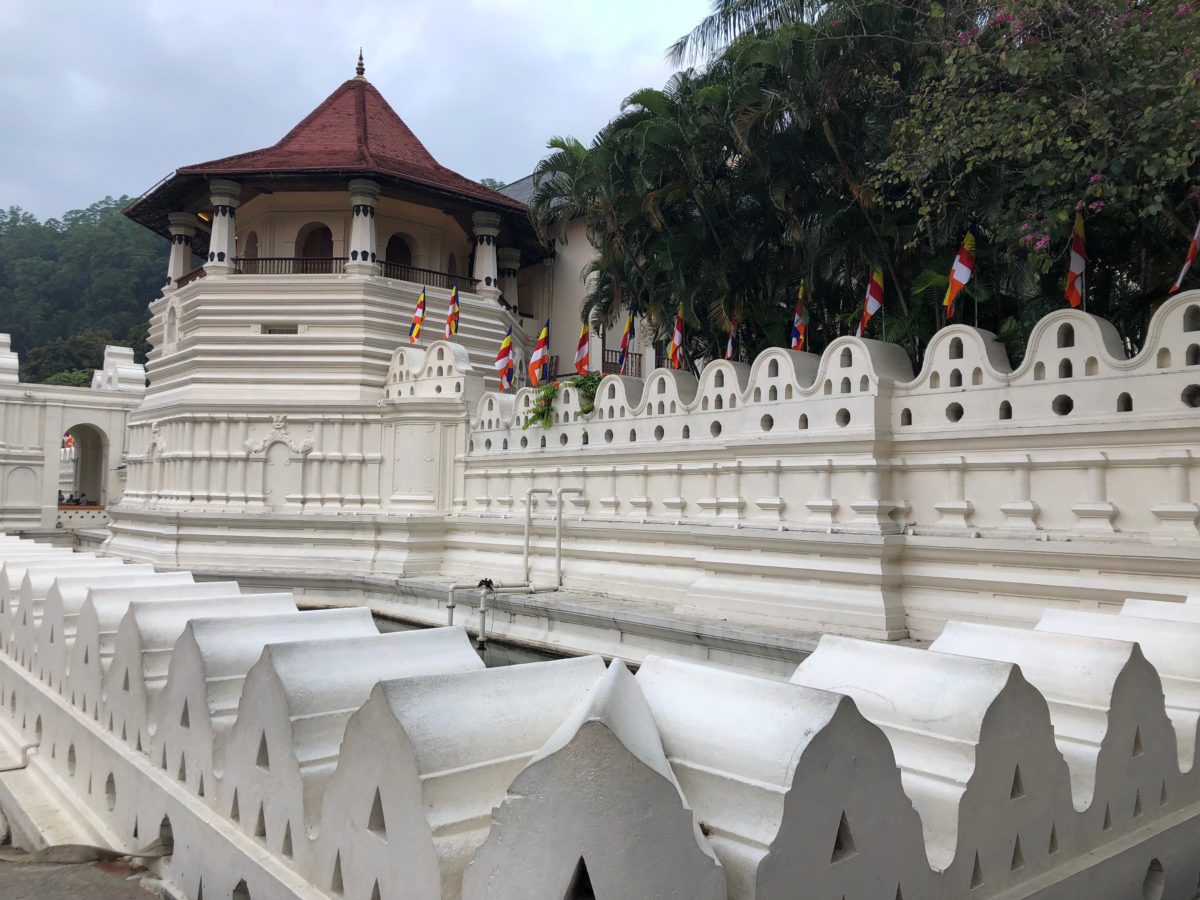
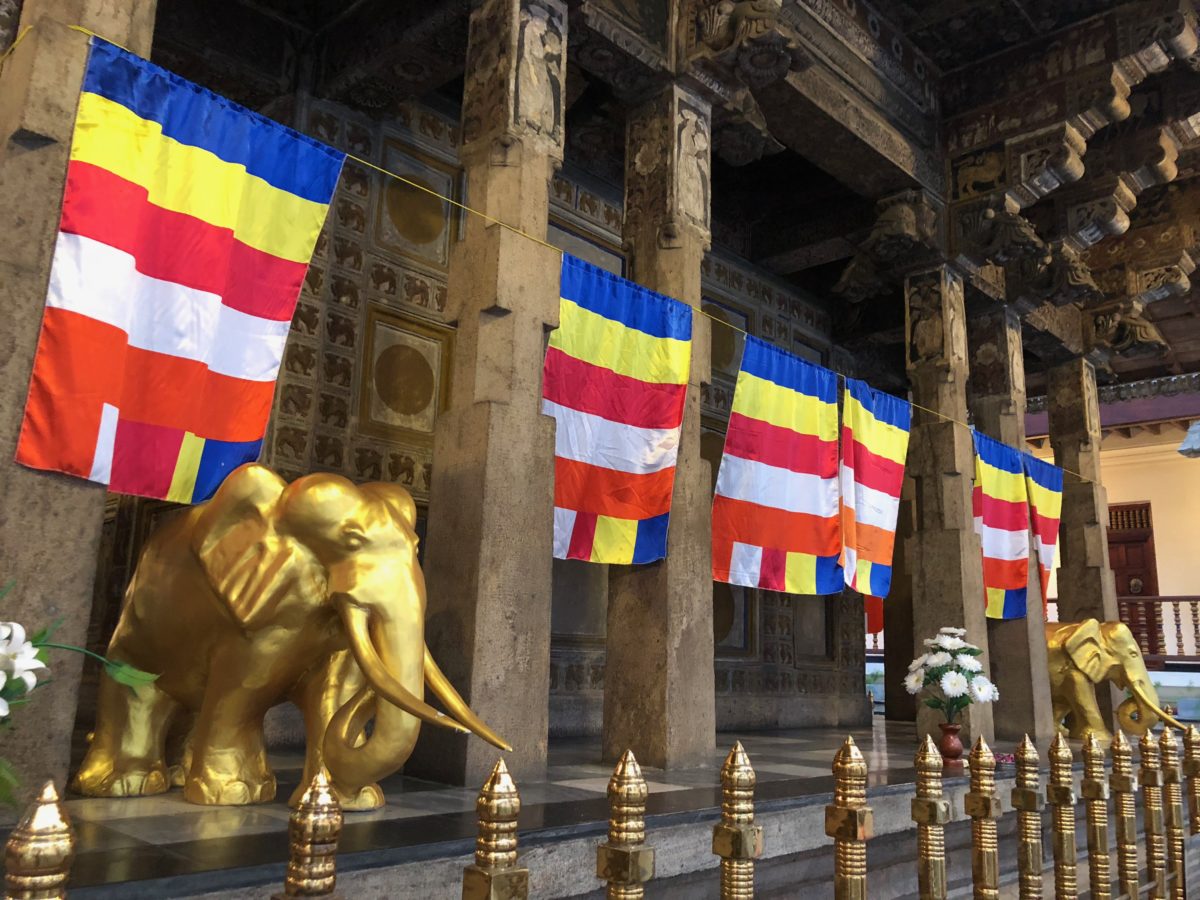
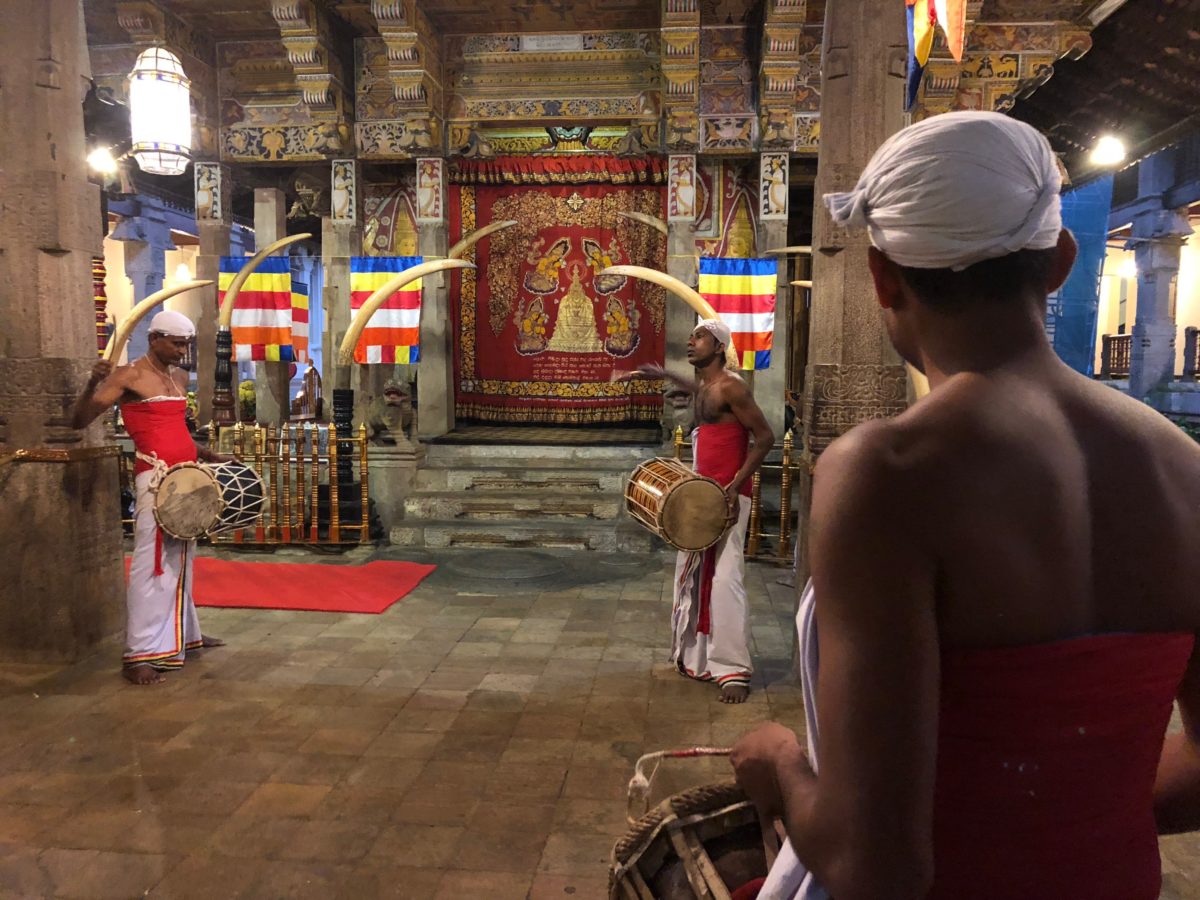
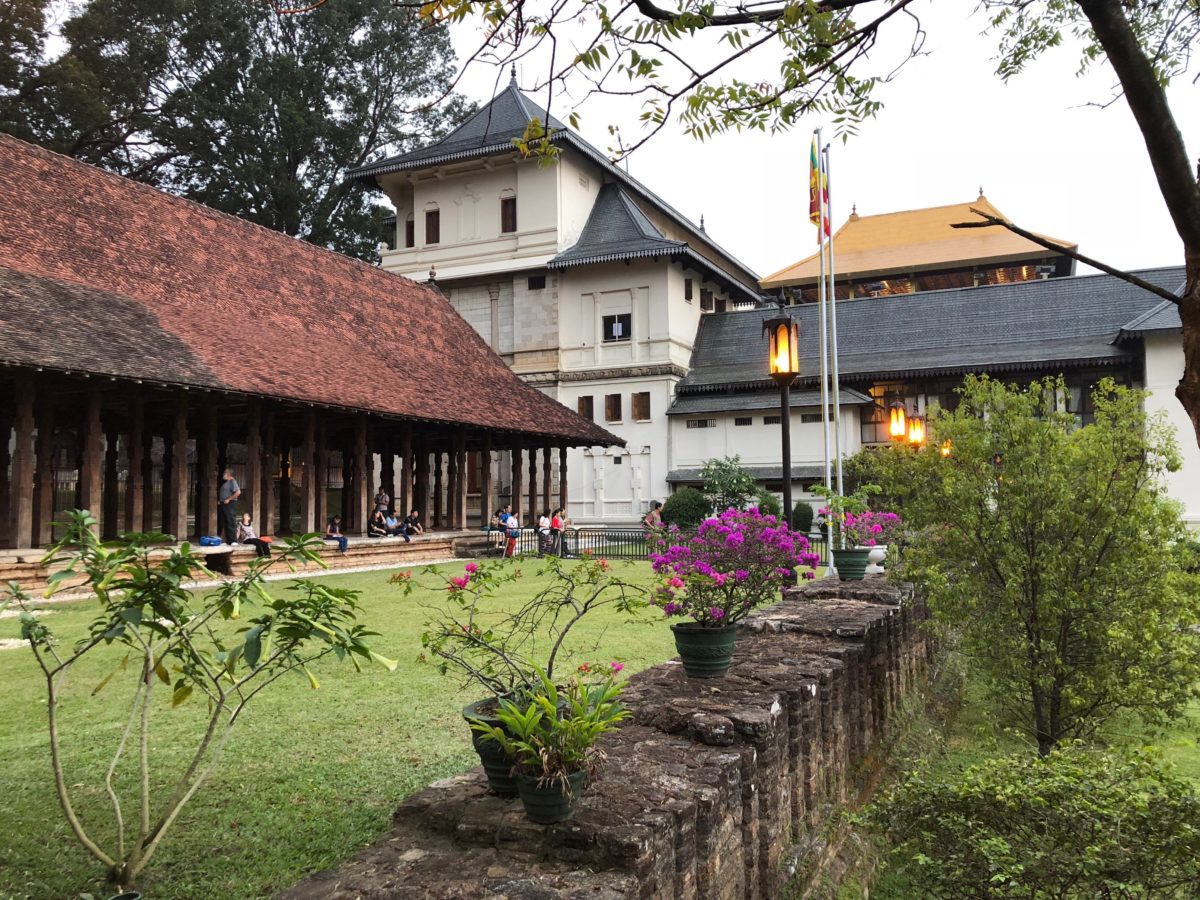
When Napoleon conquered the Netherlands, in the 1790s, the British occupied Dutch overseas colonies around the globe to prevent them from falling into hostile French hands – including South Africa, Java, and Ceylon.
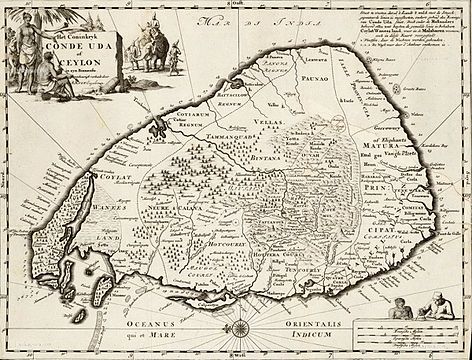
In the Treaty of Amiens in 1802 – a temporary halt in the Napoleonic Wars – the Dutch ceded Ceylon to the British.
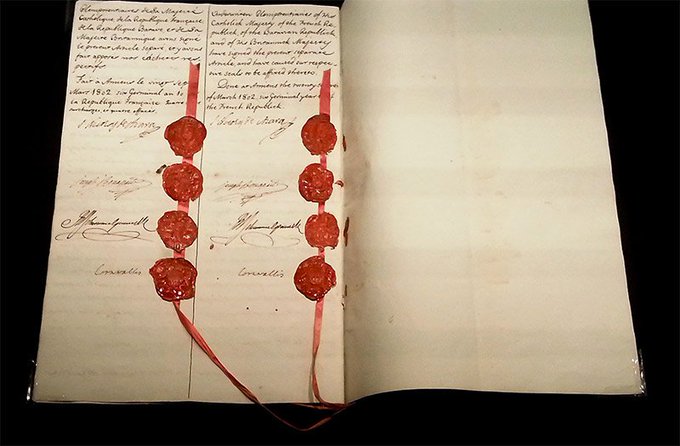
The British invaded the Sinhalese Kingdom of Kandy, in the central highlands, and after a long and bloody conflict, finally subdued it – and the entire island of Ceylon – in 1815.
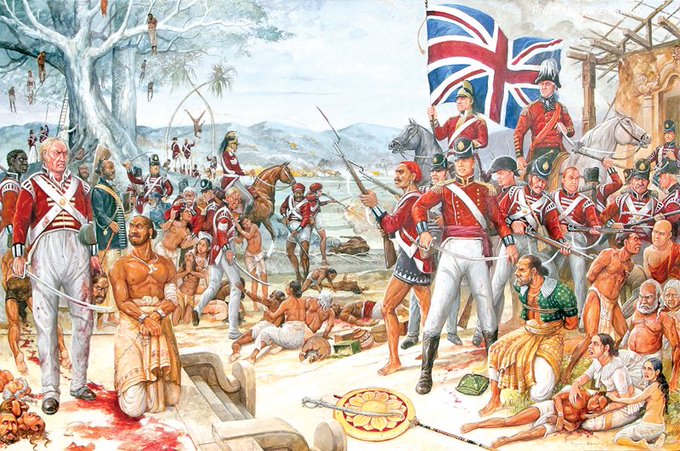
From 1815 to 1948, Ceylon was ruled separately from neighboring British India, as a Crown Colony reporting directly to London.
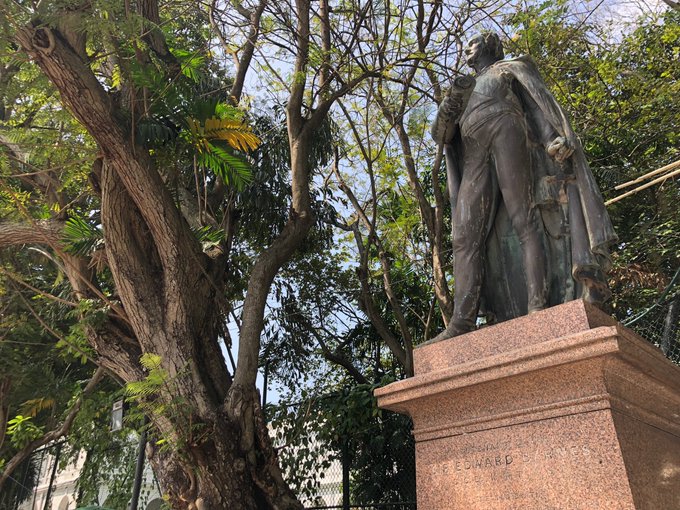
The British stripped the Sinhalese peasants of much of their land, in order to create a plantation economy producing lucrative cash crops. At first, the main cash crop of British Ceylon was coffee.
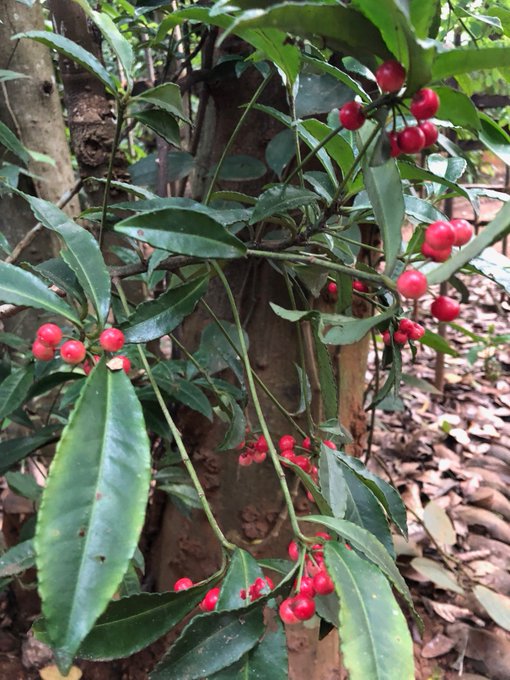
But in the 1870s, Ceylon’s coffee plantations were devastated by a ruinous disease called “coffee rust”. A replacement was urgently needed.
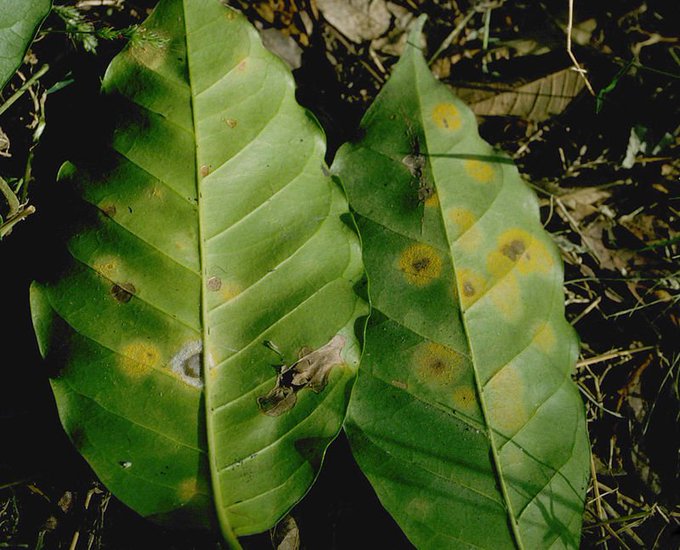
That replacement was tea, introduced to Ceylon’s central highlands by the English planter James Taylor.
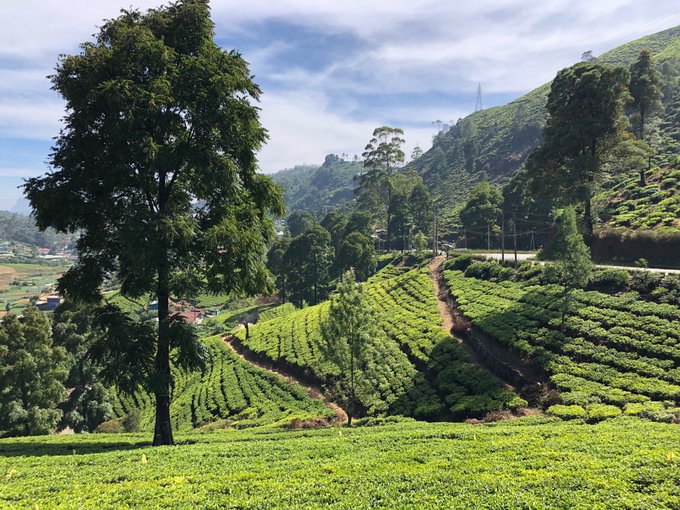
To work the tea plantations, the British imported Tamil laborers from India, like these women here, picking in front of an old tea factory on the road from Kandy to Nuwara Eliya, in the central highlands of Sri Lanka.
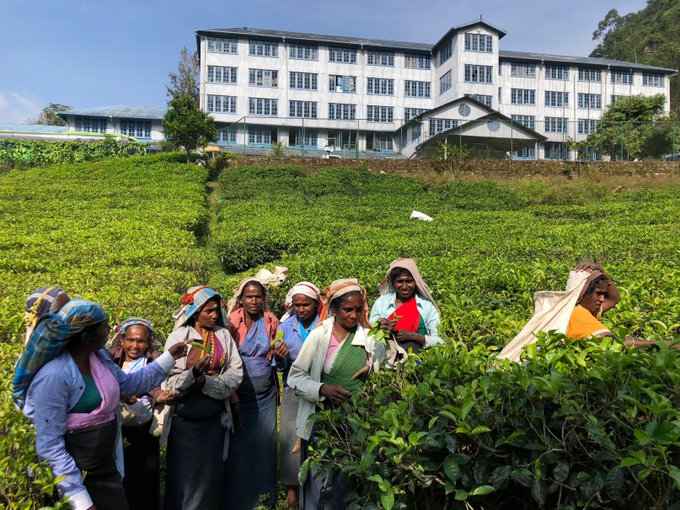
So alongside the Tamils of the north, with ancient roots in Sri Lanka, there was now an influx of Tamils from India, into highland tea plantations. Together, these Hindus – in contrast to the largely Buddhist Sinhalese – made up a growing part of the island’s population.
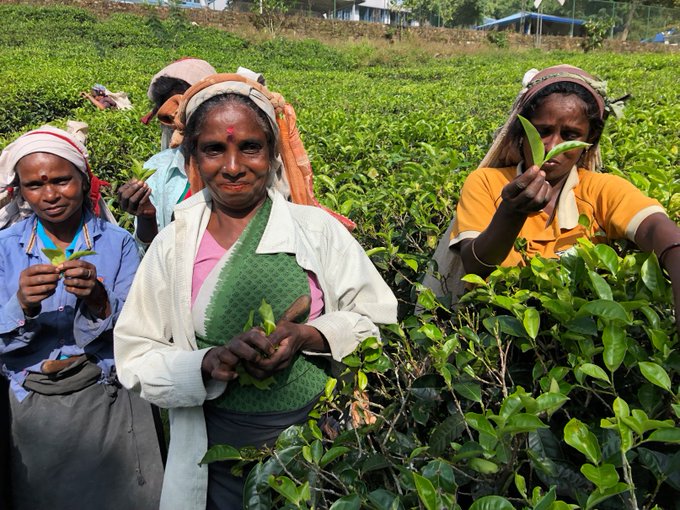
One of the most famous names associated with Ceylon tea was Sir Thomas Lipton. He was not a tea planter himself, but a Scottish grocery store tycoon who contracted with the English planters in Ceylon to supply what became his famous brand.
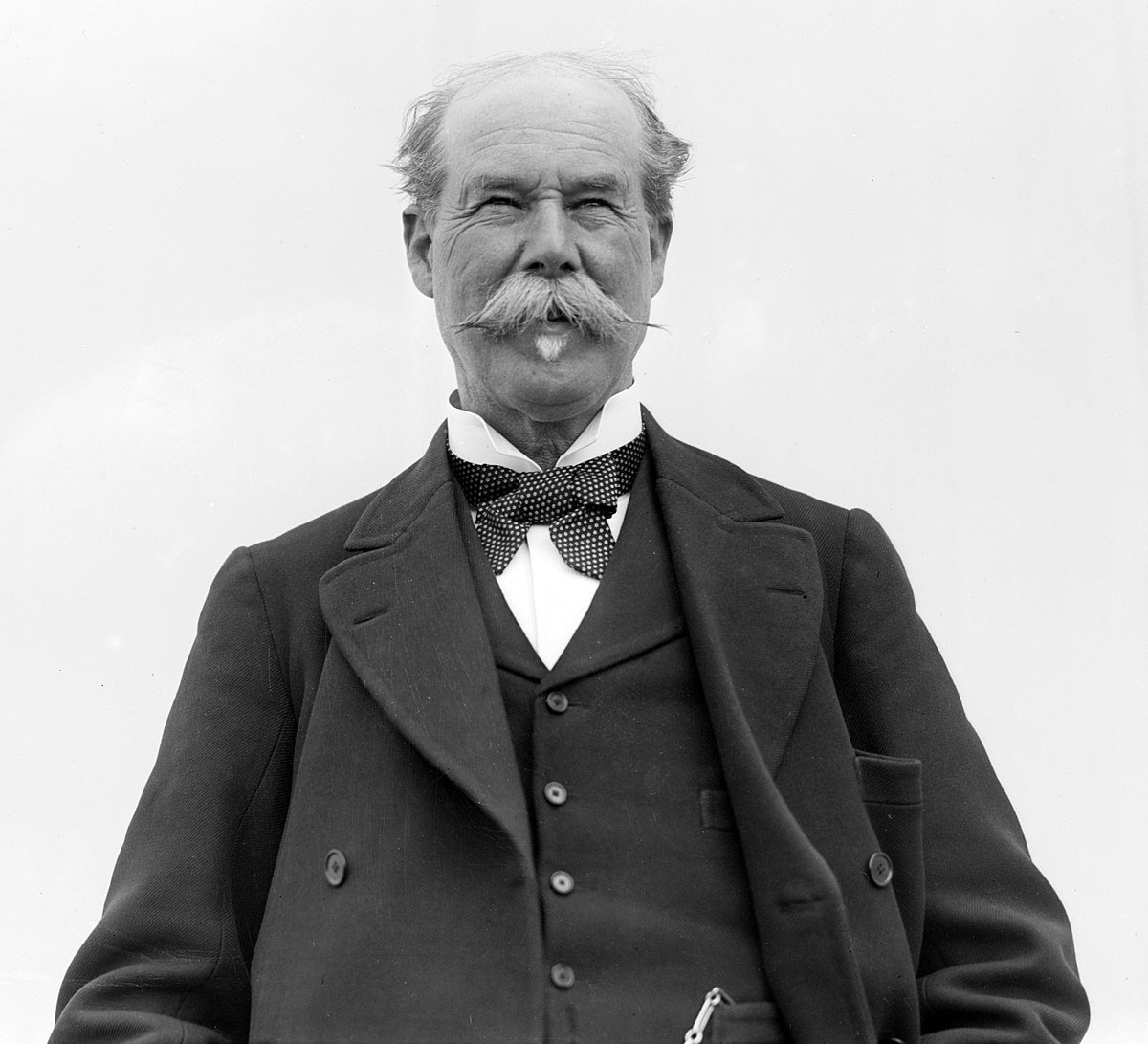
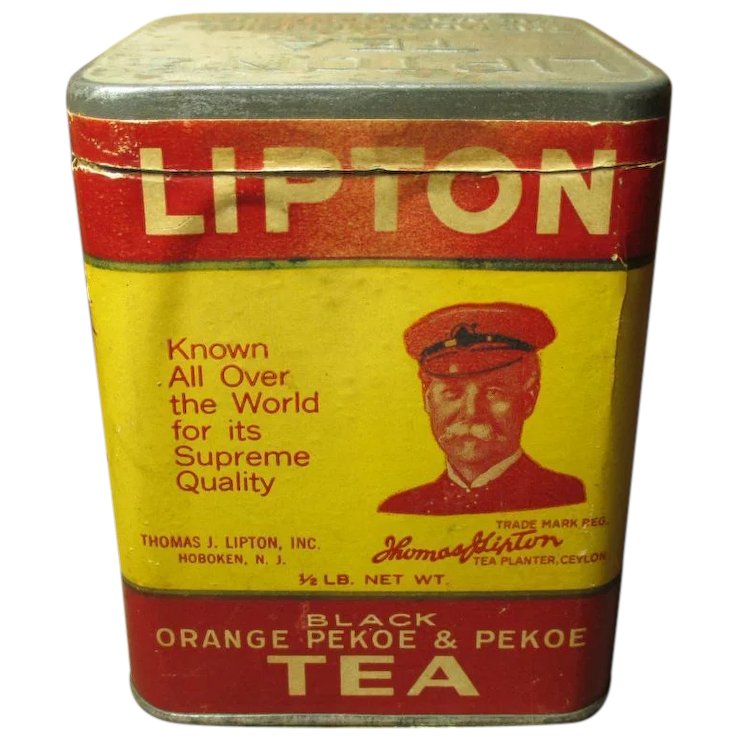
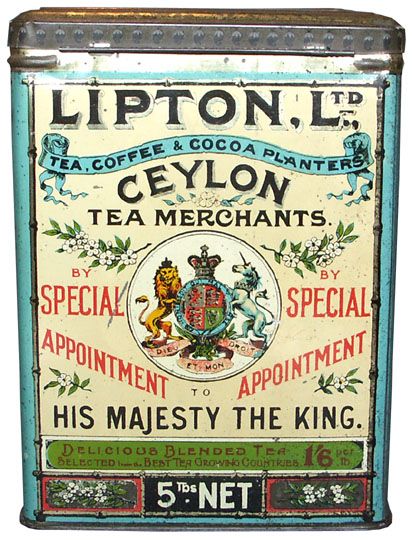
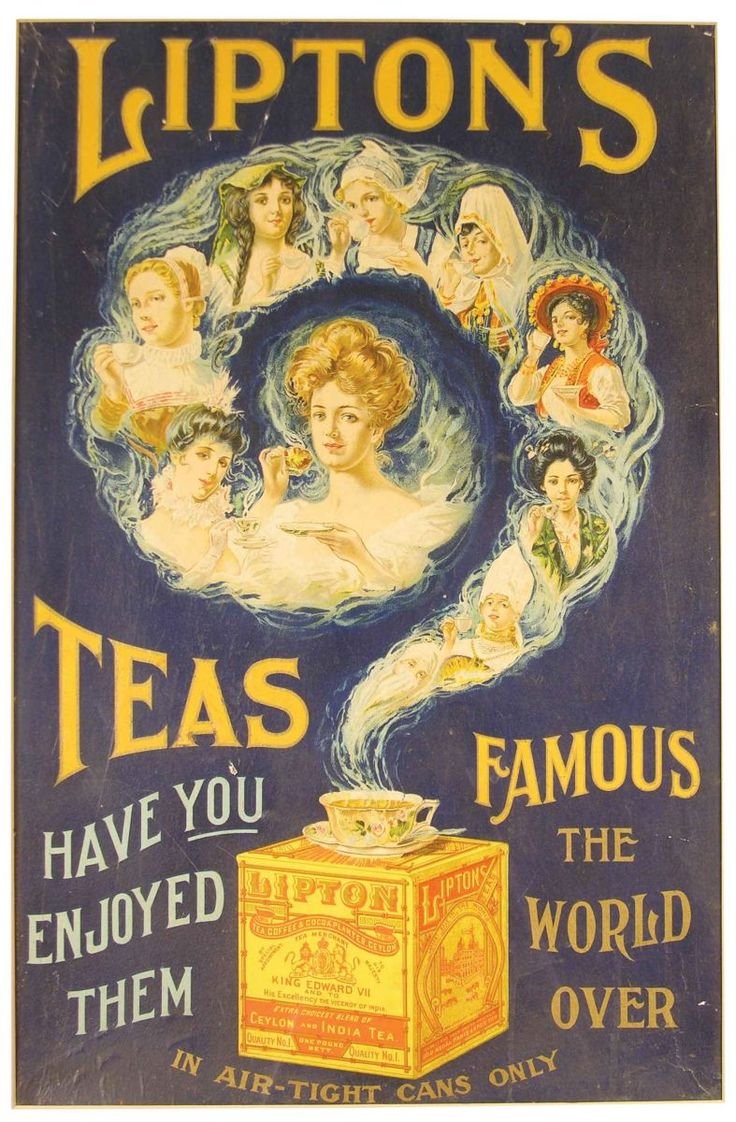
The colony’s capital of Colombo became a major shipping and financial center for this export economy supplying Britain with its precious tea, as well as rubber and spices.
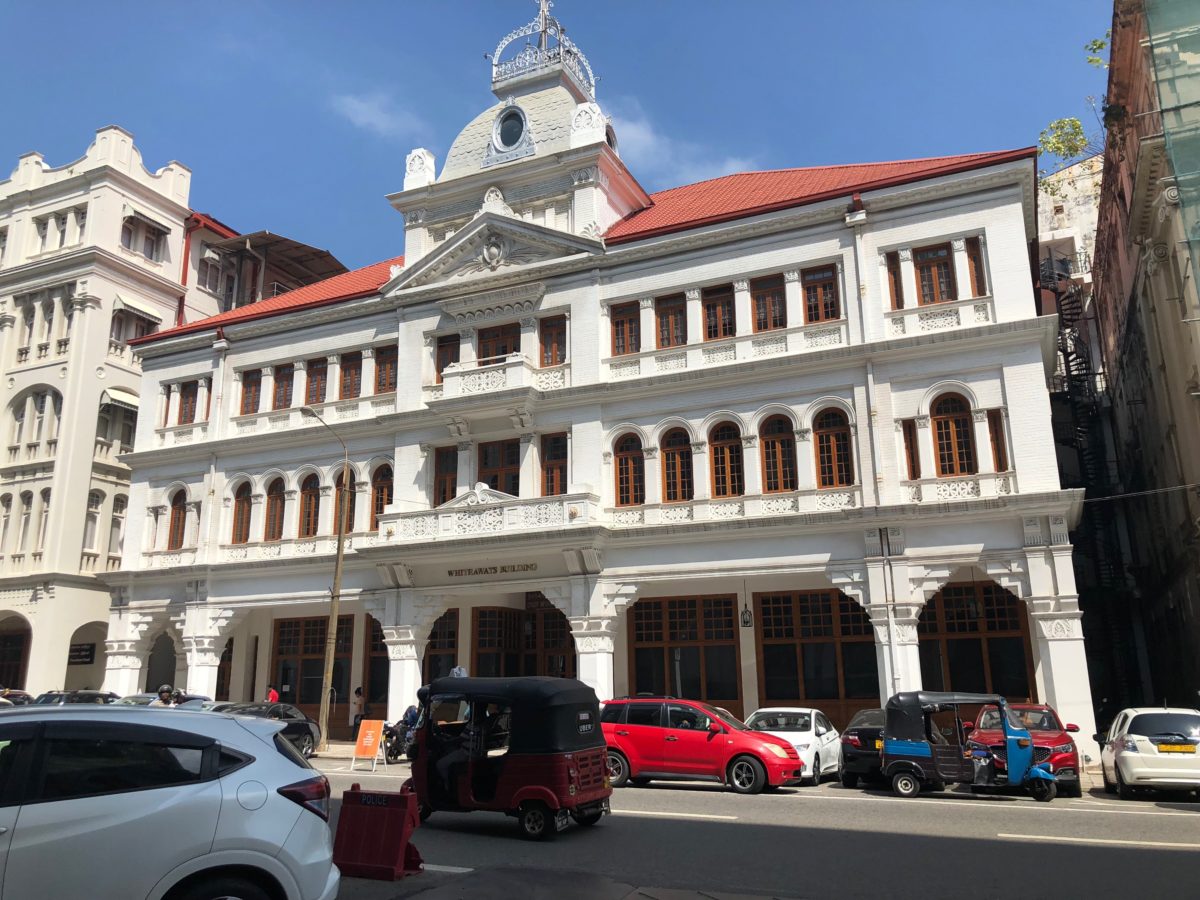
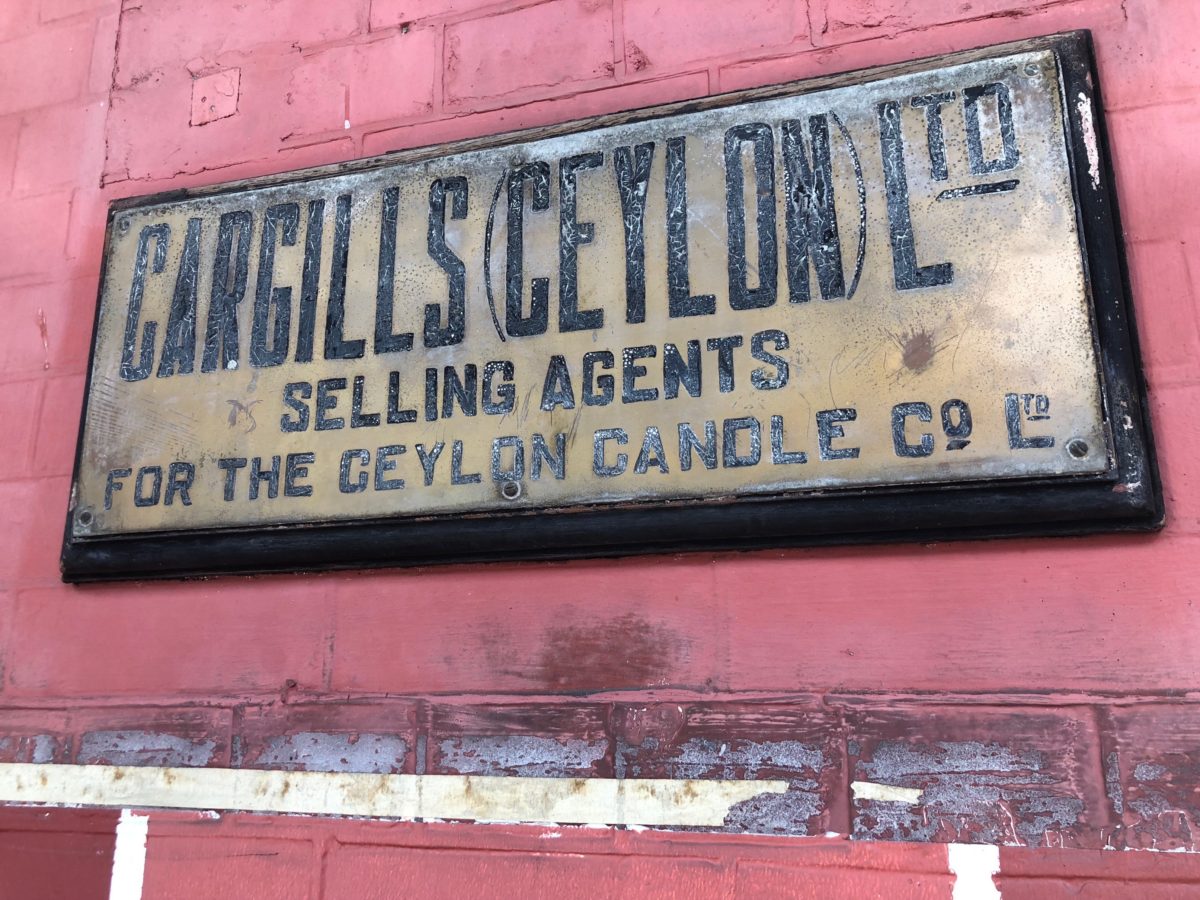
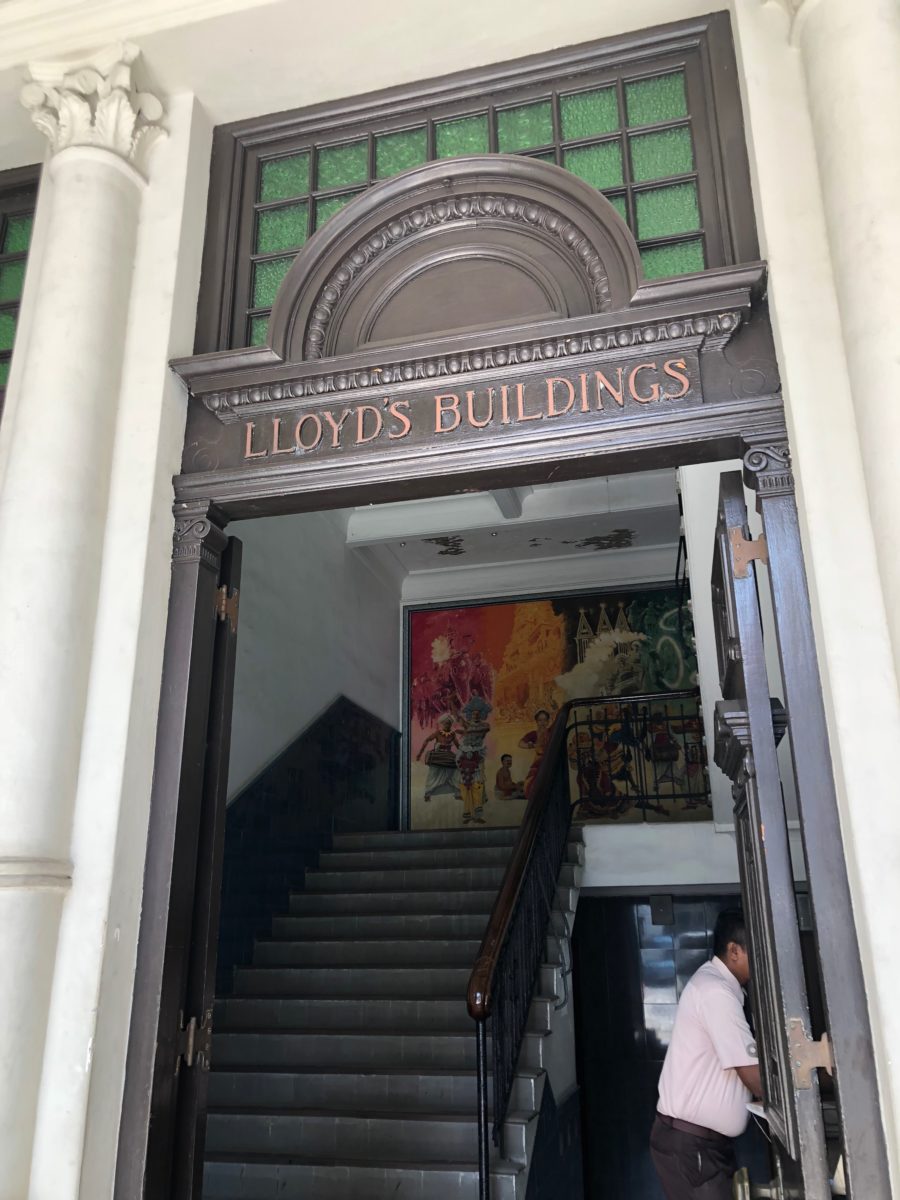
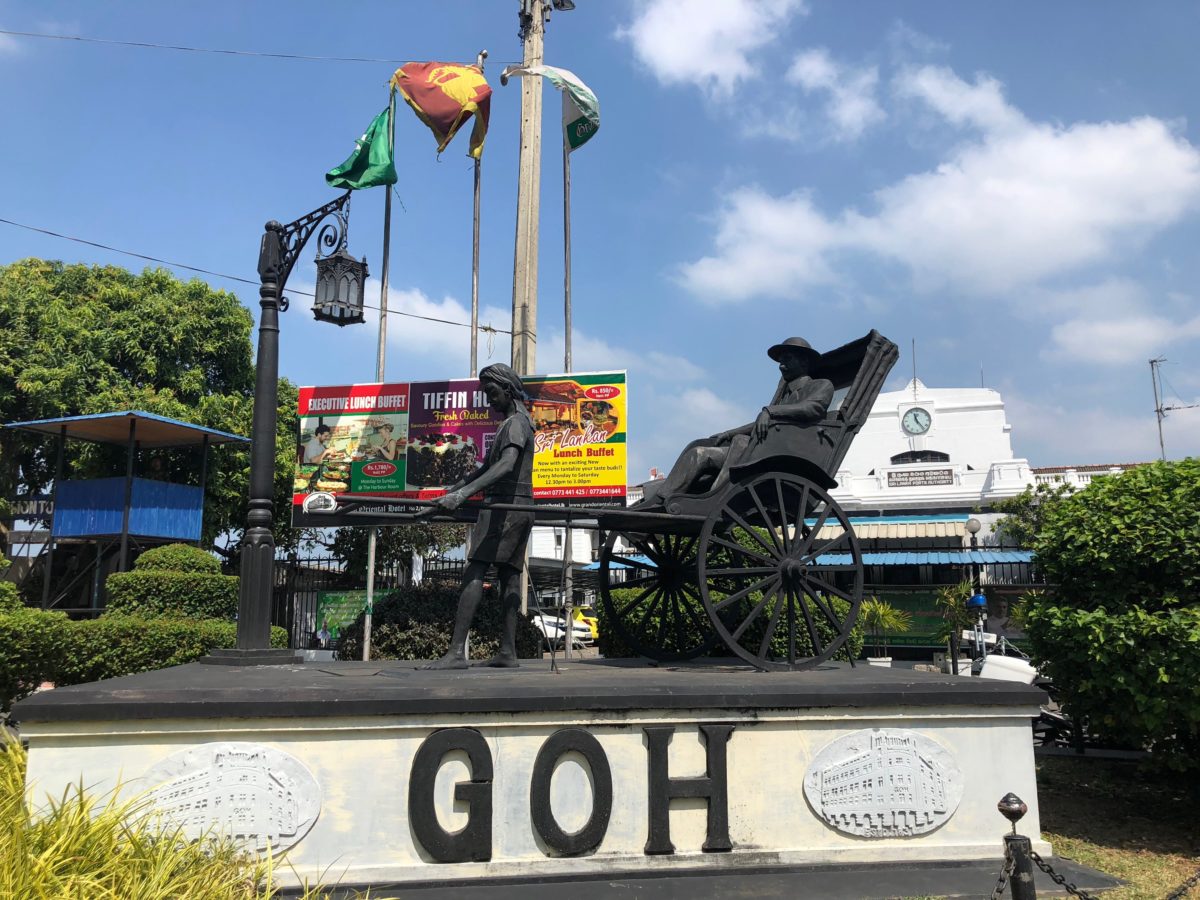
Founded in 1864, even before the tea boom kicked off, Colombo’s Galle Face Hotel became one of the most elegant colonial hotels in Asia. Its guest list has included Gandhi, Rockefeller, Gagarin, Eisenhower, Nehru, Nixon, Mountbatten, Tito, and 007 (Roger Moore).
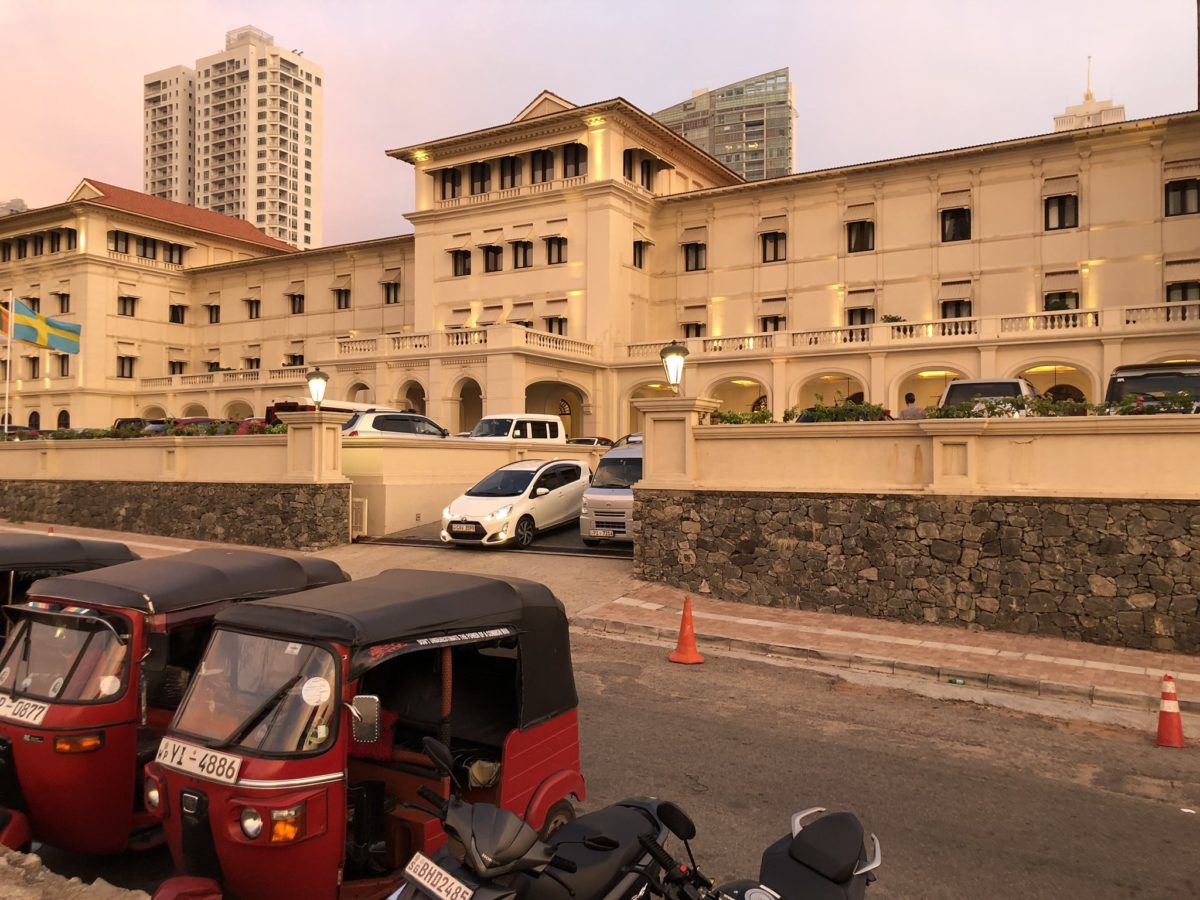
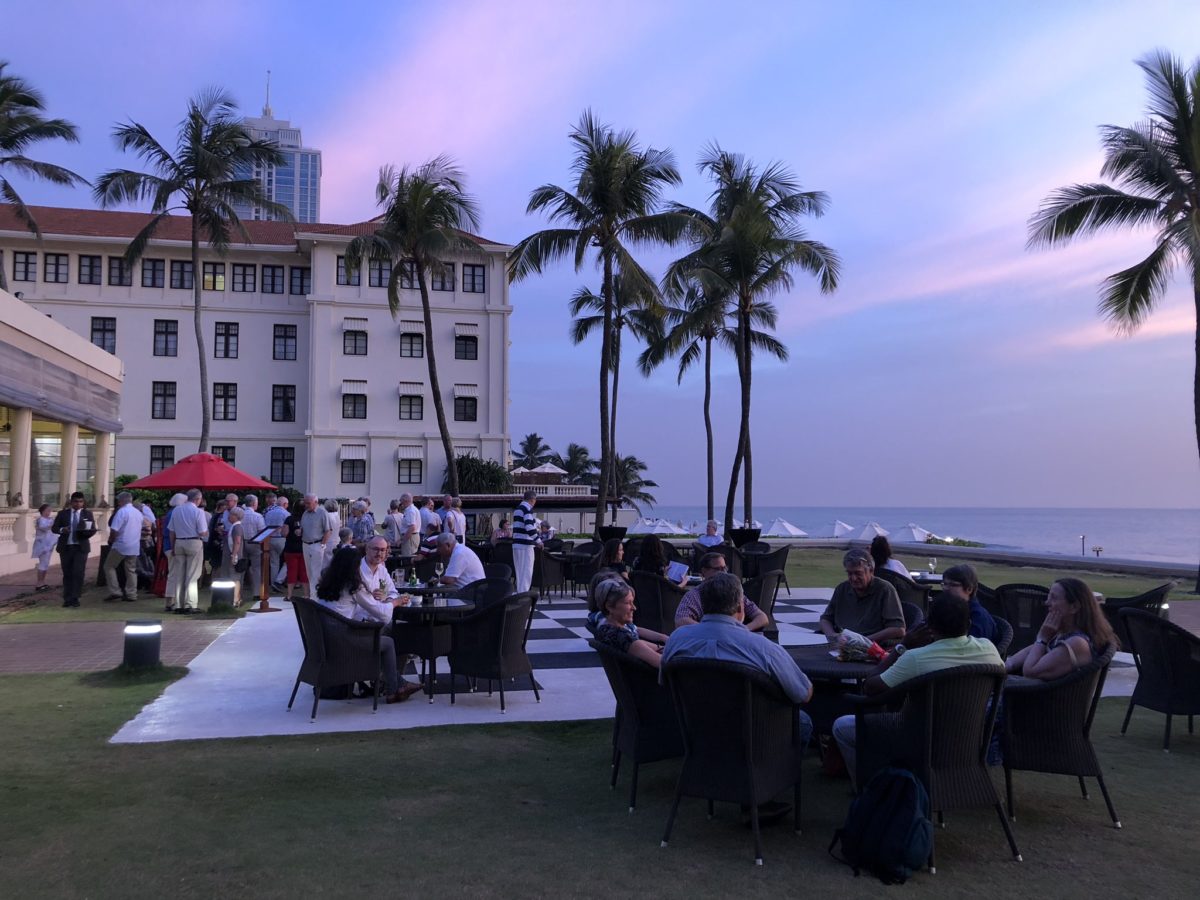
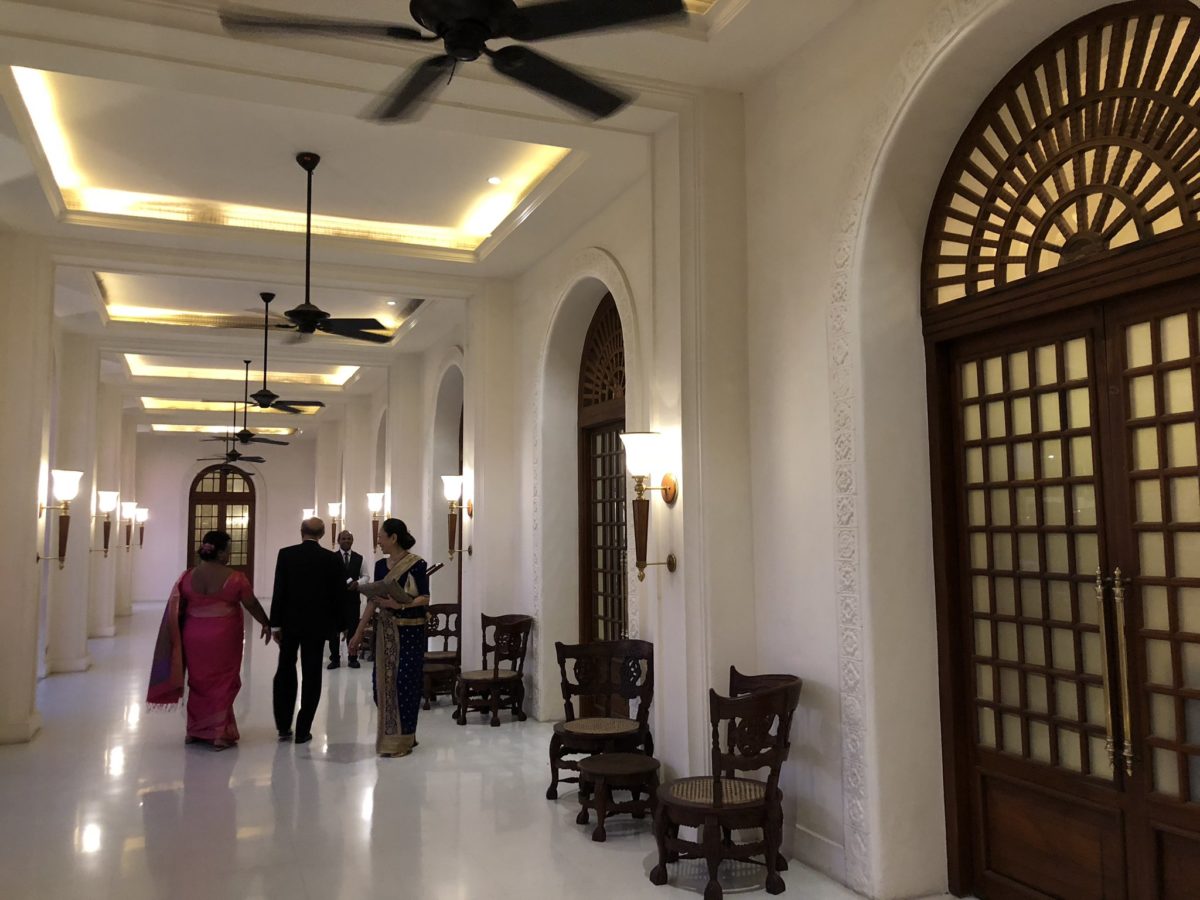
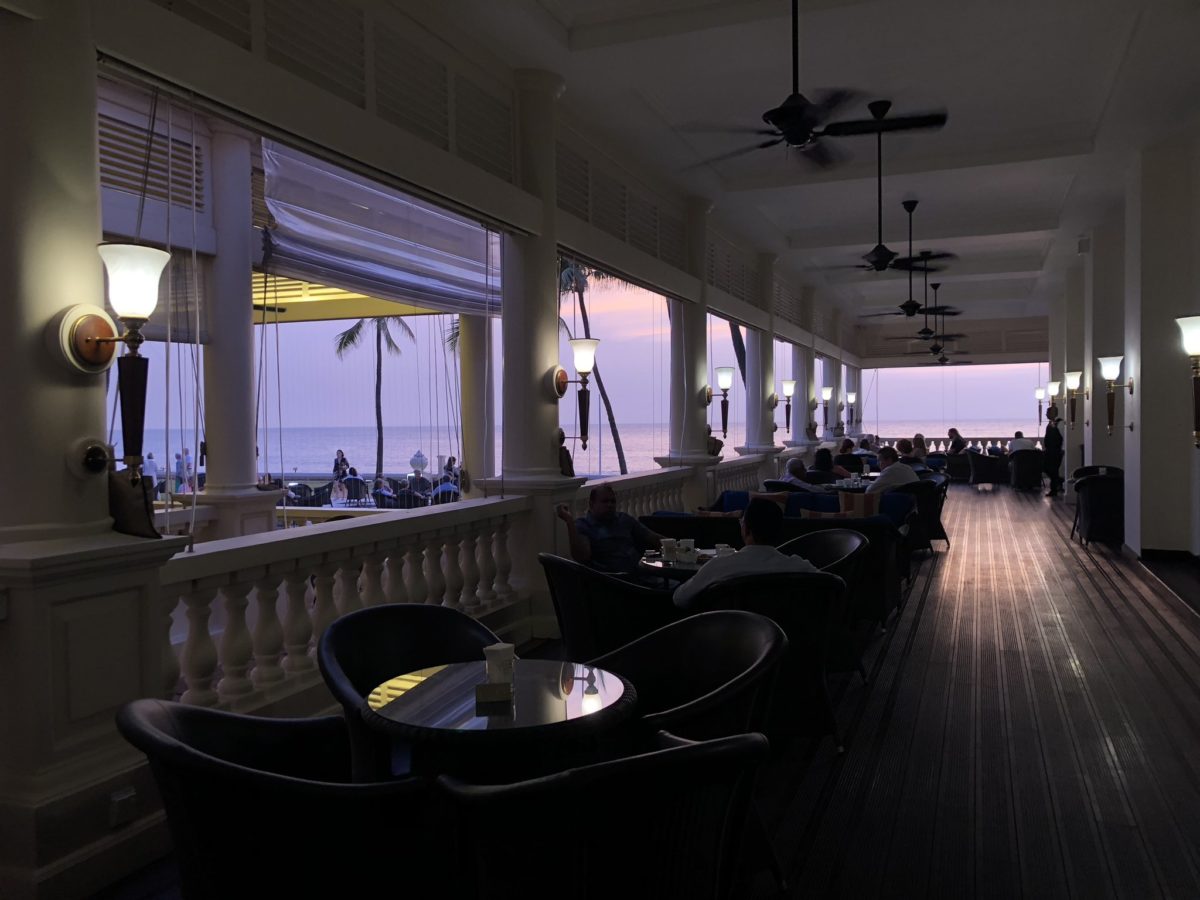
In 1880, the American spiritualist Henry Steel Olcott arrived in Colombo with the goal of reviving Buddhism in Ceylon, which had fallen largely into folk worship. The combination of US-style revivalism with Eastern mysticism and nascent Sinhalese nationalism proved potent.
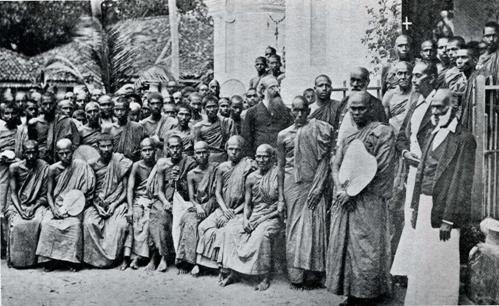
Olcott’s local secretary, Anagarika Dharmapala, crafted this revival into a powerful (and many would argue chauvinist) reawakening of Sinhalese national identity, centered on the revival of Buddhism.
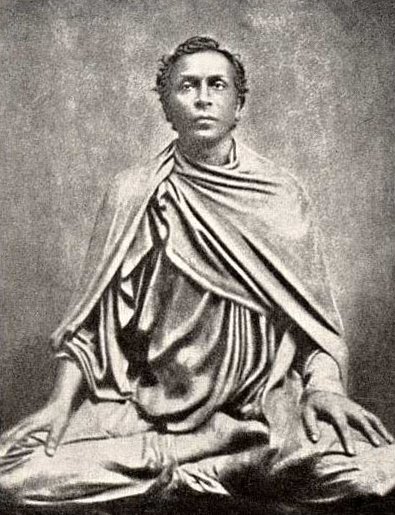
But for the moment, such tensions lay dormant, and Ceylon saw a peaceful transition to post-war independence from British rule in 1948, with none of the violent upheavals experienced in neighboring India. (Original capitol building in Colombo).
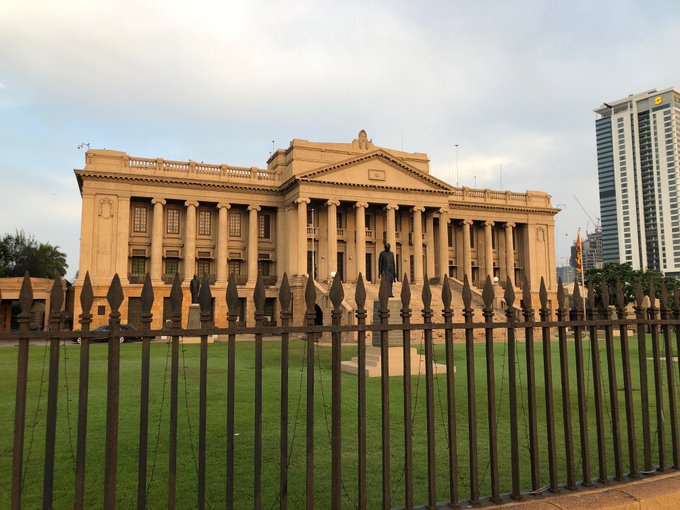
When it became independent in 1948, Ceylon was – alongside Japan and Burma – one of the wealthiest nations in Asia, with a future that seemed full of promise.
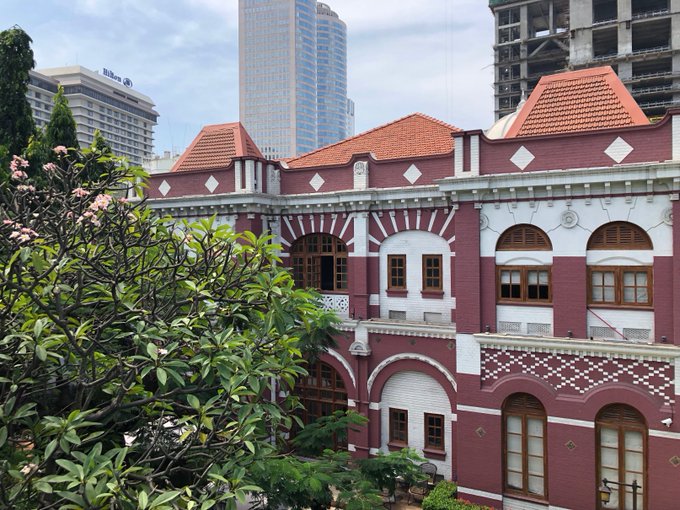
One quick (and highly relevant) aside, about the flag of independent Ceylon (later Sri Lanka). The lion represents that majority Sinhalese, the saffron border Buddhism, and the two stripes, orange and green, the minority (Hindu) Tamils and Muslims respectively.
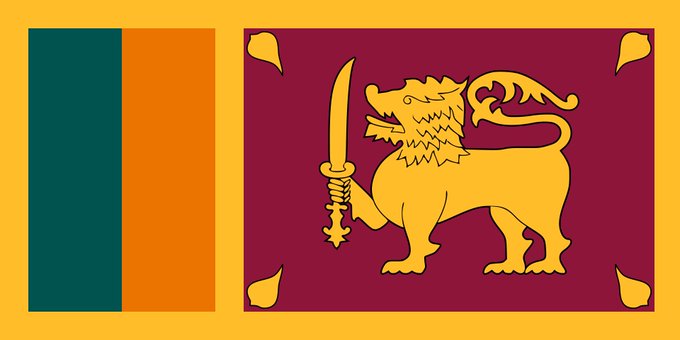
One of the challenges of independence was that Ceylon was led by a highly Anglicized elite, many of them educated in England, who had little in common with most of the island’s peasant population. They tried to bridge this gap by appealing to cultural nativism.
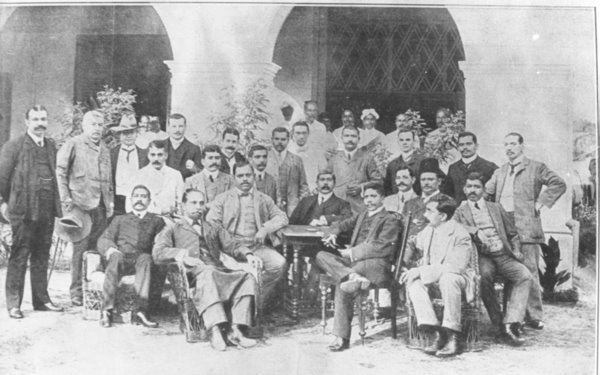
Right off the bat, in 1948, they passed the Ceylon Citizenship Act which denied citizenship to the nearly 800,000 Tamil plantation workers brought to Ceylon from India by the British. Many eventually were deported to India.
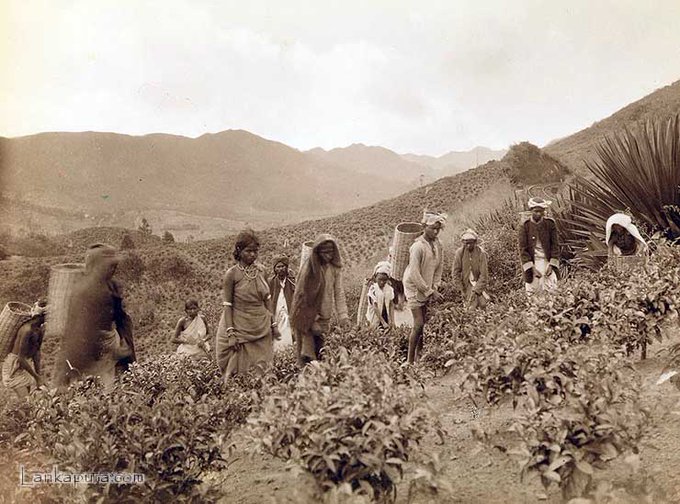
Then in 1956, Prime Minister S.W.R.D. Bandaranaike passed the Sinhala Only Act, making Sinhalese the country’s sole official language (and excluding Tamil). The irony is that Oxford-educated Bandaranaike could barely speak Sinhalese, preferring English.
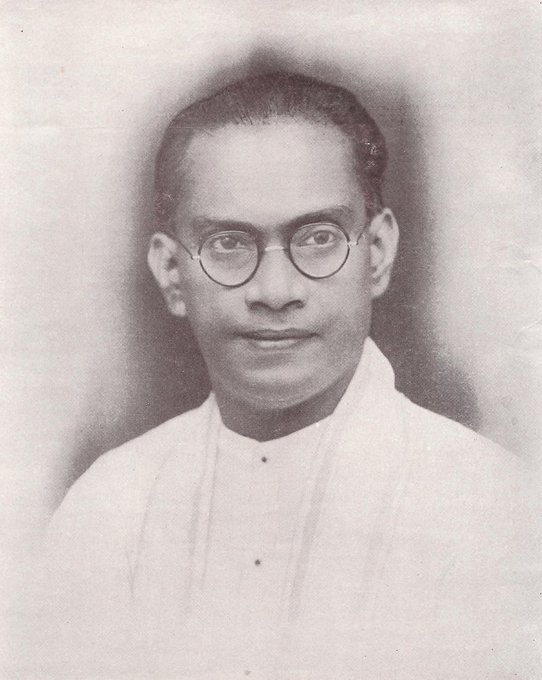
Under British rule, Ceylon’s Tamils had been more exposed to Christian missionaries than the Sinhalese. They also traveled more easily among their ethnic relatives in British India. As a result, many mastered English and rose to prominent roles in the colonial bureaucracy.
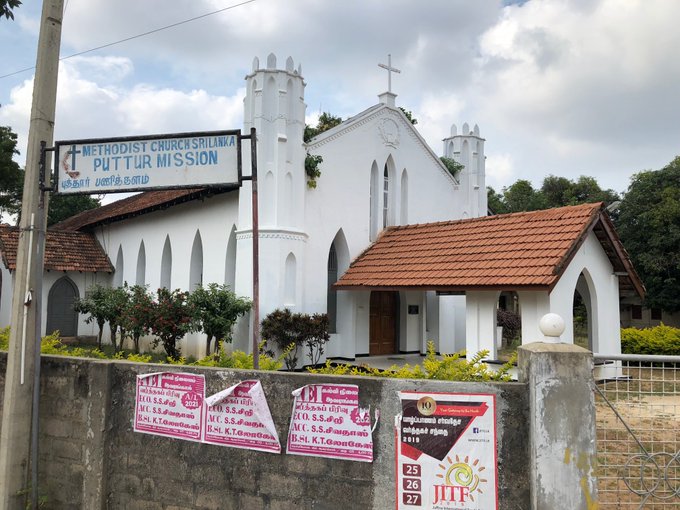
This prominence was resented by the majority Buddhist Sinhalese after independence. Quarrels over language, education, and civil rights were punctuated by outbreaks of communal violence during the 1950s, ’60s, and ’70s.
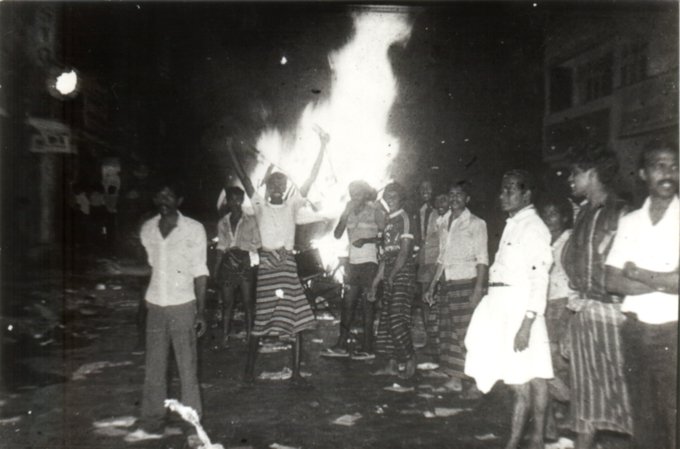
In the early 1970s, Ceylon’s government faced a Marxist revolt in the south led by Sinhalese youth dissatisfied with the fruits of independence. It responded by trying to rally nationalist sentiment aimed against the minority Tamils.
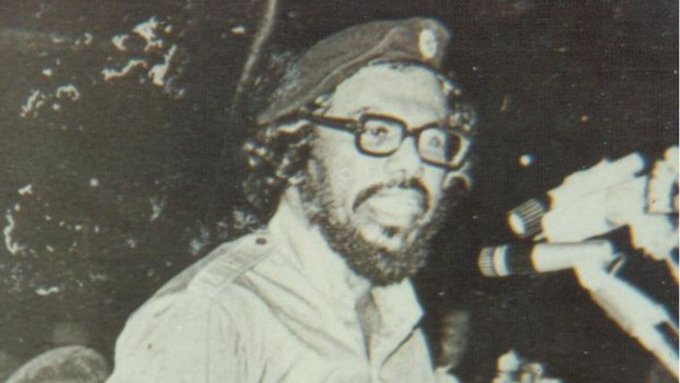
In 1972, the embattled government changed the country’s official name from Ceylon to Sri Lanka, a name of Sanskrit origin that further angered and alienated many Tamils.
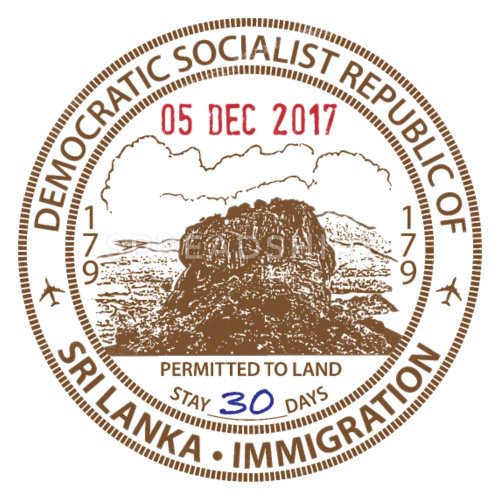
More and more Tamils in Sri Lanka became radicalized. In 1976, a small group of them founded the Liberation Tigers of Tamil Eelam (LTTE) dedicated to an armed struggle for independence.
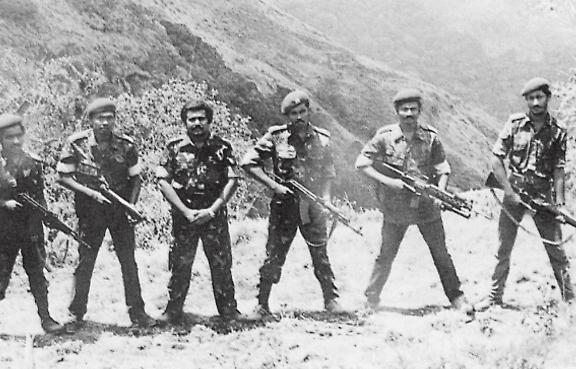
In 1981, this building, the public library in Jaffna, was burned down after a curfew imposed by Sri Lankan government troops. Thousands of works of Tamil literature was destroyed, in what Tamils were convinced was a deliberate act of cultural genocide.
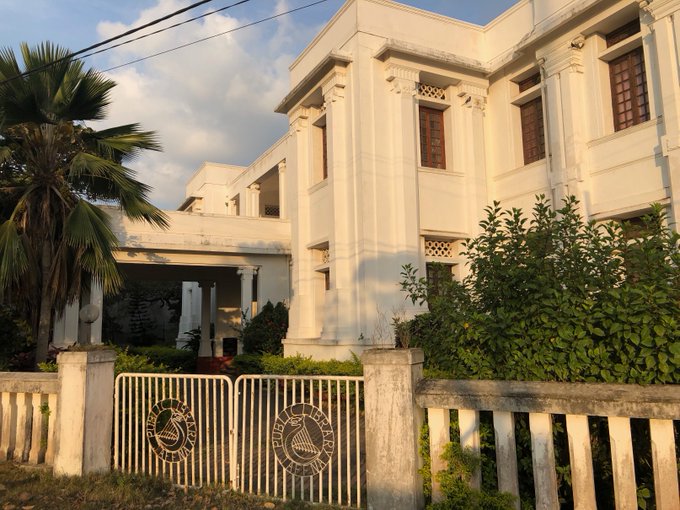
wo years later, in 1983, the LTTE retaliated by ambushing an army patrol near Jaffna, killing 13 soldiers. The attack sparked a nationwide pogrom (“Black July”) in which up to 3,000 Tamils were killed and 150,000 made homeless. The civil war was on.
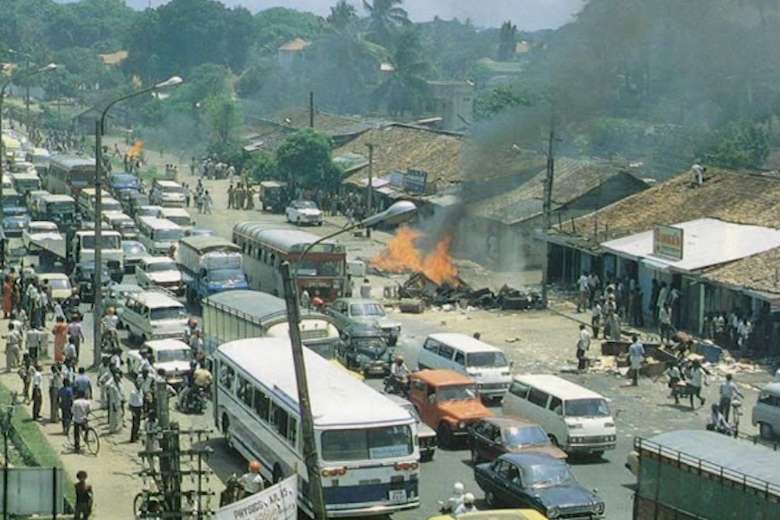
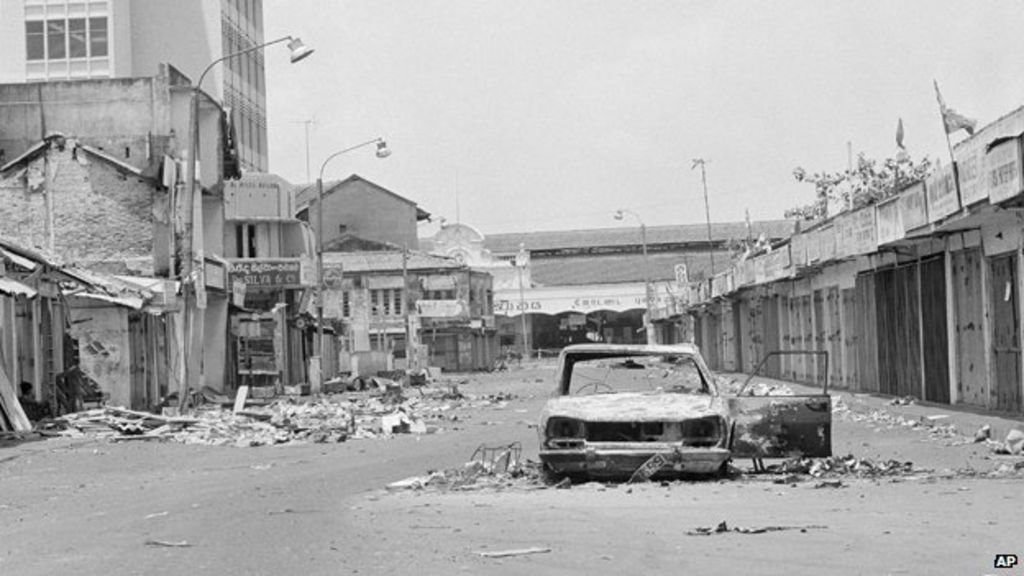
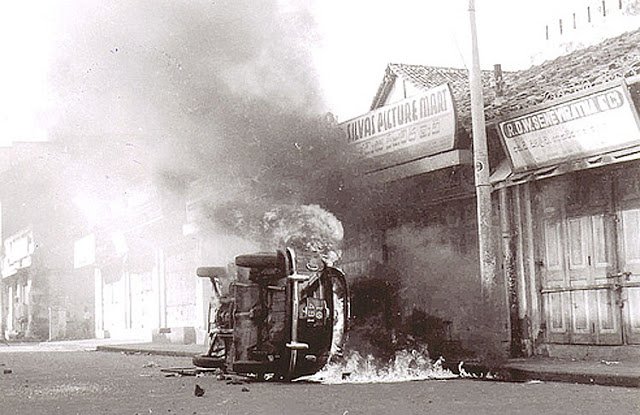
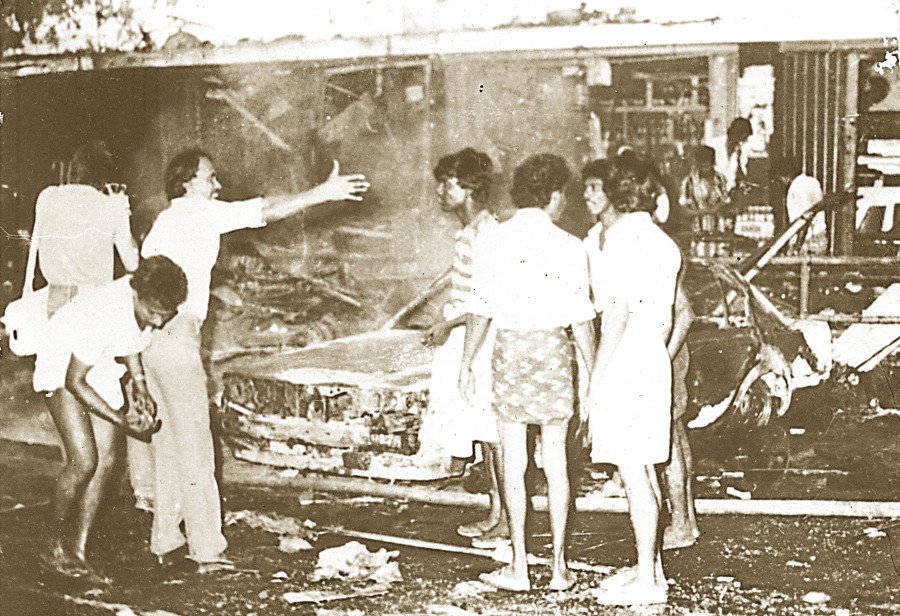
he LTTE, or “Tamil Tigers” as they came to be known, wanted an independent country called “Tamil Eelam” in the north and coastal regions of the island.
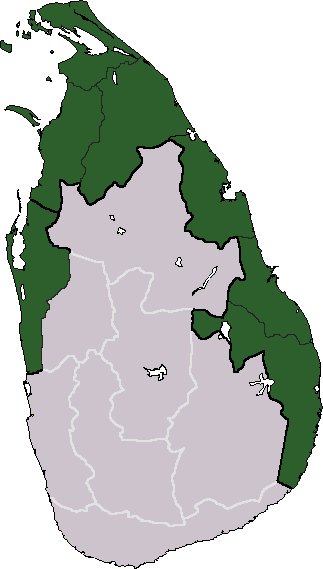
The Tamil Tigers were led by Velupillai Prabhakaran, their supreme military leader who became a cult figure, inspiring fanatical and ruthless devotion among his followers.
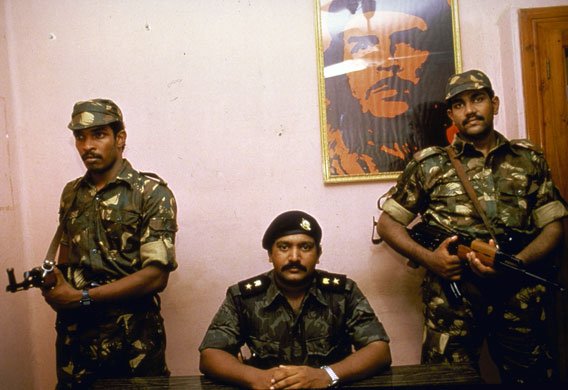
The Tamil Tigers were incredibly resourceful, even creating their own “navy” of speed boats and homemade submarines.
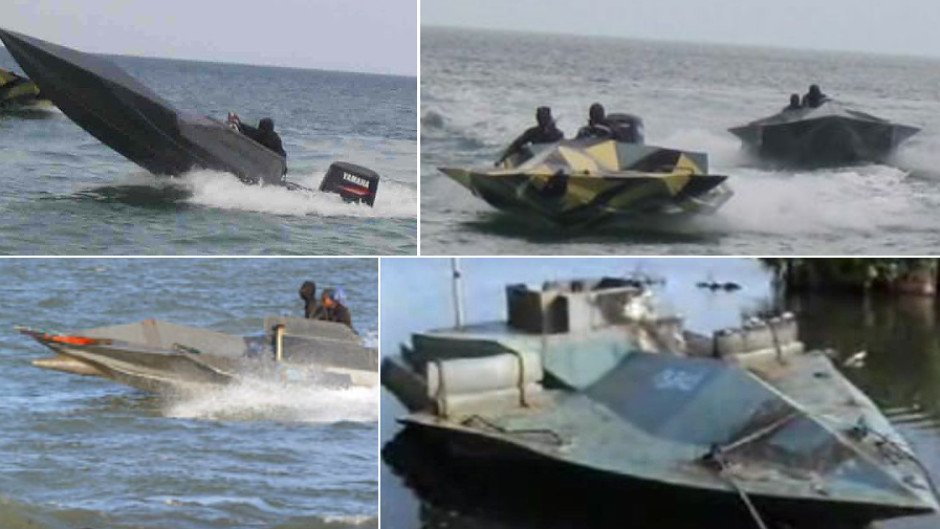
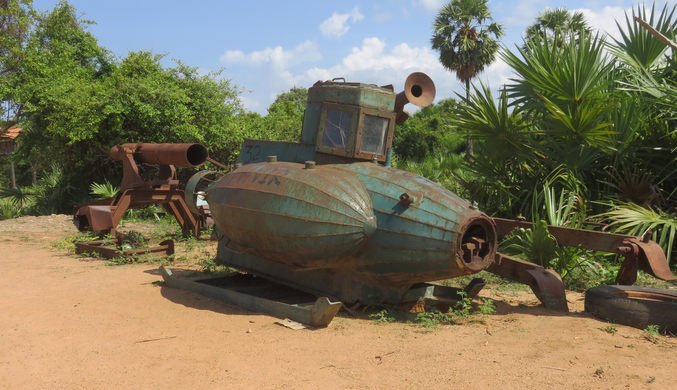
They were also incredibly brutal and ruthless, forcibly conscripting women and children as fighters, and giving each of them a cyanide capsule to take if captured.
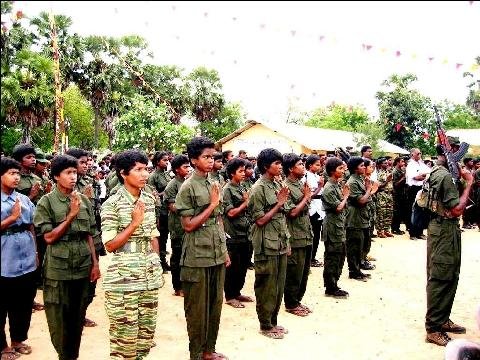
The Tamil Tigers pioneered the practice of employing suicide bombers – many of them women – to attack government and civilian targets throughout Sri Lanka.
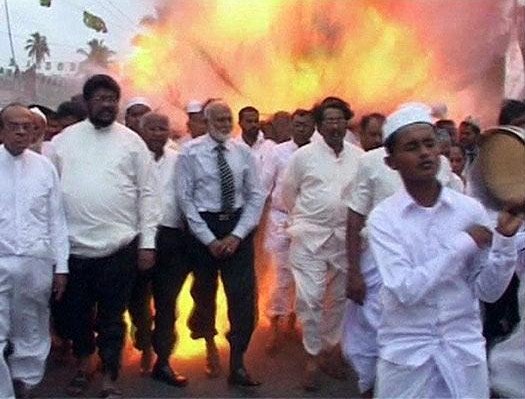
The LTTE was able to exert control over a significant chunk of the territory they claimed, which they administered from their provisional capital of Kilinochchi.
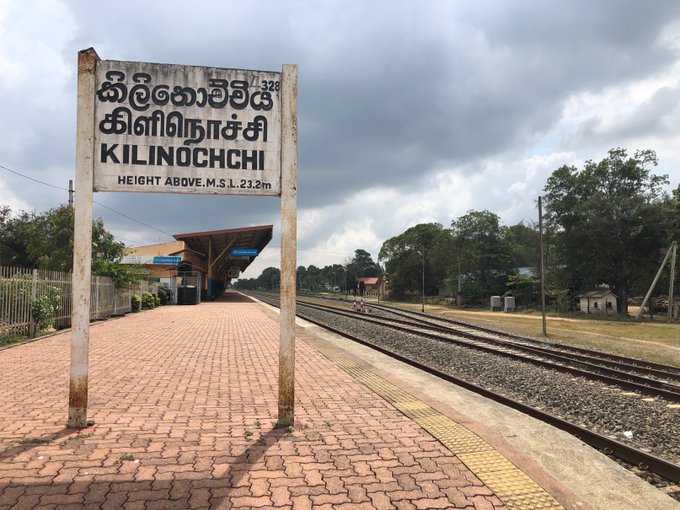
The Sri Lankan army was – during the day at least – able to control the Jaffna peninsula. Elephant Pass, the narrow isthmus connecting the Jaffna peninsula to the rest of Sri Lanka, became a fiercely contested battleground.
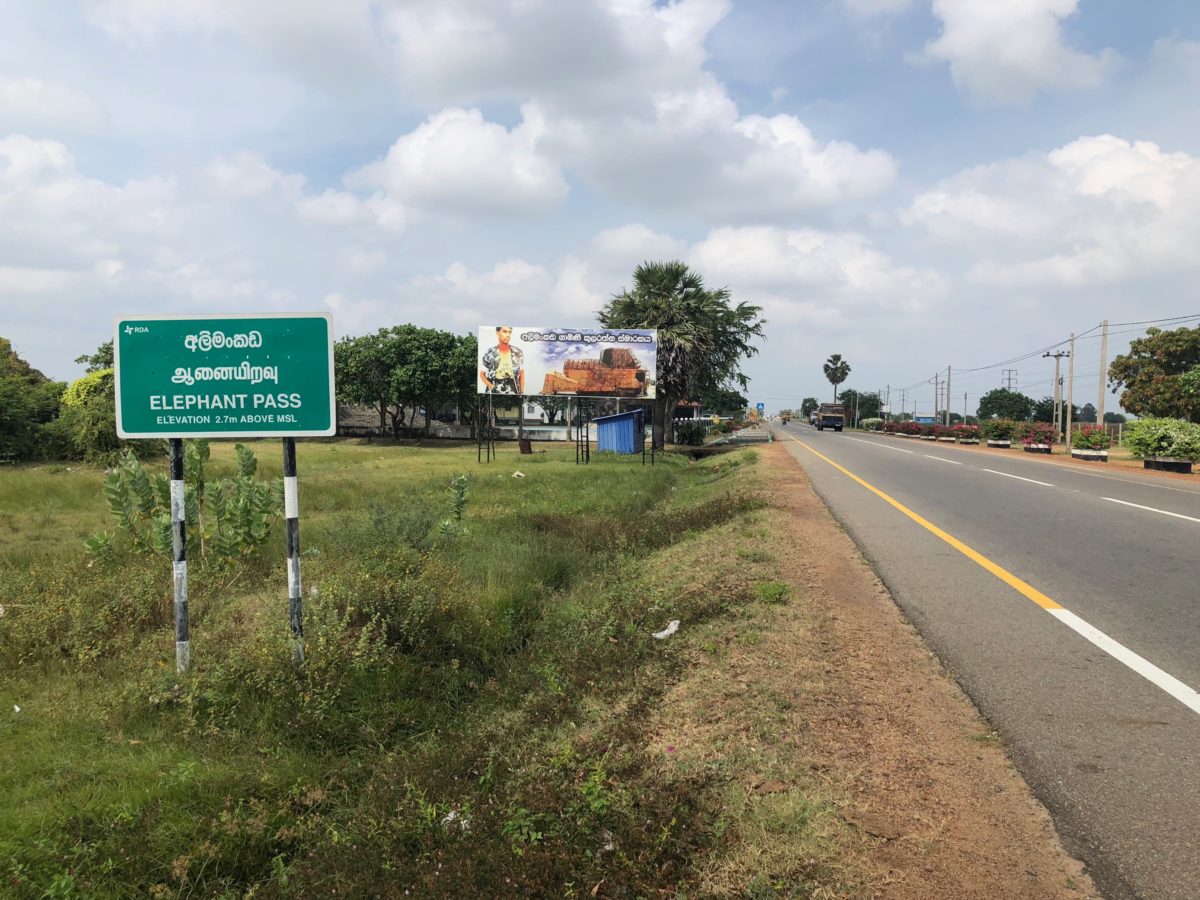
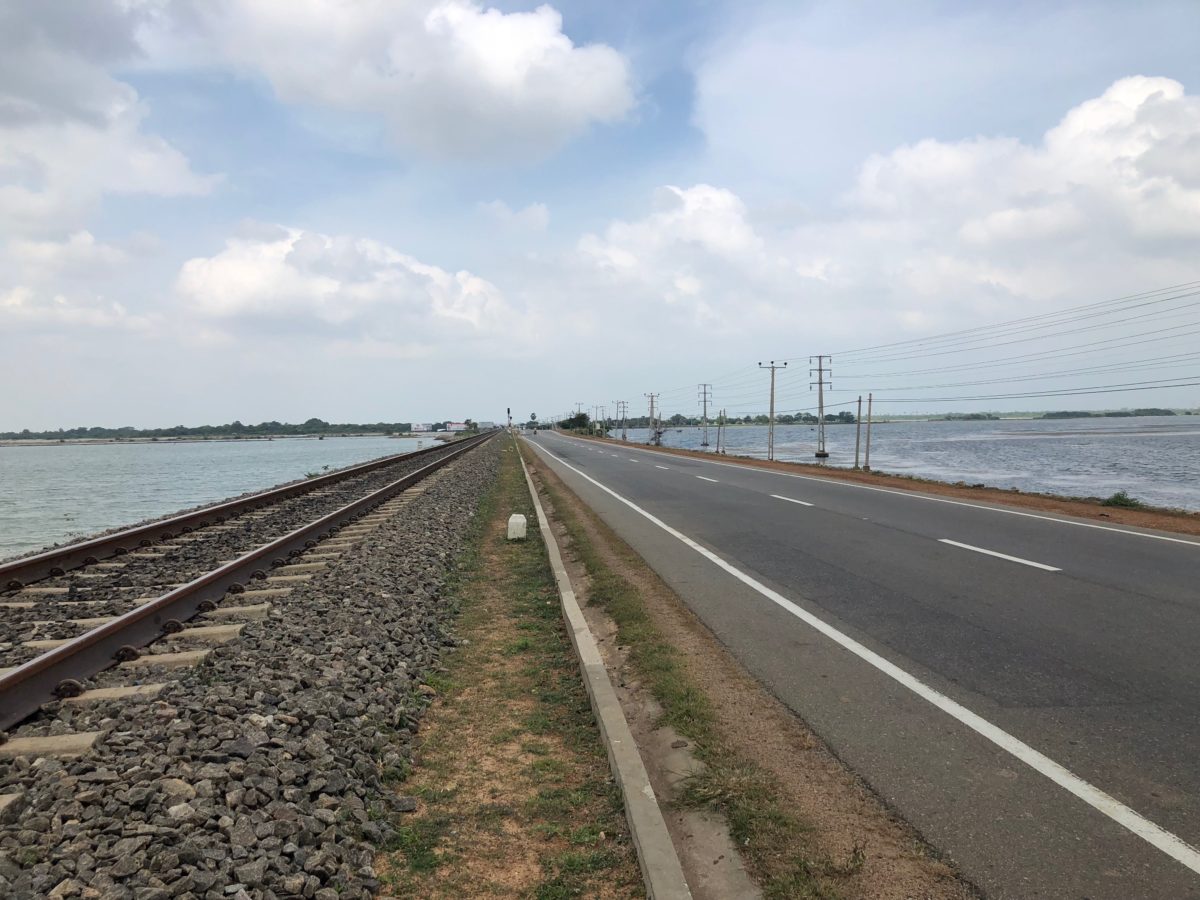
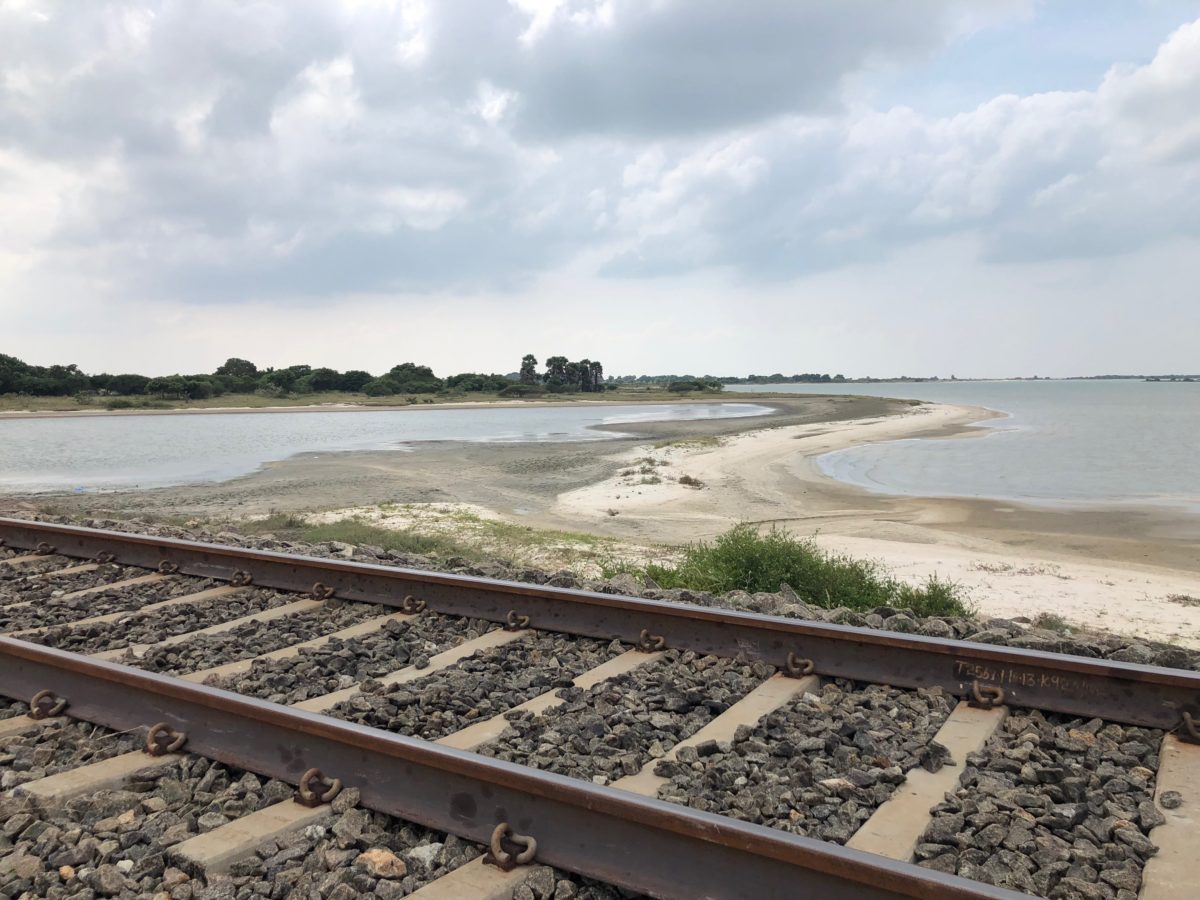
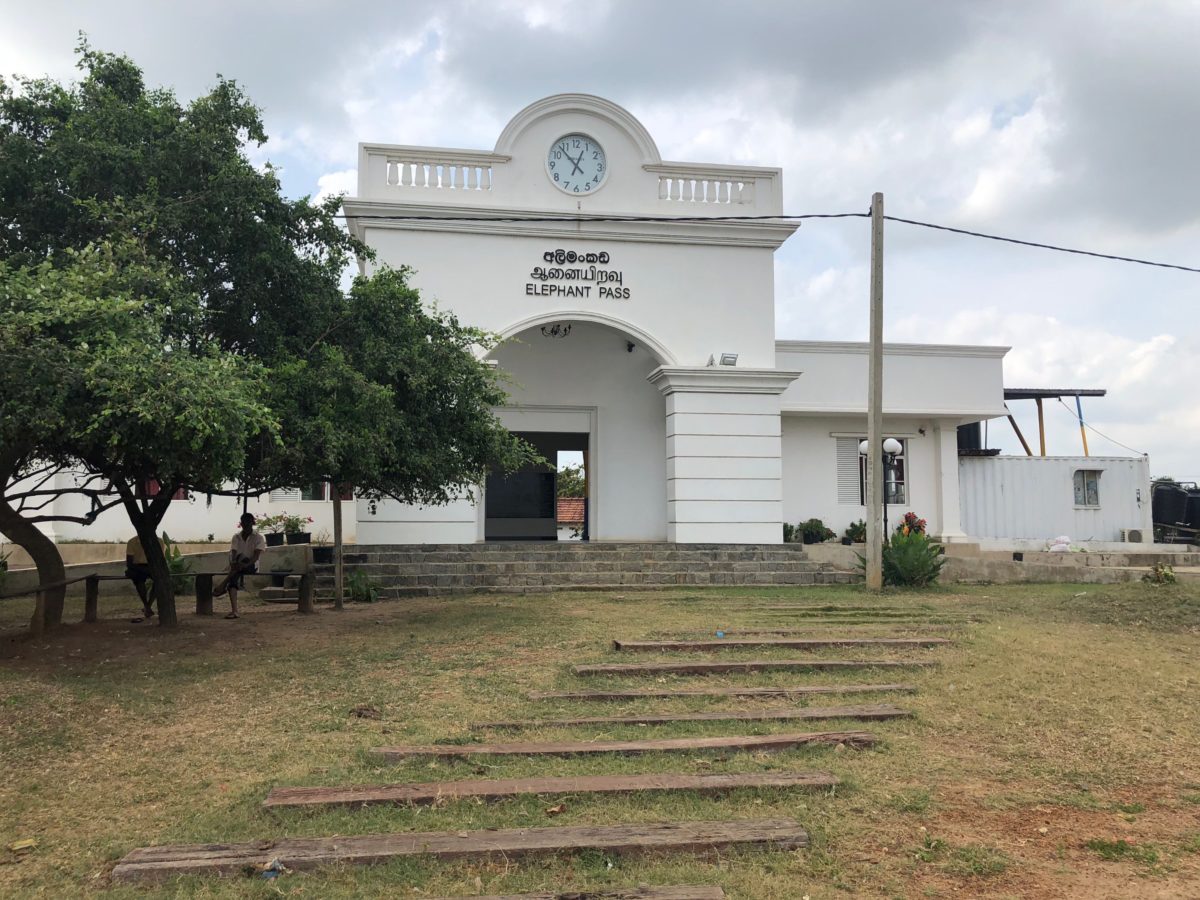
There are two monuments at Elephant Pass today. The first, on the southern end, honors a Sri Lanka soldier who took out an LTTE armored bulldozer, at the cost of his own life.
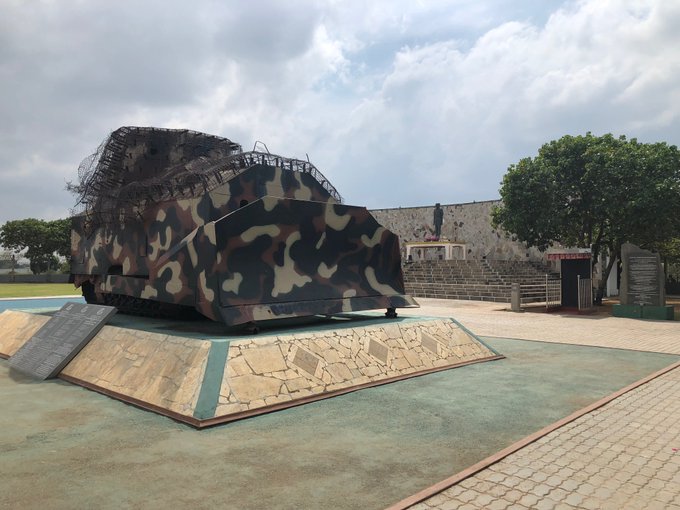
The second monument, on the northern end, is a stupa-like victory mound overlooking the causeway.
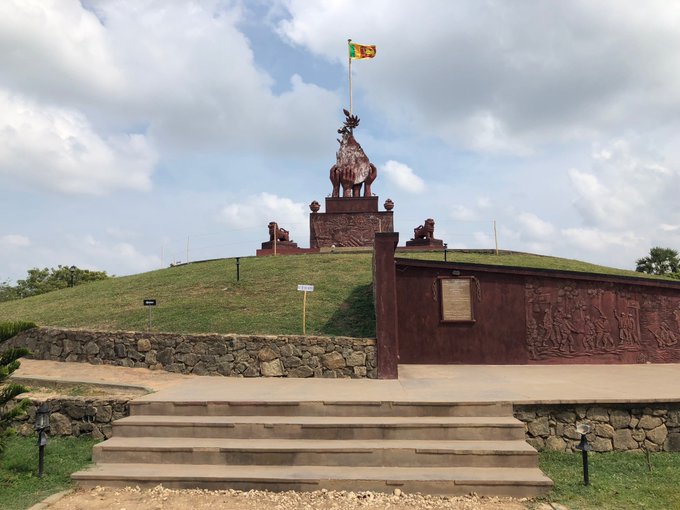
Early on, India provided covert training and support to the Tamil Tigers, in part to deflect tensions from within their own Tamil population in the south.
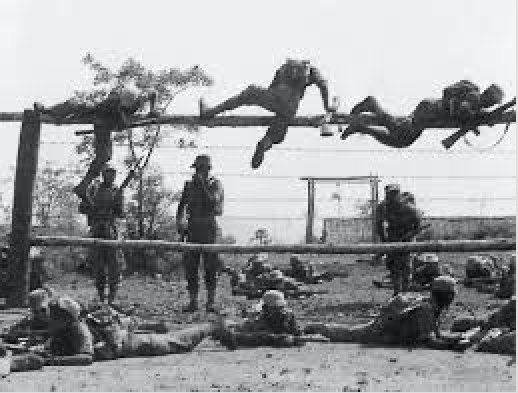
In 1987, India brokered a ceasefire between the Tamil Tigers and the Sri Lankan government, and deployed its own military as a peacekeeping force in northern Sri Lanka.
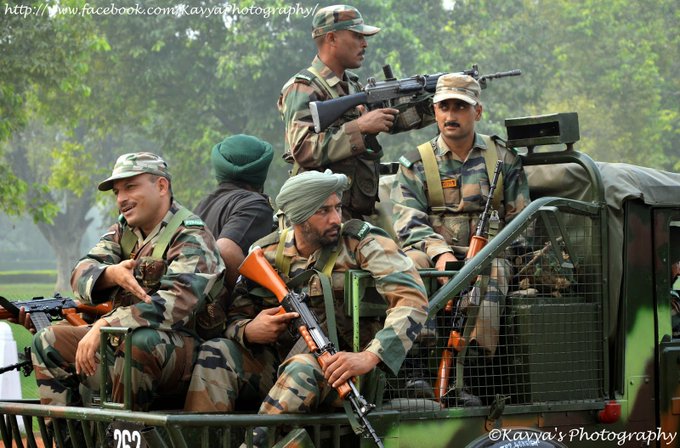
However, relations between the LTTE and the Indians soon broke down, and the Indian “peacekeepers” soon found themselves the new target of Tamil Tiger attacks, bogged down in a brutal insurgency until they finally withdrew in 1990.
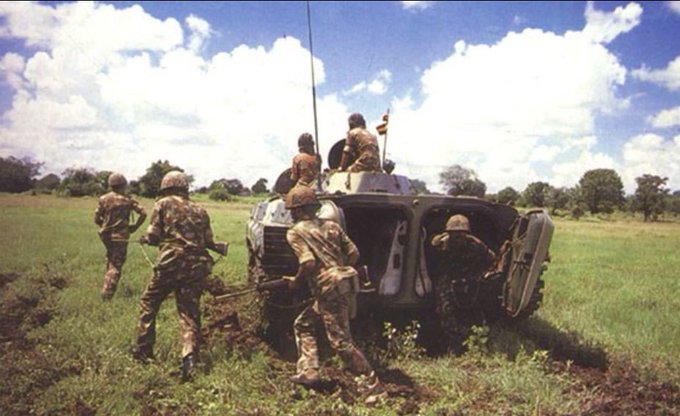
As bloody retaliation, in 1991, former Indian Prime Minsiter Rajiv Gandhi was assassinated by a female suicide bomber sent by the Tamil Tigers to one of his campaign rallies.
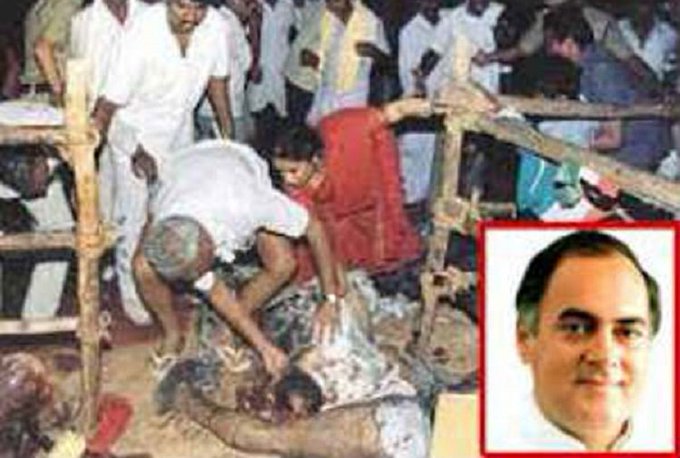
The Sri Lankan government’s struggle got a big boost after 9/11, which prompted the US and many of its allies to designate the Tamil Tigers as a terrorist organization, a move that cut off much of their funding from abroad.
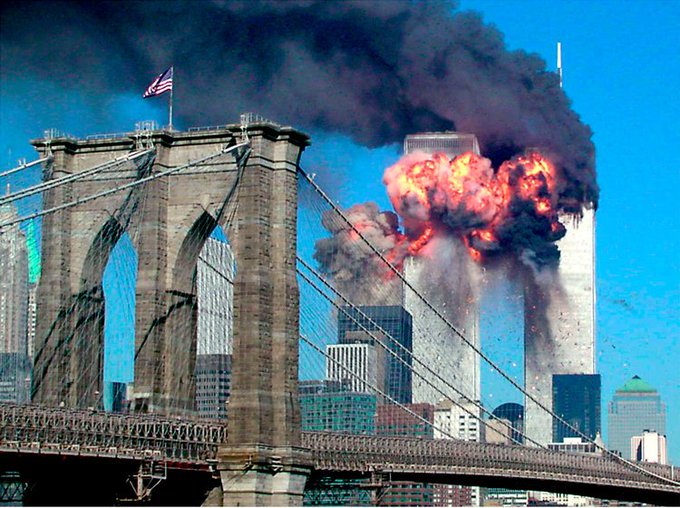
Forced to the bargaining table, both sides agreed to a ceasefire in 2002, and engaged in talks intended to end the conflict.
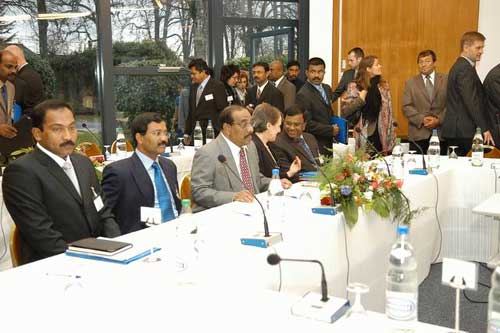
In 2008, however, Sri Lanka’s Prime Minister Mahinda Rajapaksa (right) decided to quit the peace process and launch a final all-out offensive to defeat the Tamil Tigers on the battlefield, with the help of his brother Defense Minister Gotabhaya Rajapaksa (left).
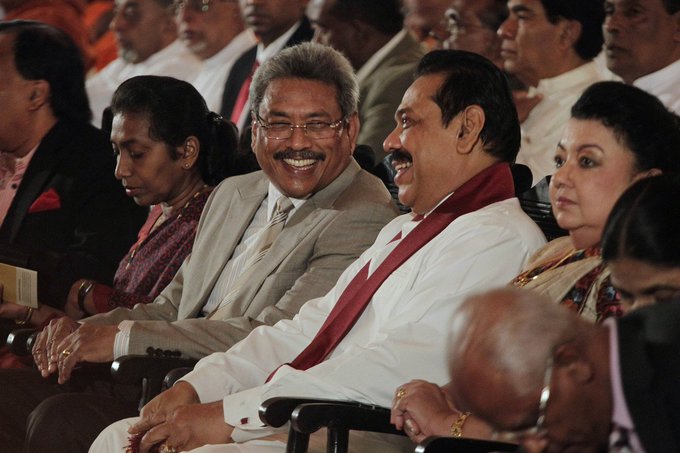
The Sri Lankan army’s offensive pushed the Tamil Tigers into a shrinking pocket on the island’s northeast coast.
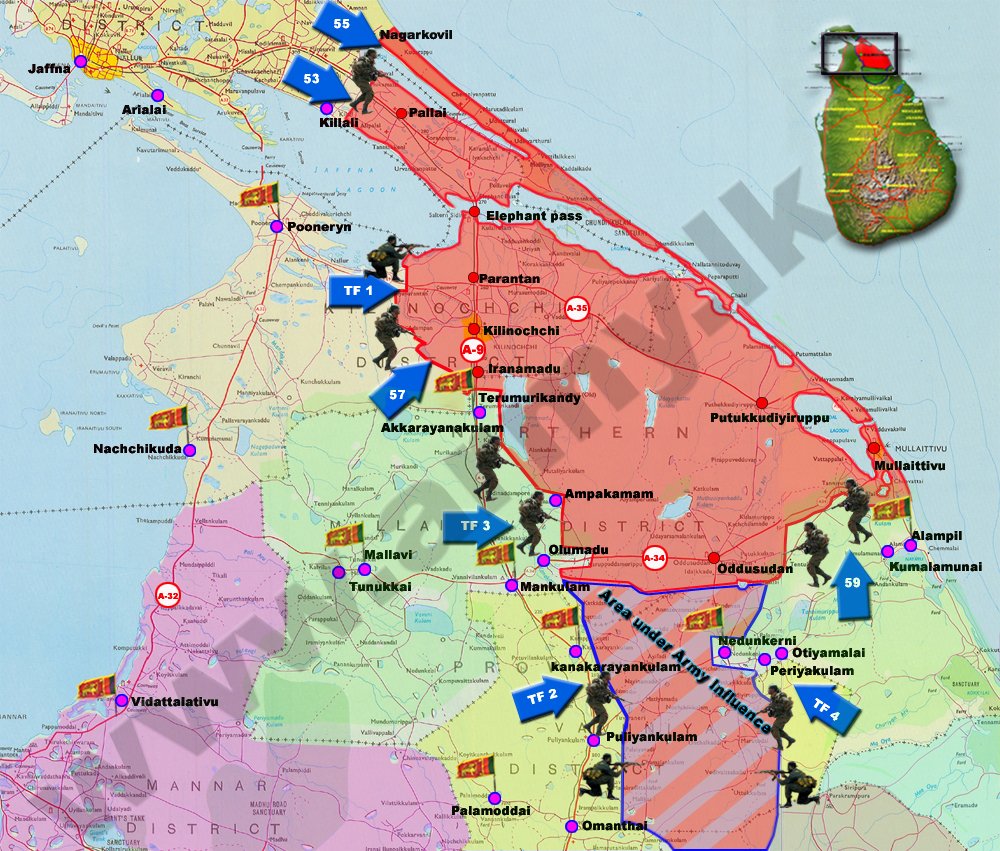
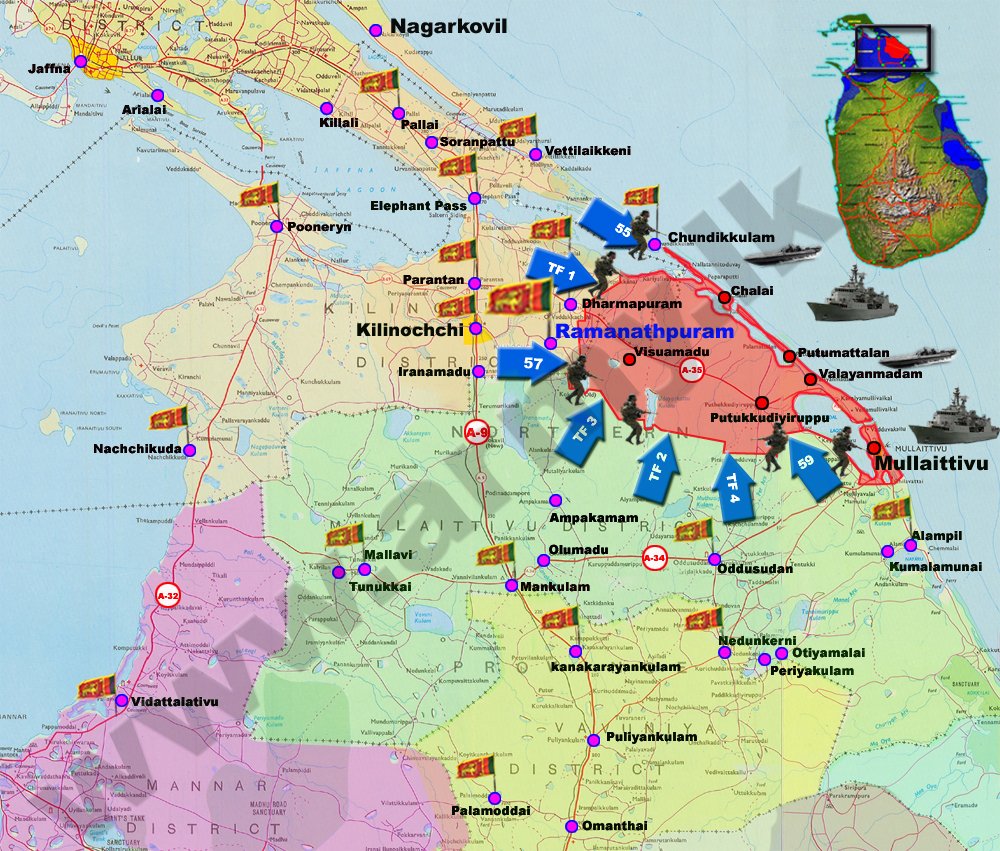
This somber monument in the center of town celebrates the army’s capture of the LTTE’s capital of Kilinochchi.
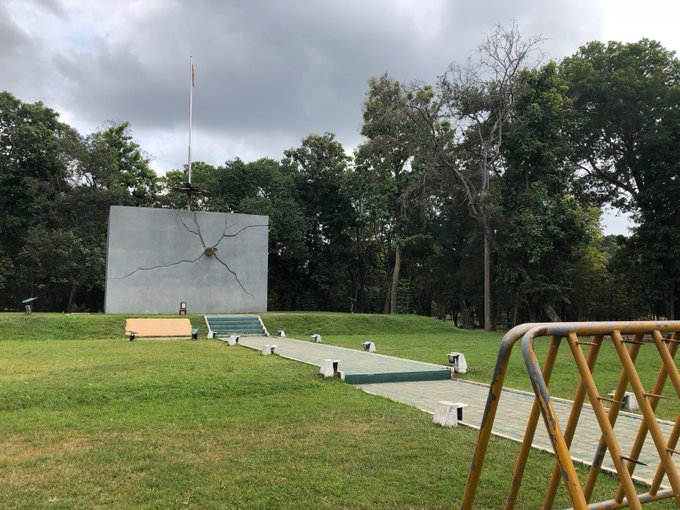
As the Tamil Tigers pulled back into a smaller and smaller perimeter, thousands of Tamil civilians followed, either as refugees fleeing the army, or as involuntary human shields.
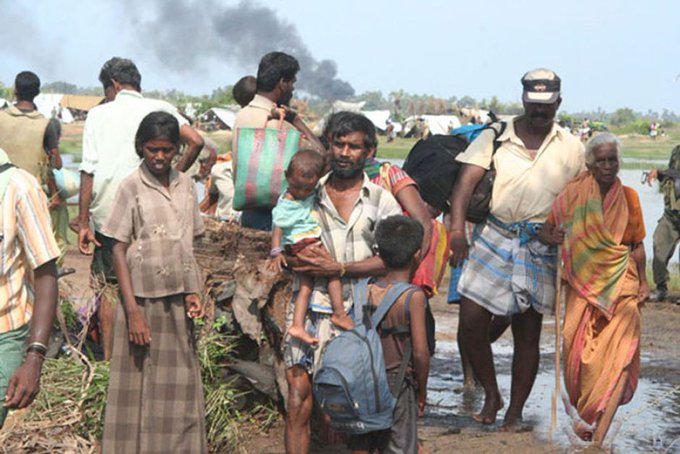
inally, the Tamil fighters and refugees were corralled into a thin strip of land between the sea and lagoon near Mullaitivu, where they were shelled relentlessly by artillery.
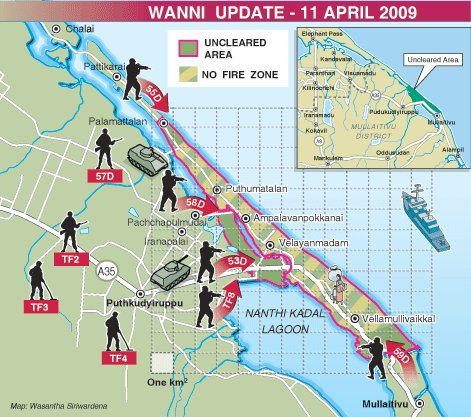
hen on May 19, 2009, the news broke that the Tamil Tiger leader, Velupillai Prabhakaran, had been killed on a beach in the combat zone. Sri Lanka’s long and vicious civil war was over, ending in total Tamil defeat.
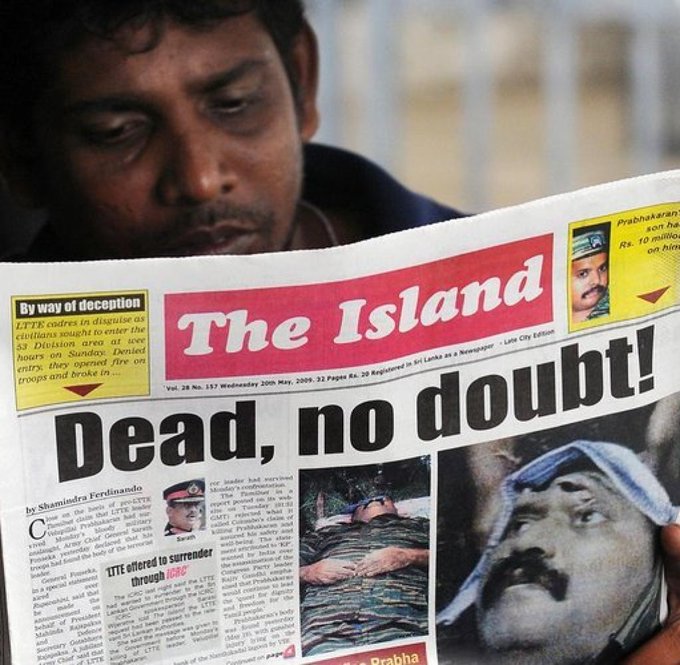
The country erupted in celebrated, but the reaction overseas – in light of the horrific civilian casualties in the final offensive – was far more subdued.
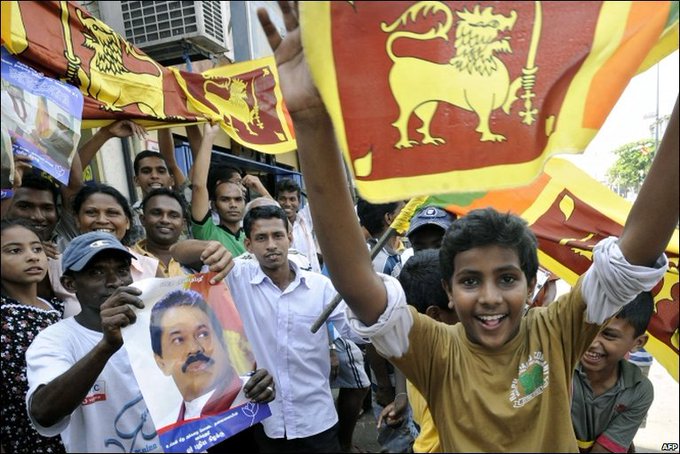
The watery landscape around Mullaitivu gives little sign today of the fierce battle and terrible destruction that raged here nearly 10 years ago.
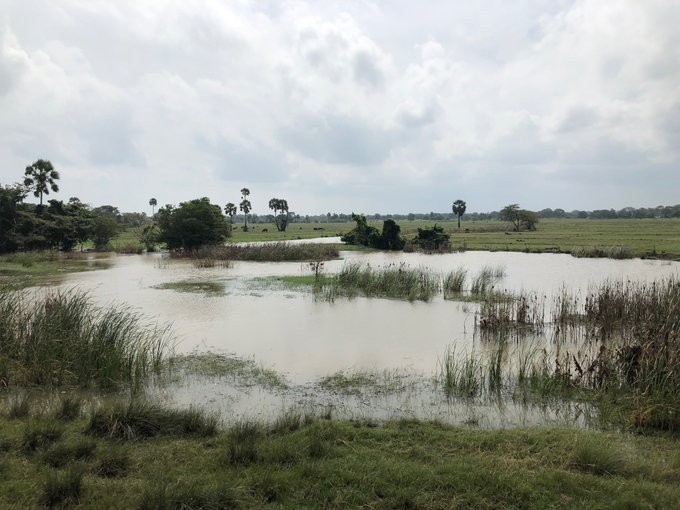
A ruined bridge on the main road just outside of town offers only a clue that this was once a battlefield.
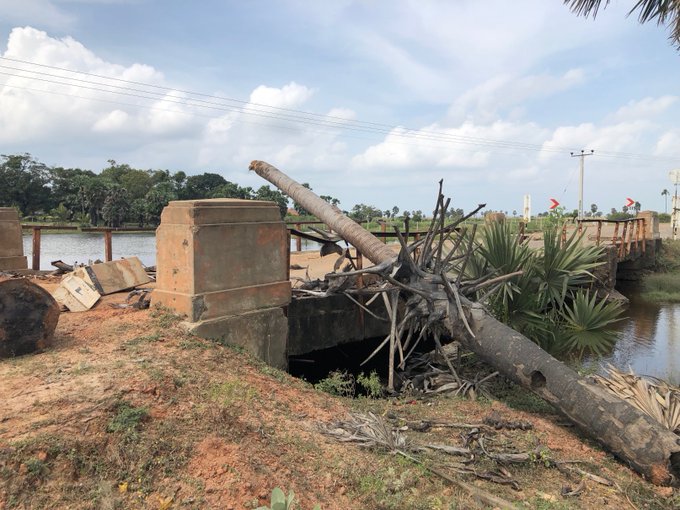
Across the lagoon, a Hindu Tamil temple is being built – or rebuilt. In fact, nearly all of the temples and churches I saw in the area were brand new, after their predecessors were presumably destroyed in the fighting.
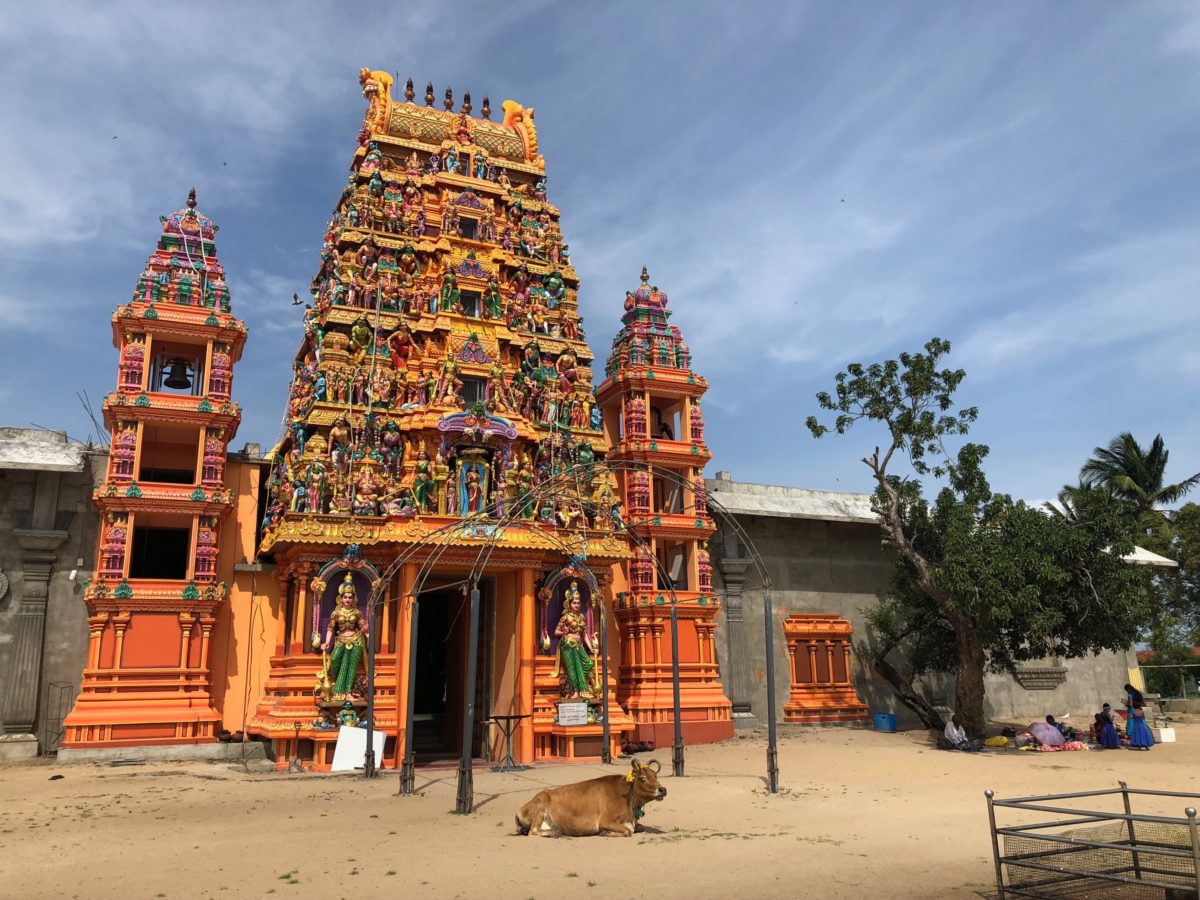
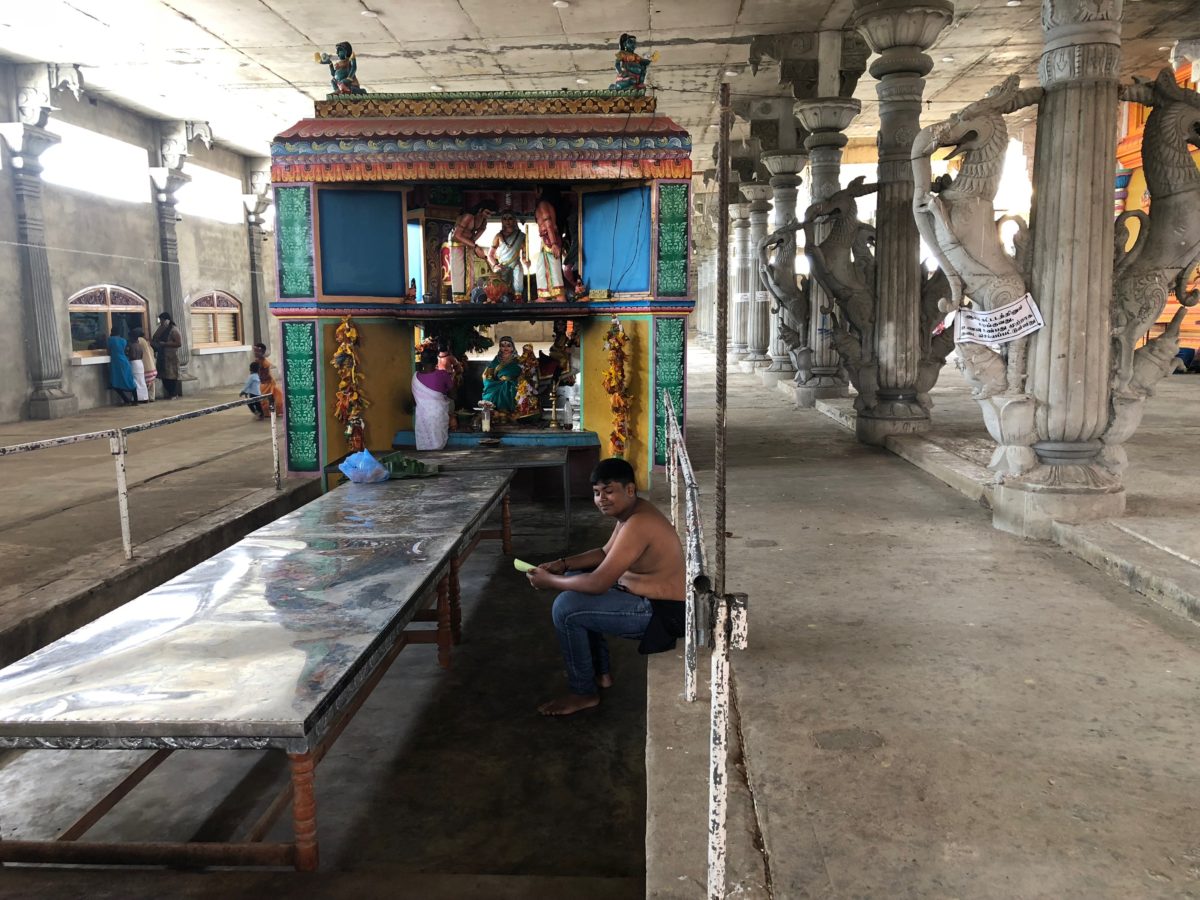
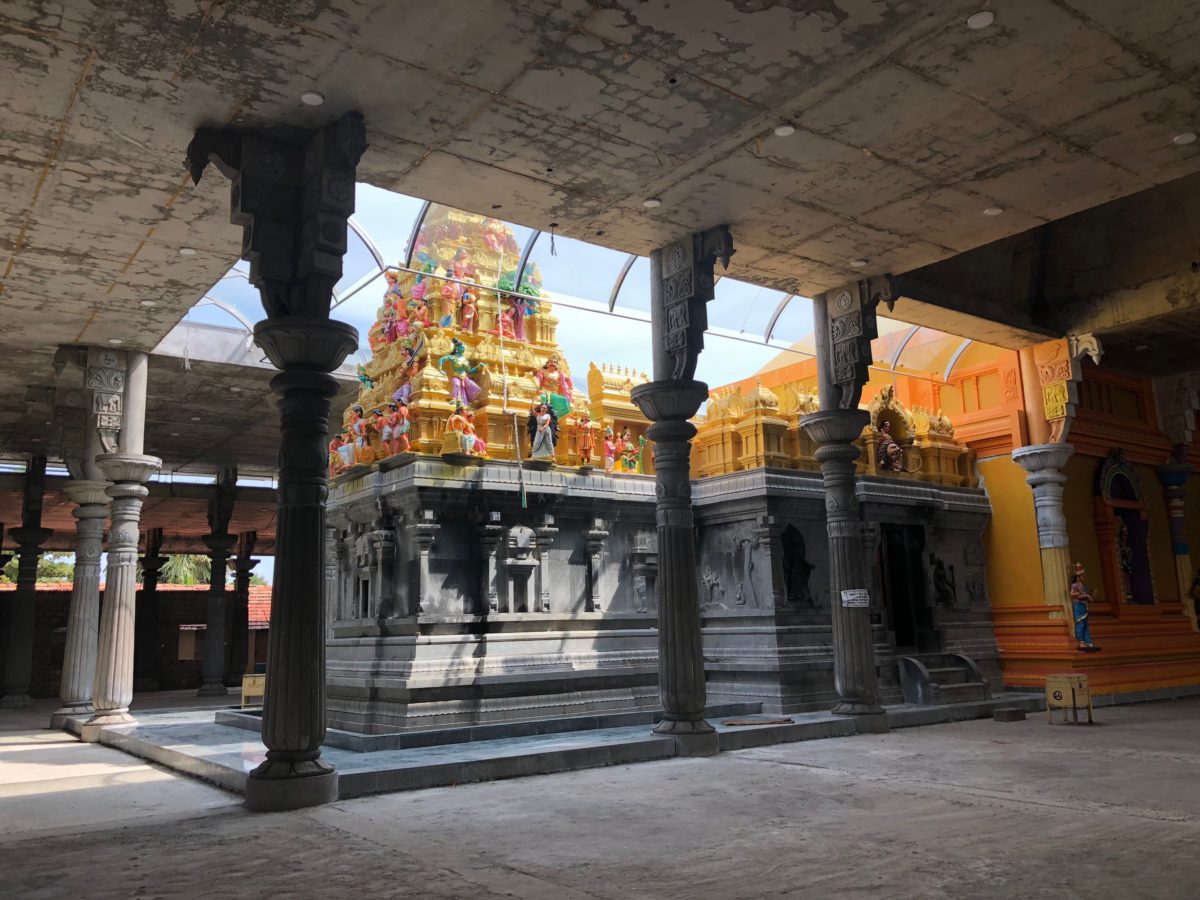
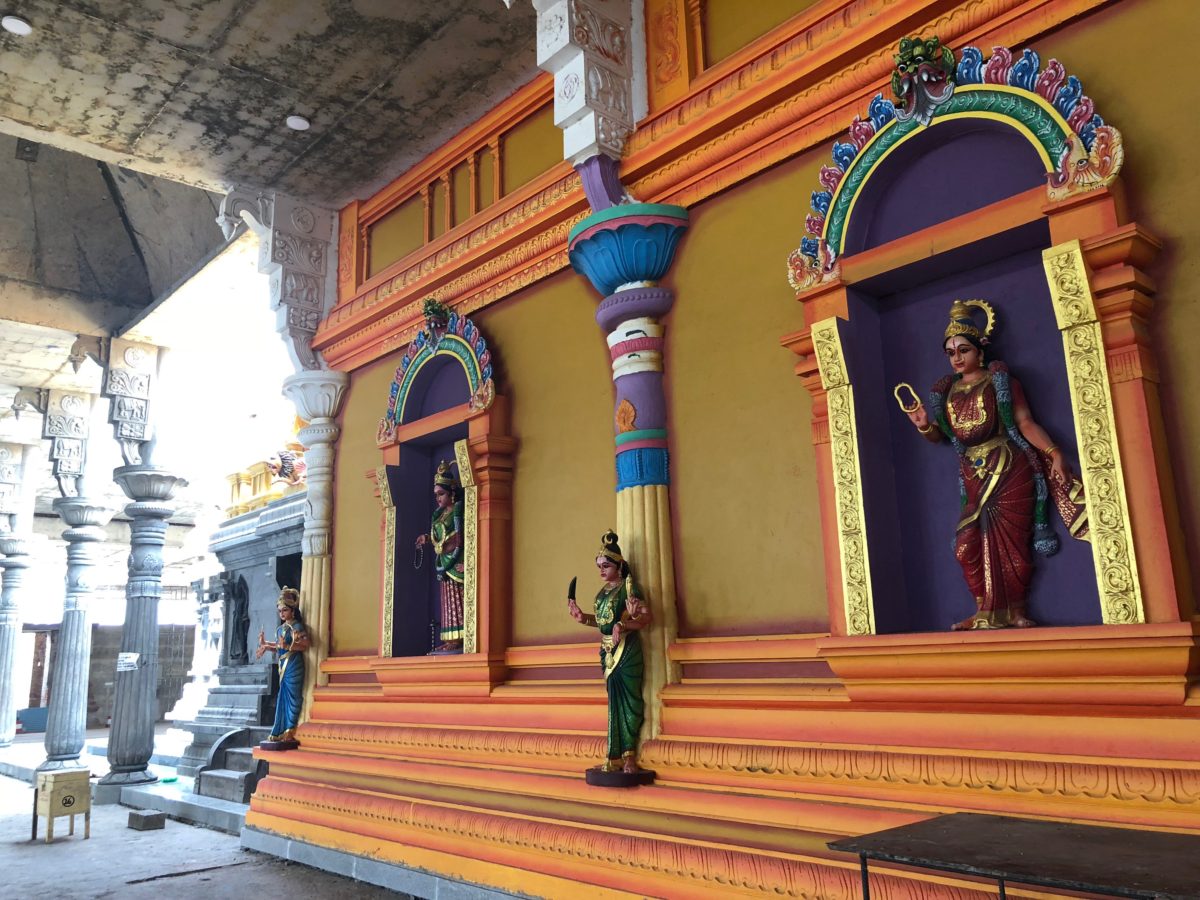
Along the beach, a new church was under construction.
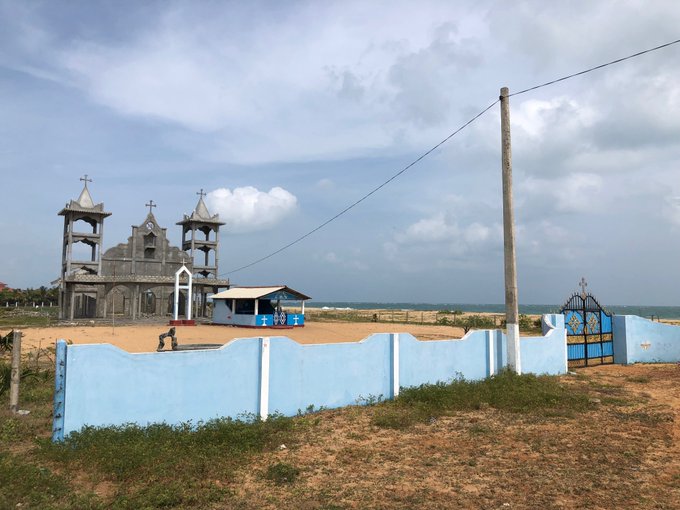
Near “Kavil (Temple) Junction”, I turned off to visit the Sea Tiger shipyard, where I read that rebel submarines and speedboats were on display. But the entrance is now barricaded off with barbed wire, and a soldier told me it was closed.
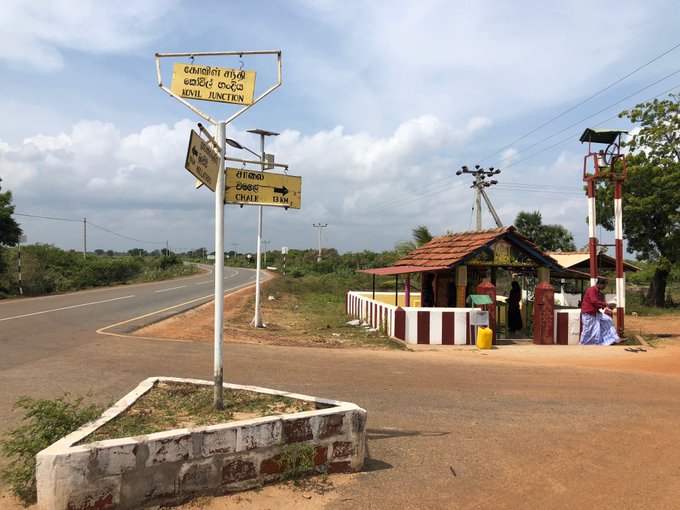
My efforts to reach another relic, the Sea Tiger training pool, ended in defeat when the pot-holed road bled off into an impassable dirt trail, next to this tree full of gorgeous white birds.
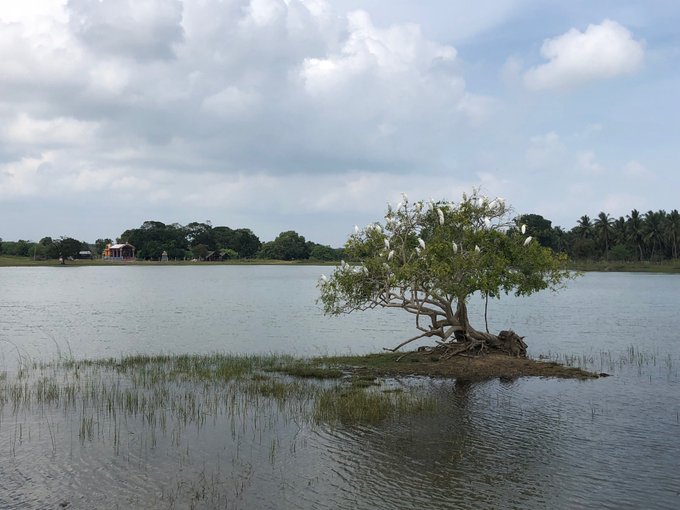
The area still has a heavy military presence. Every few miles I seemed to pass another army base, though for the most part I didn’t feel photo-taking would be welcome.
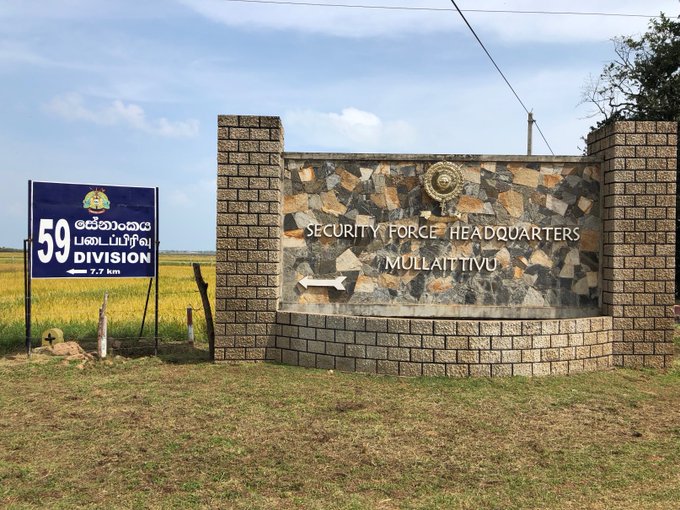
Soldiers in a roadside guard post eyed me warily as I got out and took a photo of the “victory monument” in a lotus-filled lake outside Puthukkudiyiruppu.
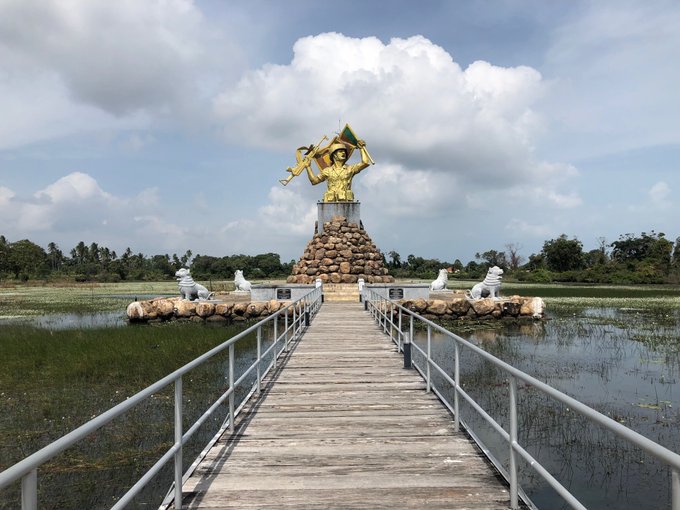
The people in the northern Tamil areas I visited in Sri Lanka seemed welcoming and unused to visitors, and eager to move on with building new lives.
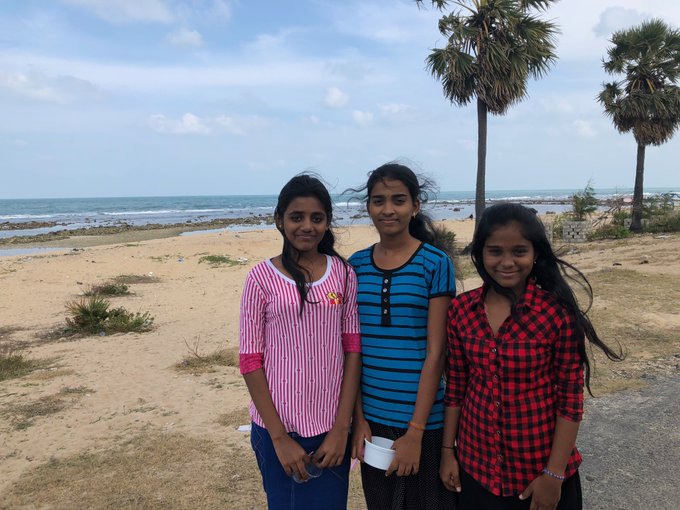
he last decade of peace has been good to Sri Lanka. In 2016, the World Health Organization certified that the country had completely eradicated malaria – a remarkable achievement.
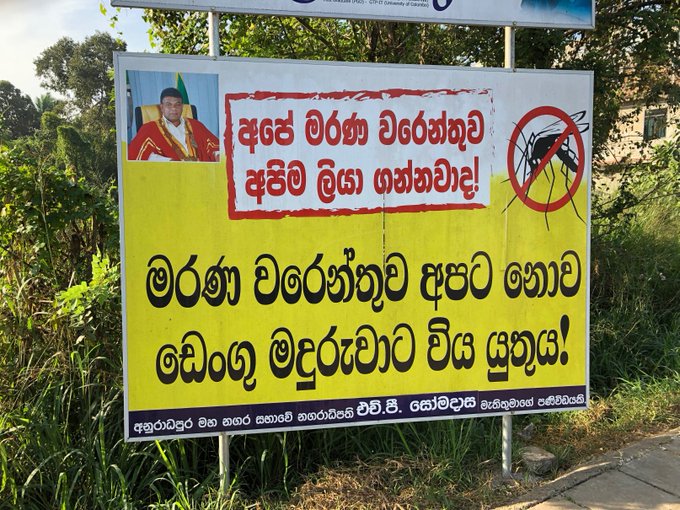
And this year (2019), Lonely Planet has chosen Sri Lanka as its top destination for travel.
Leave a Reply